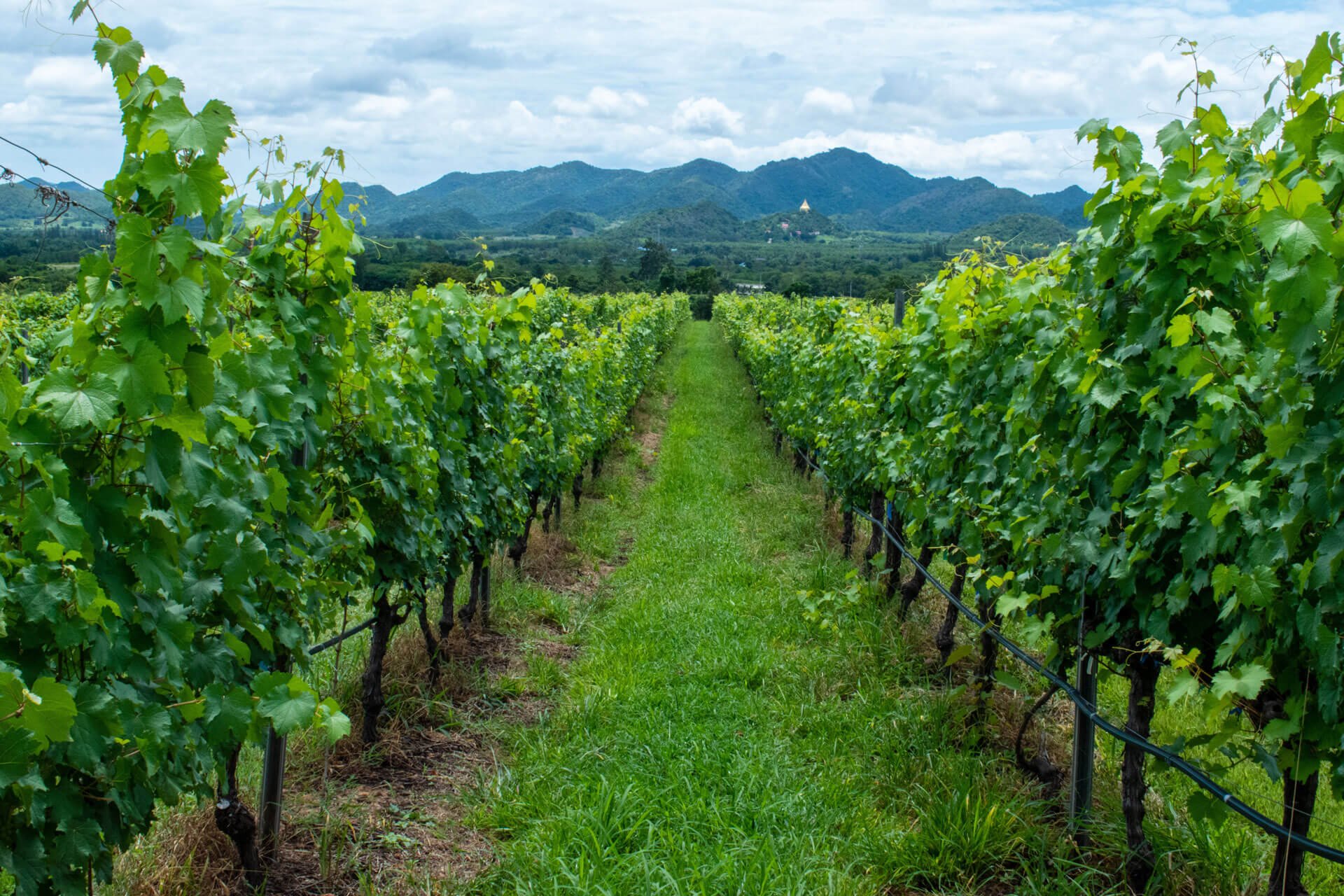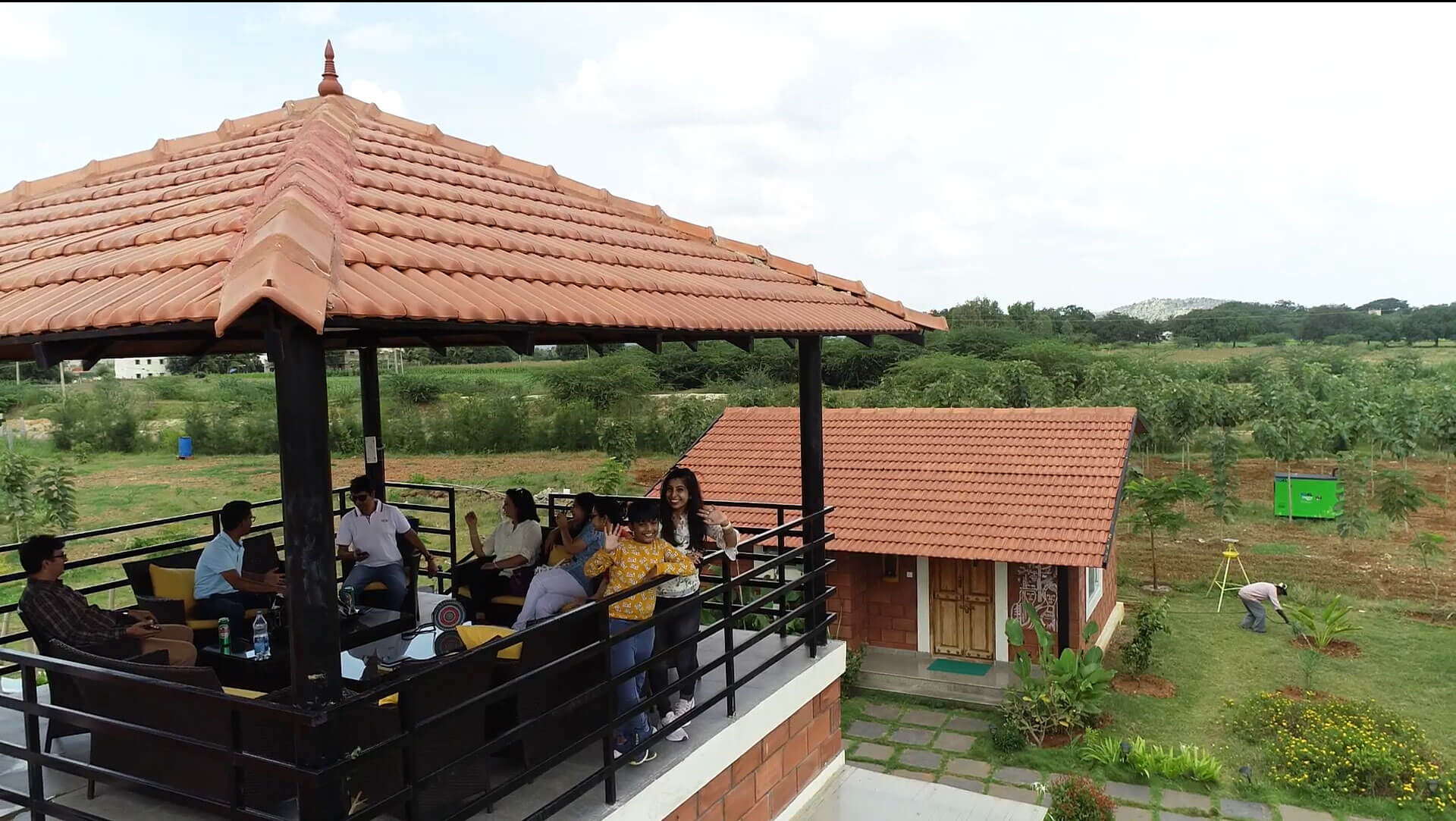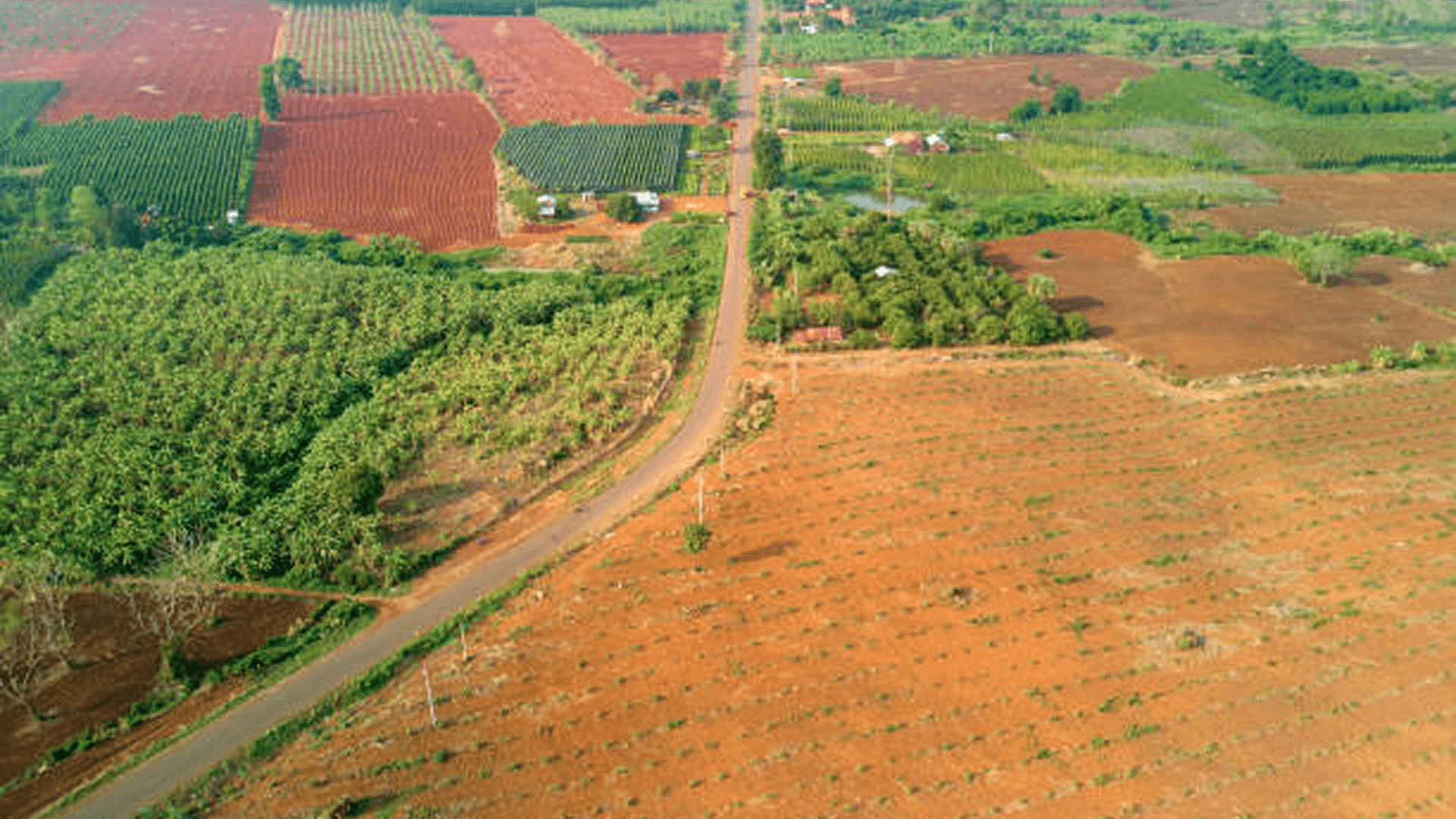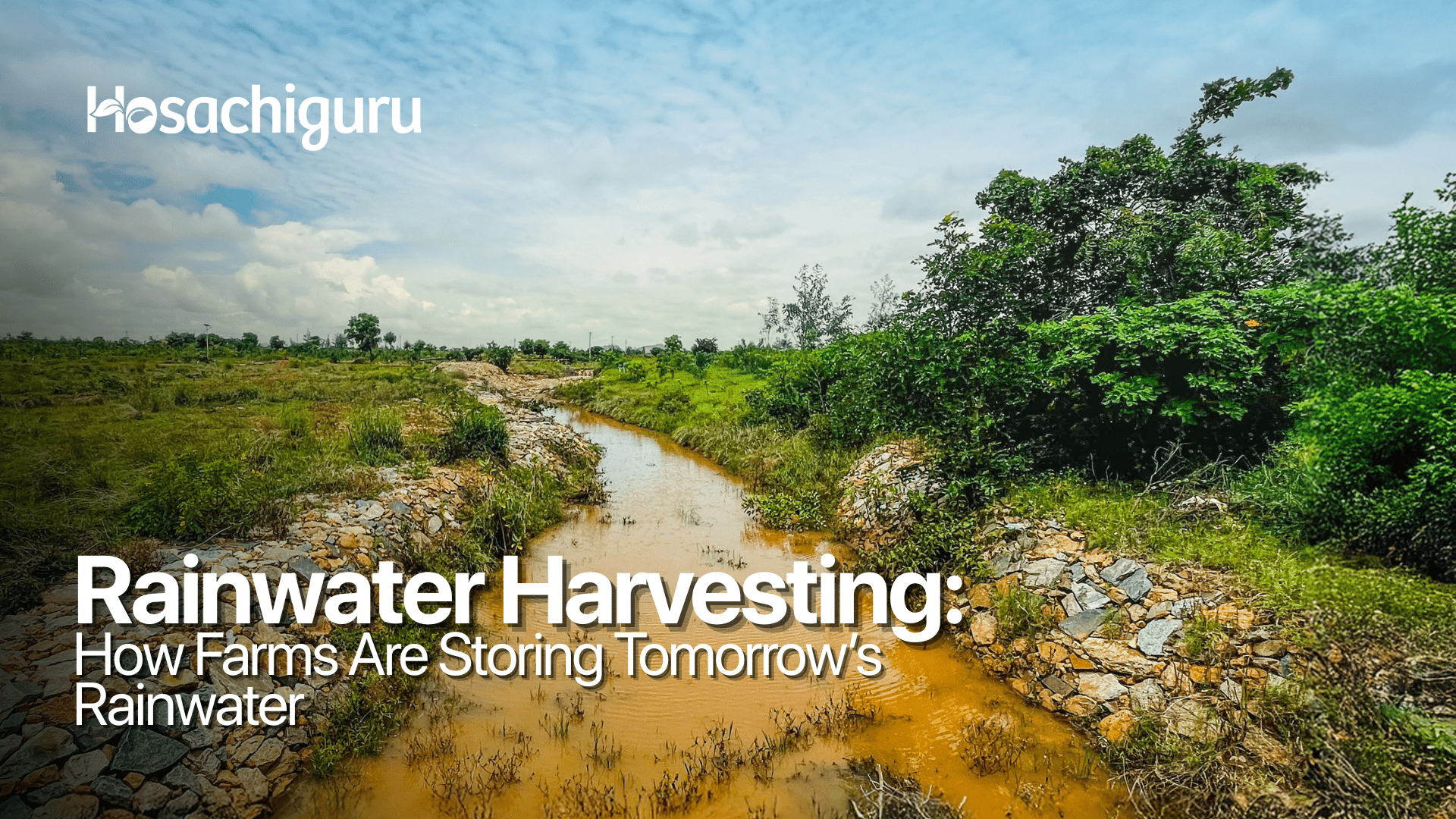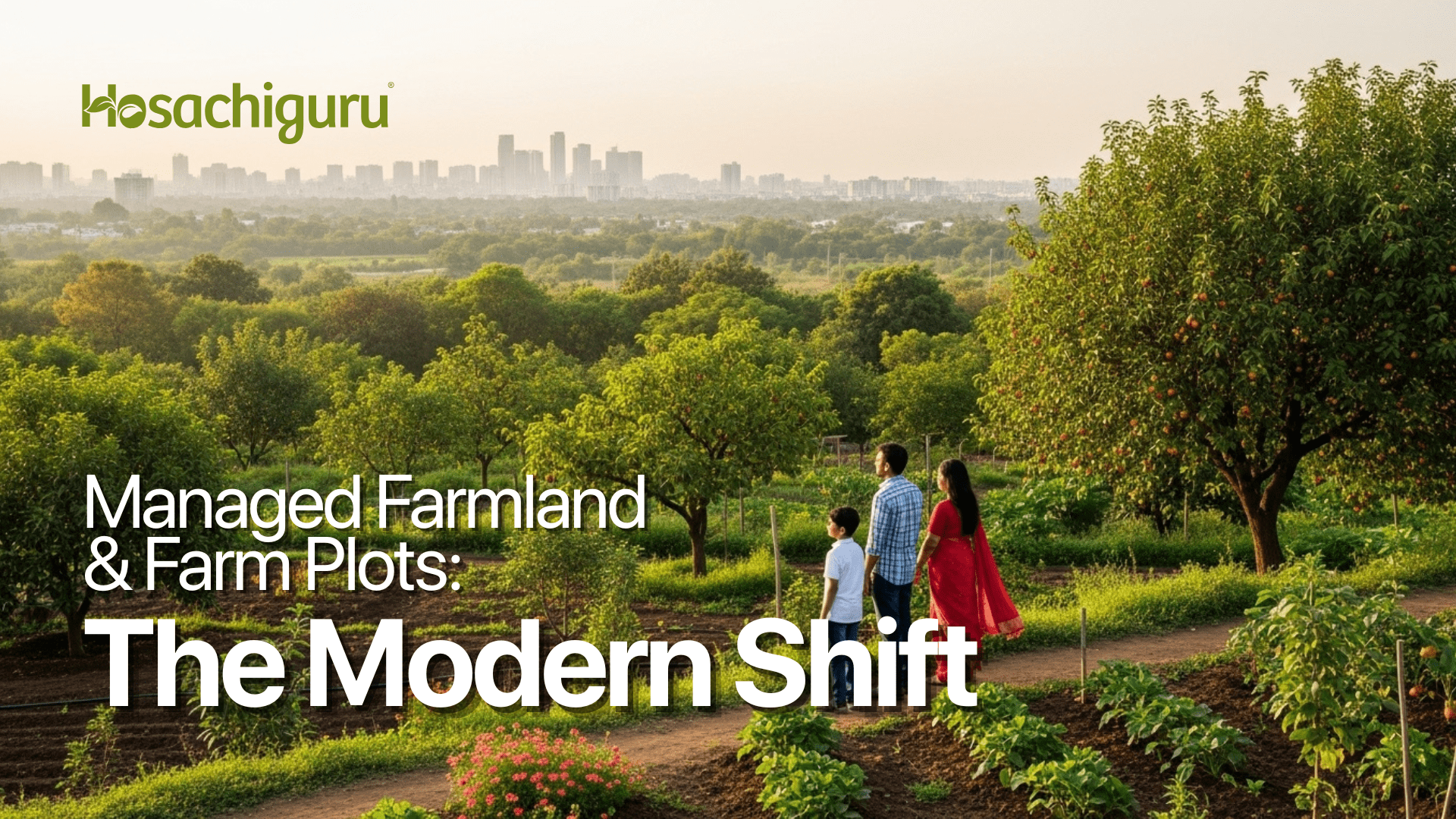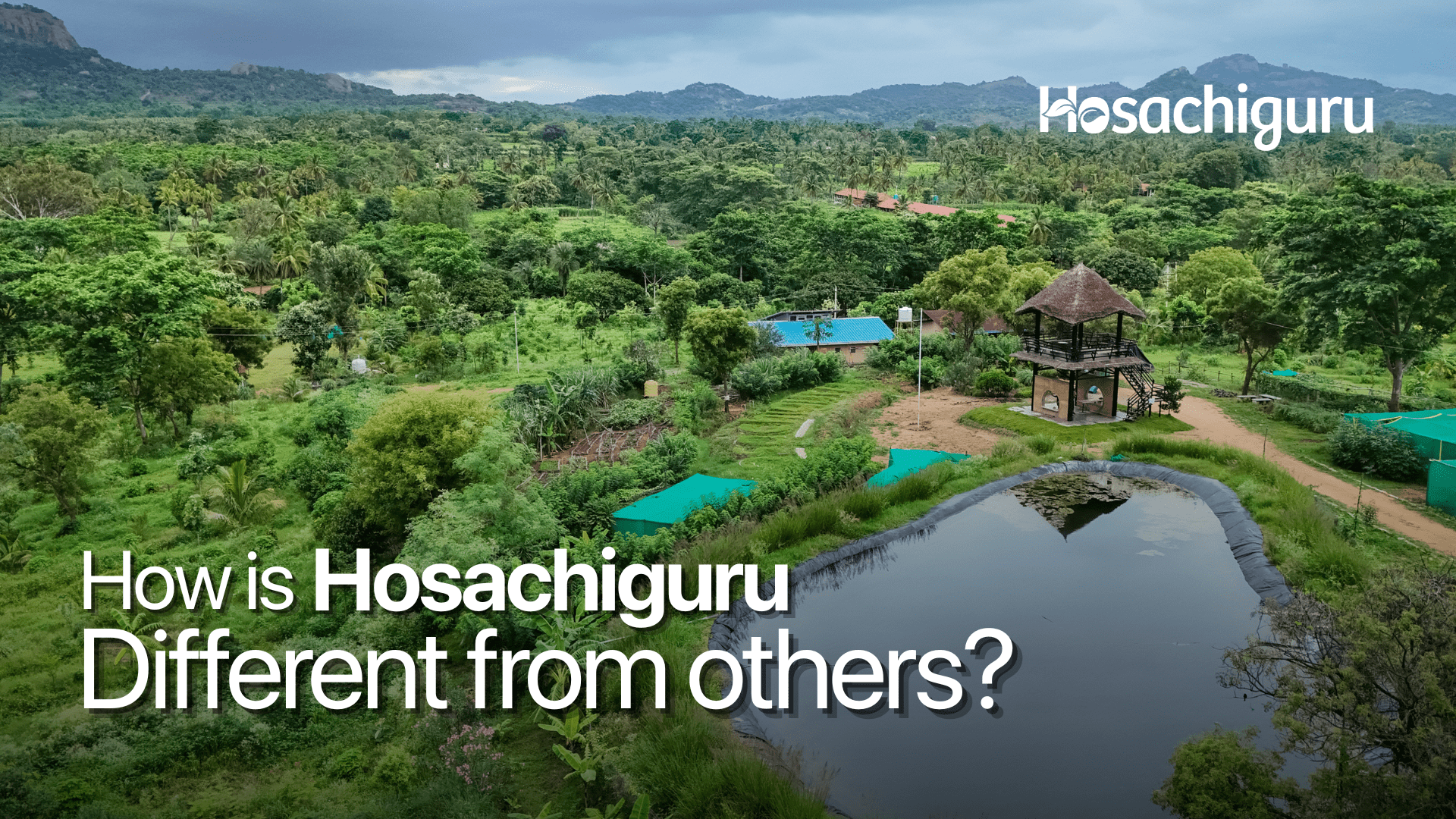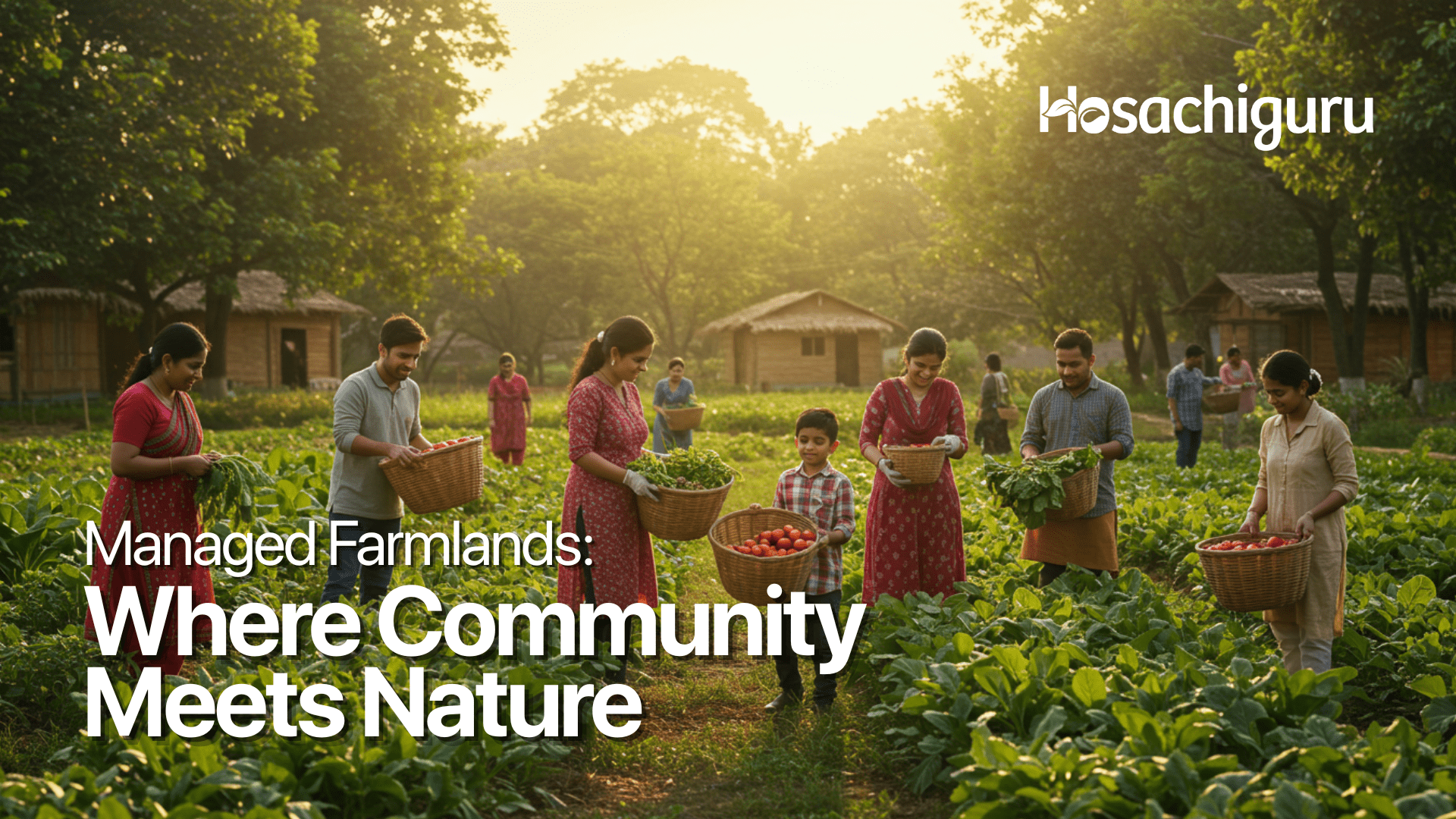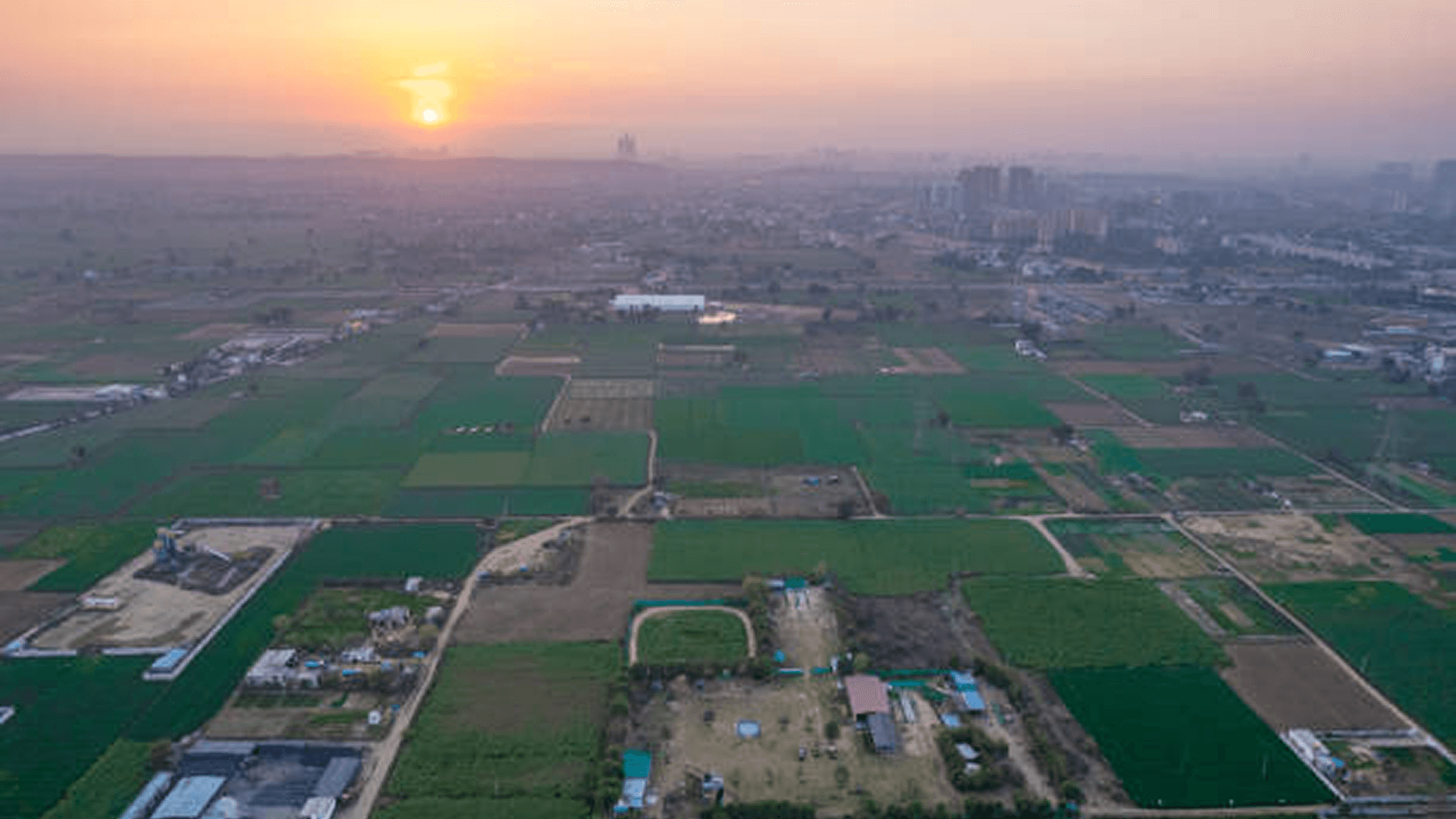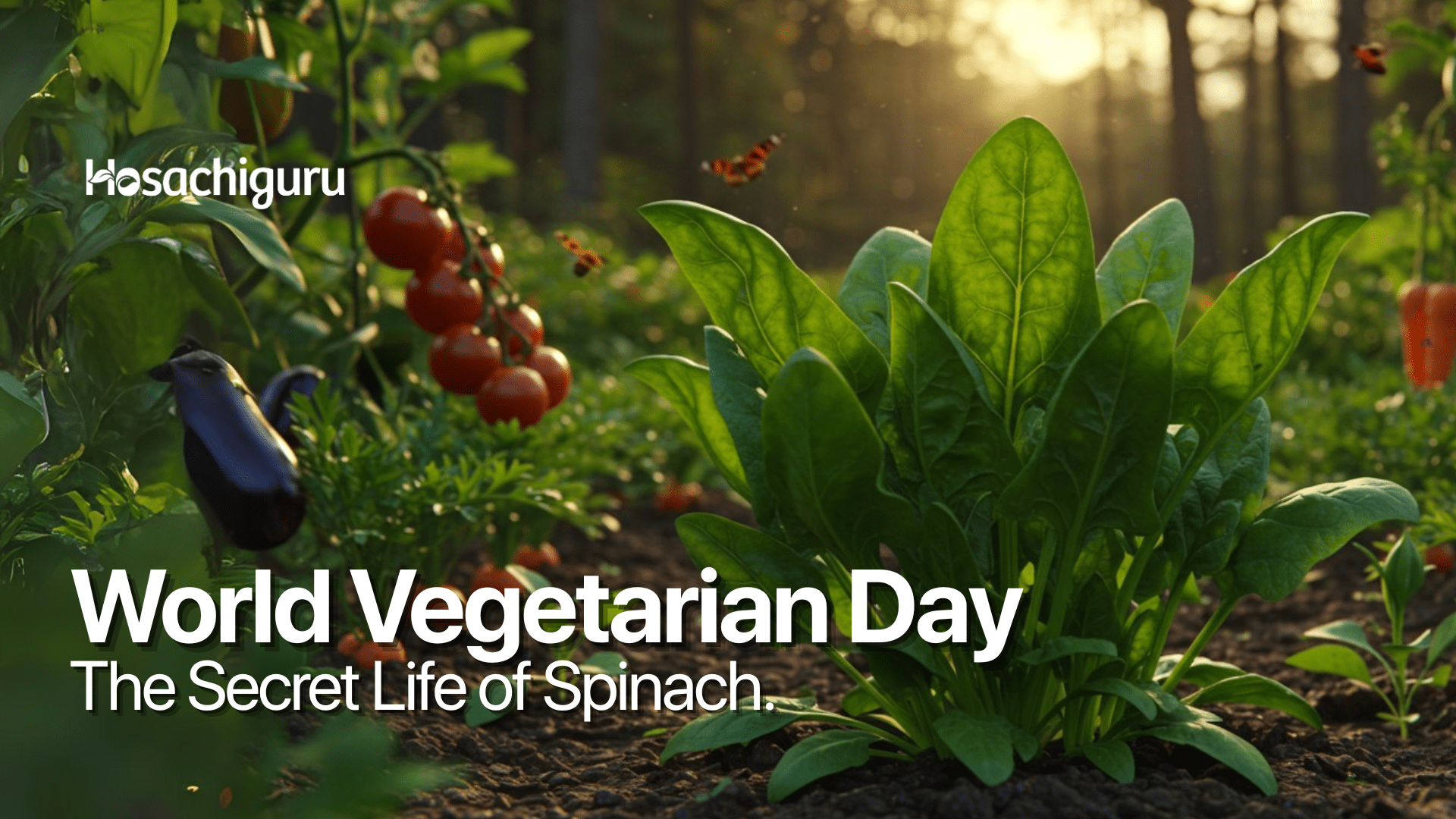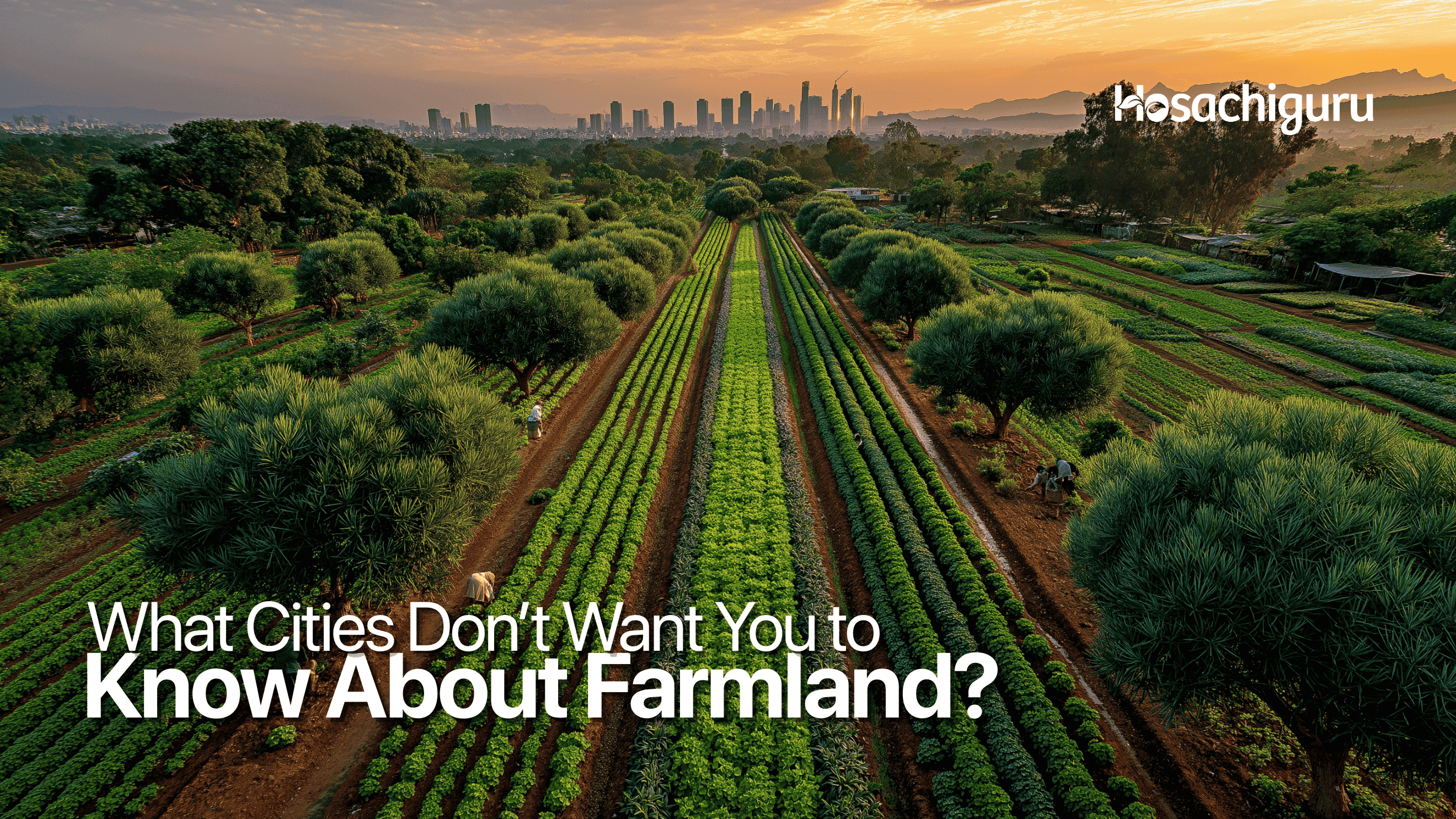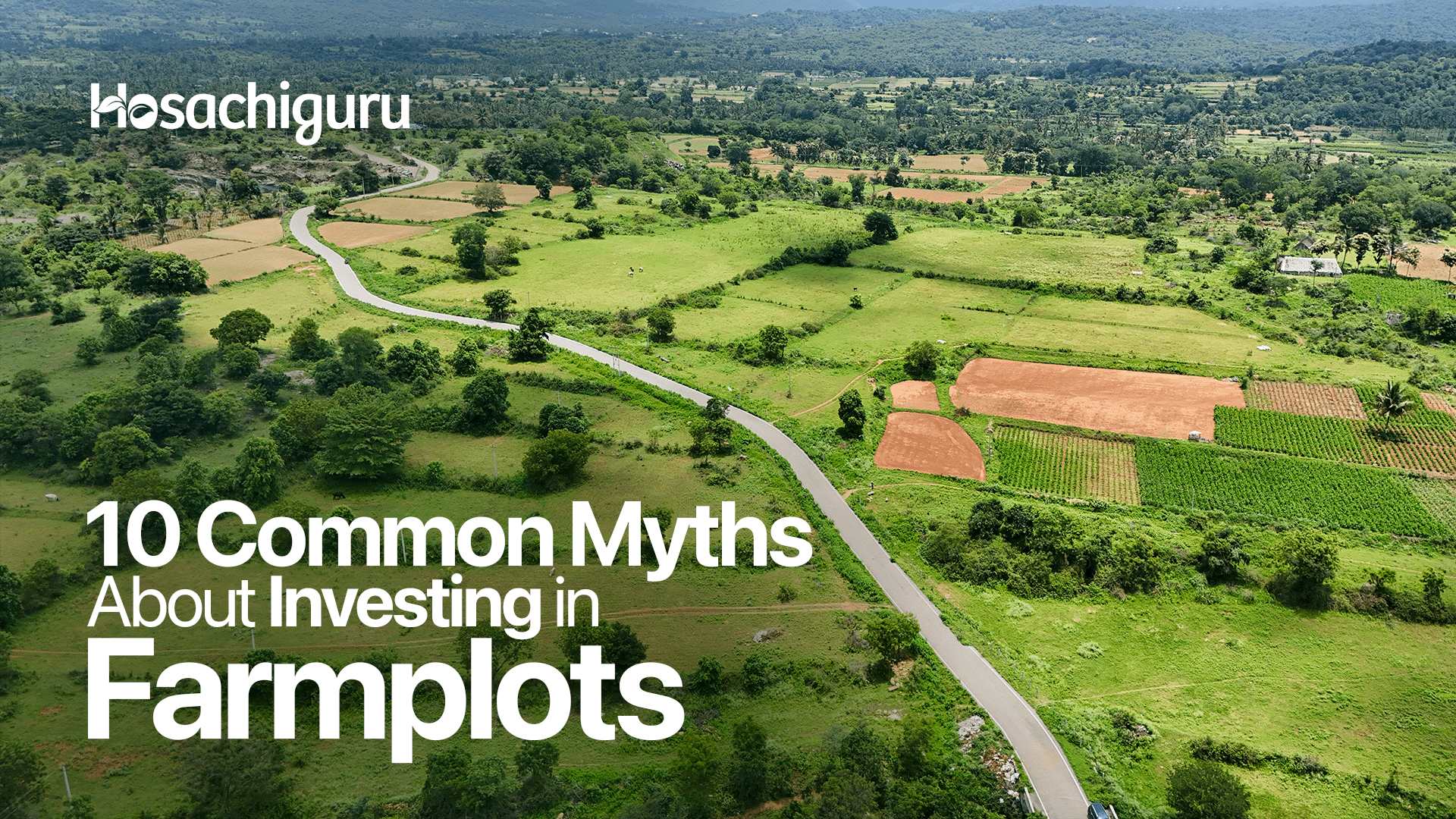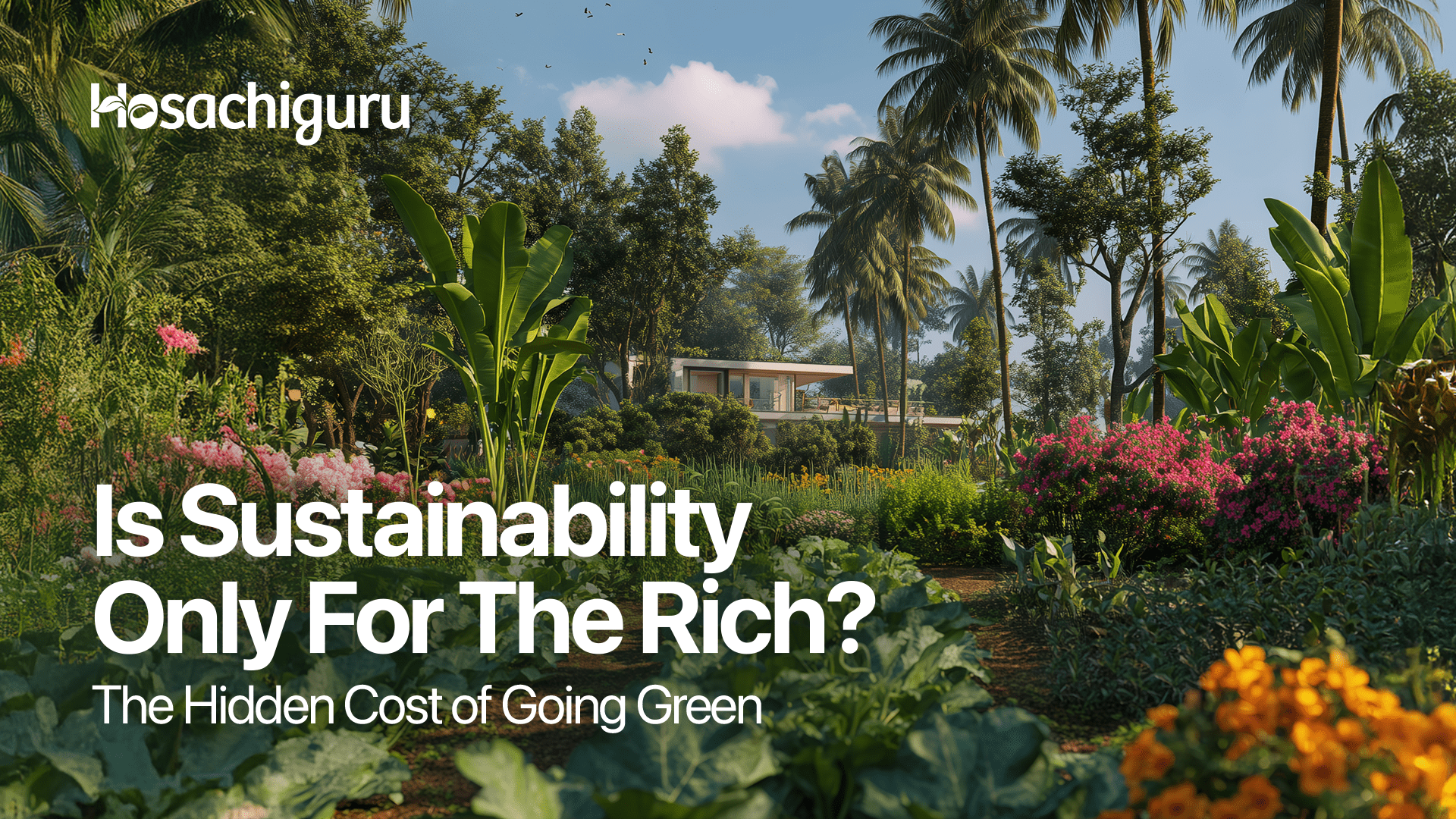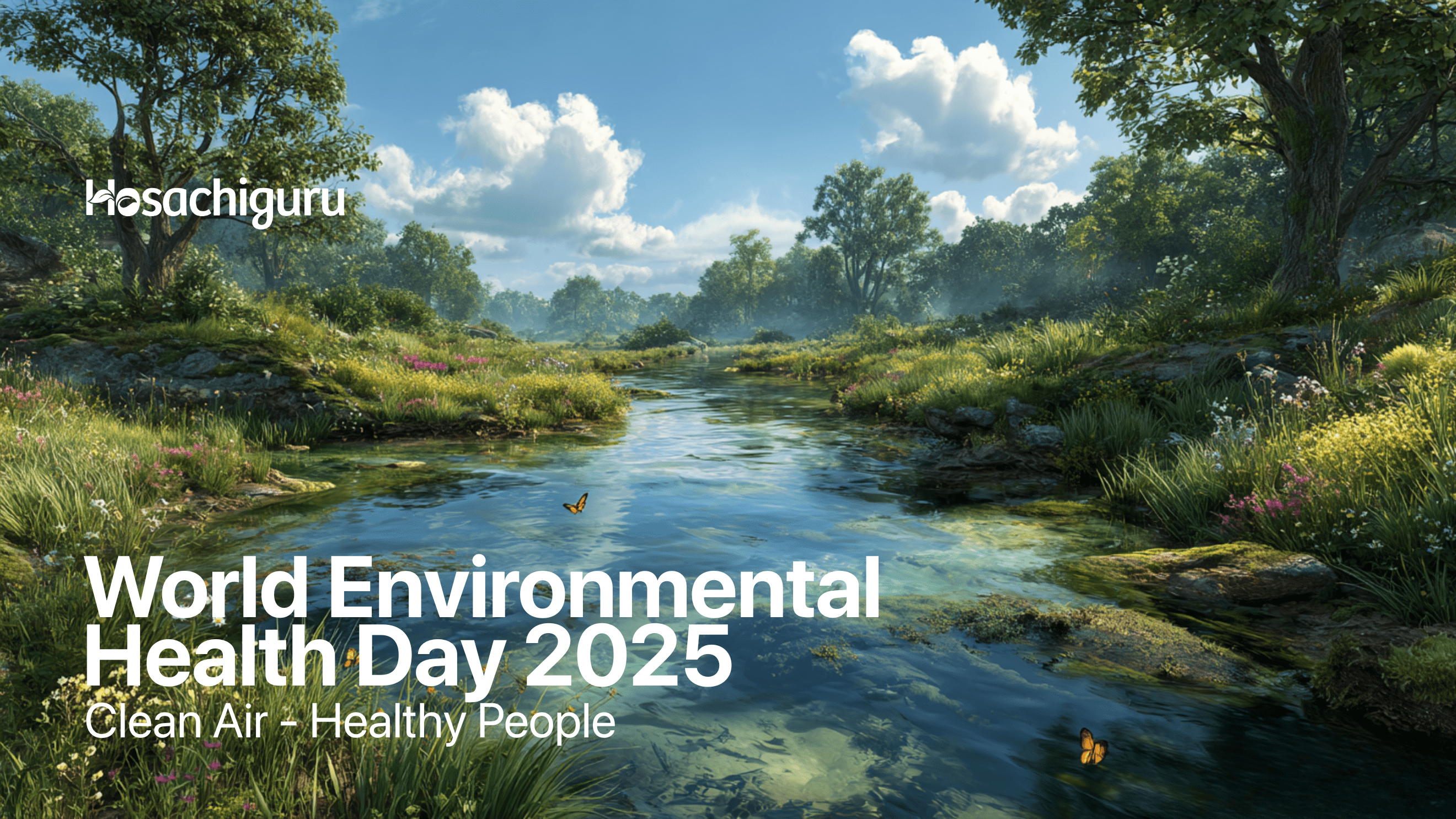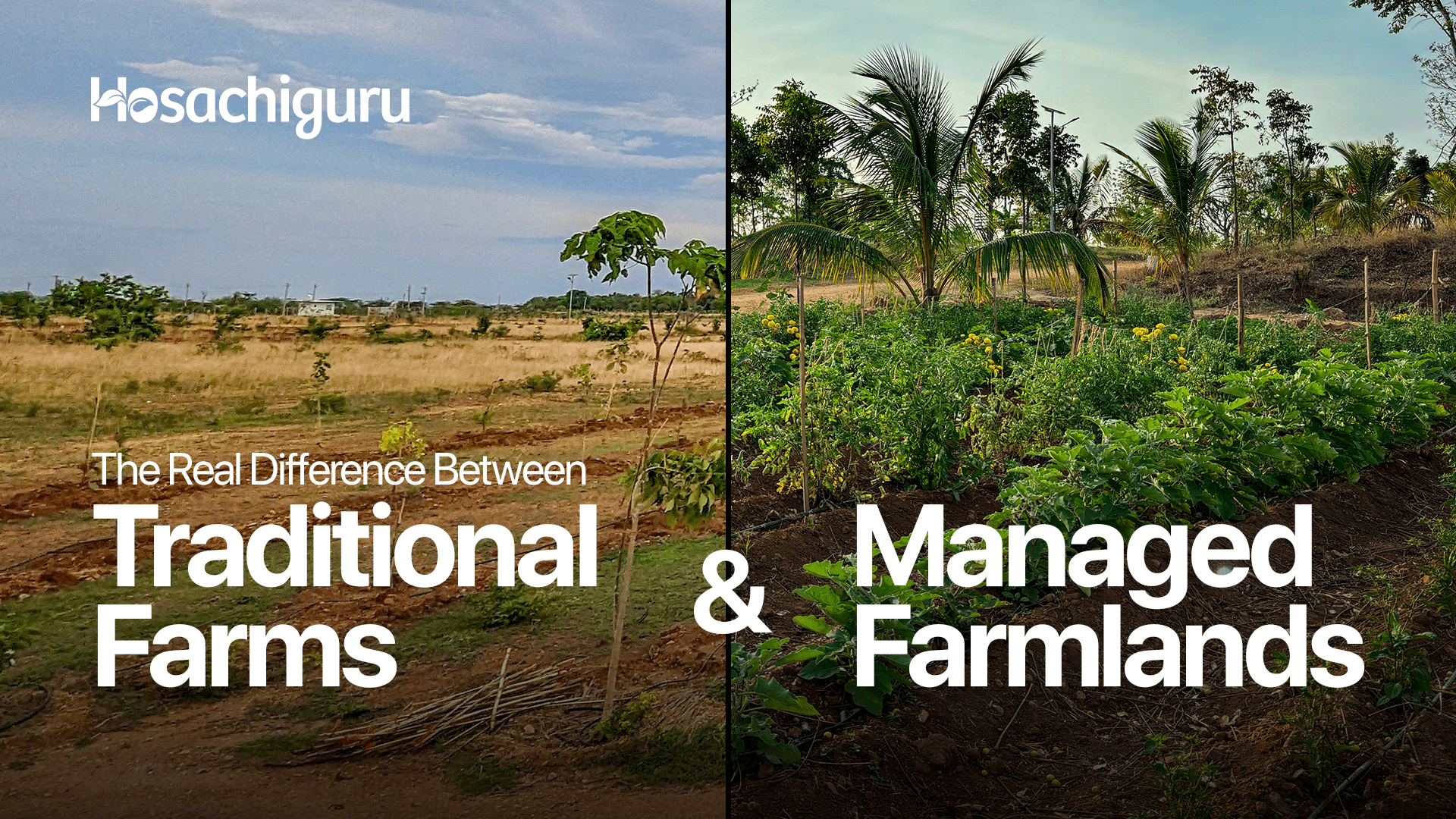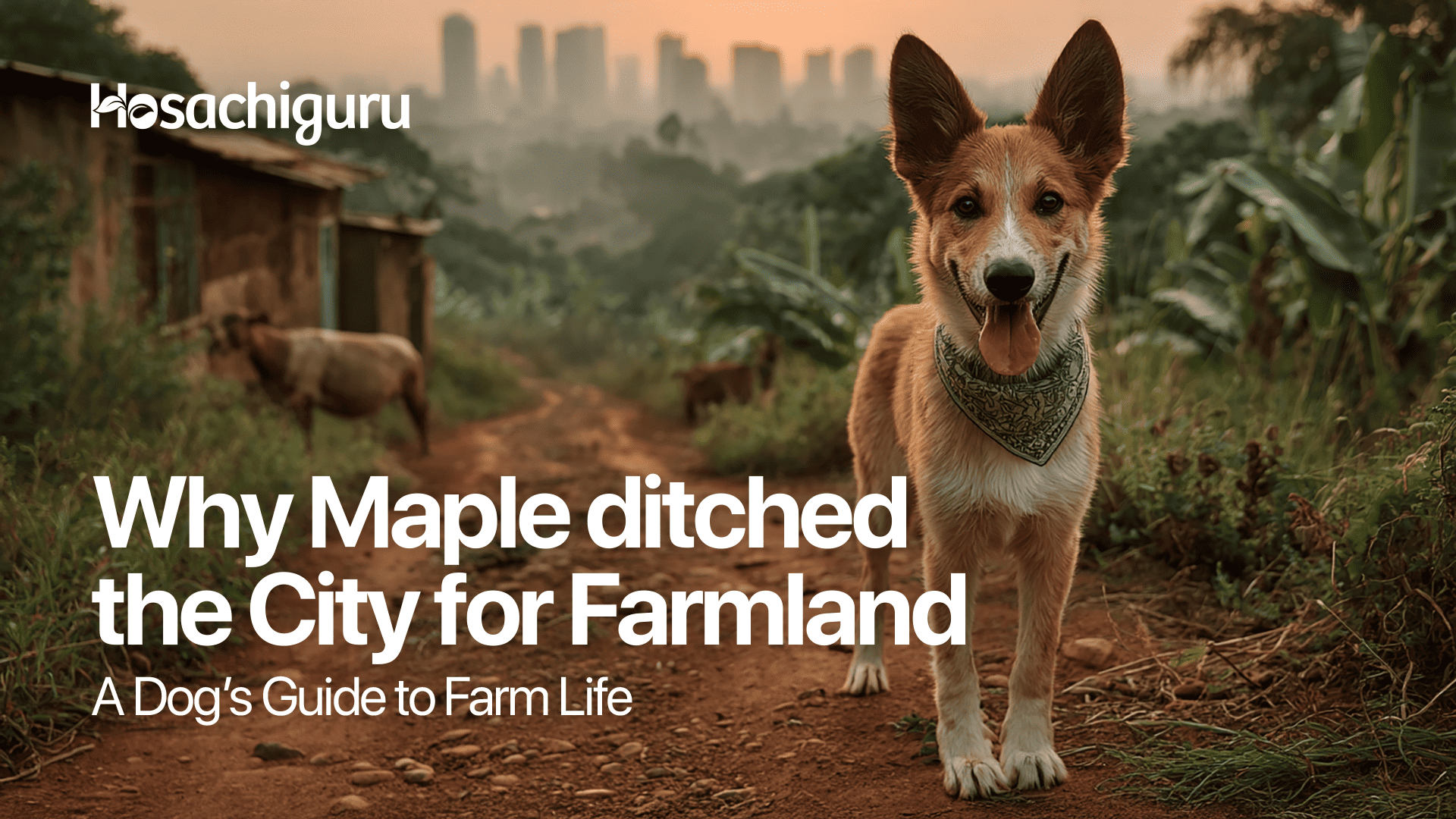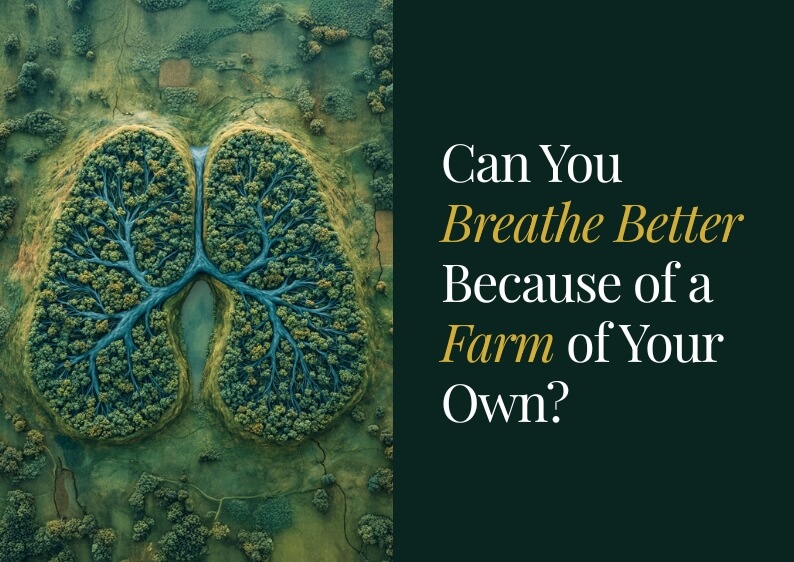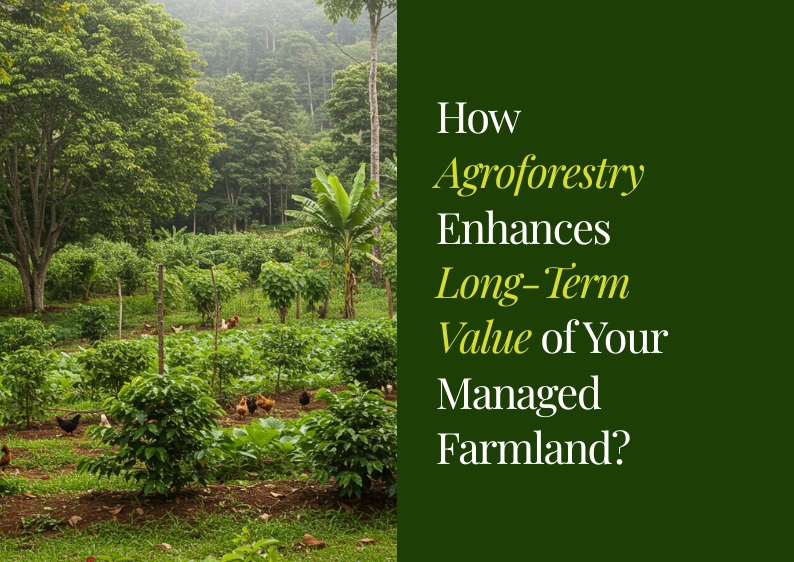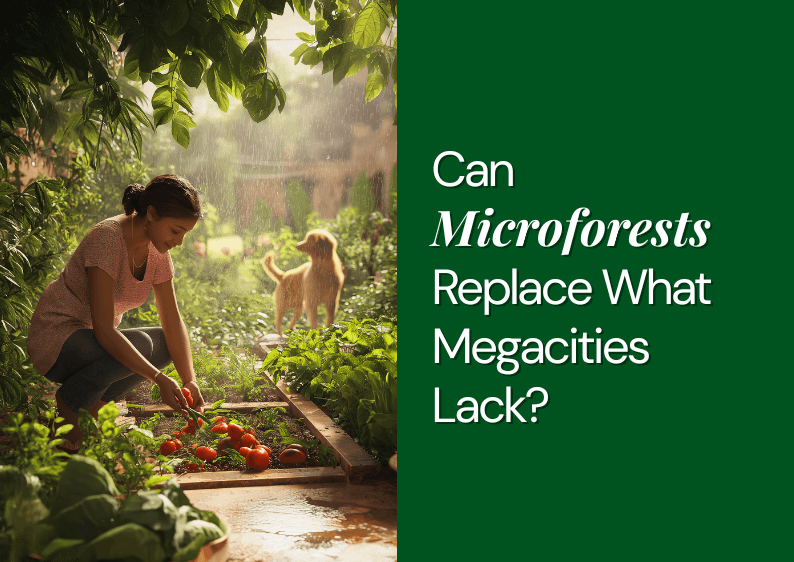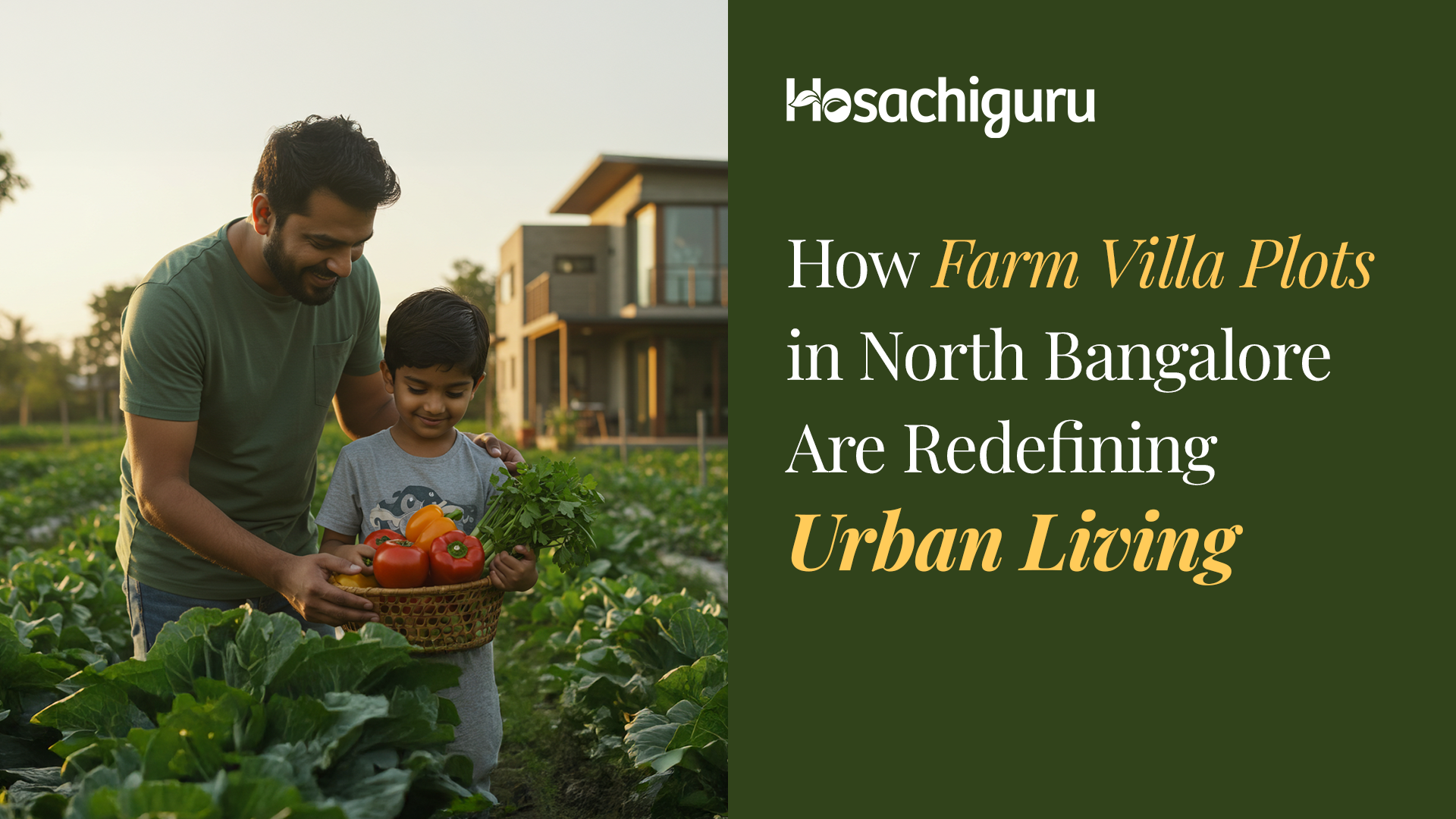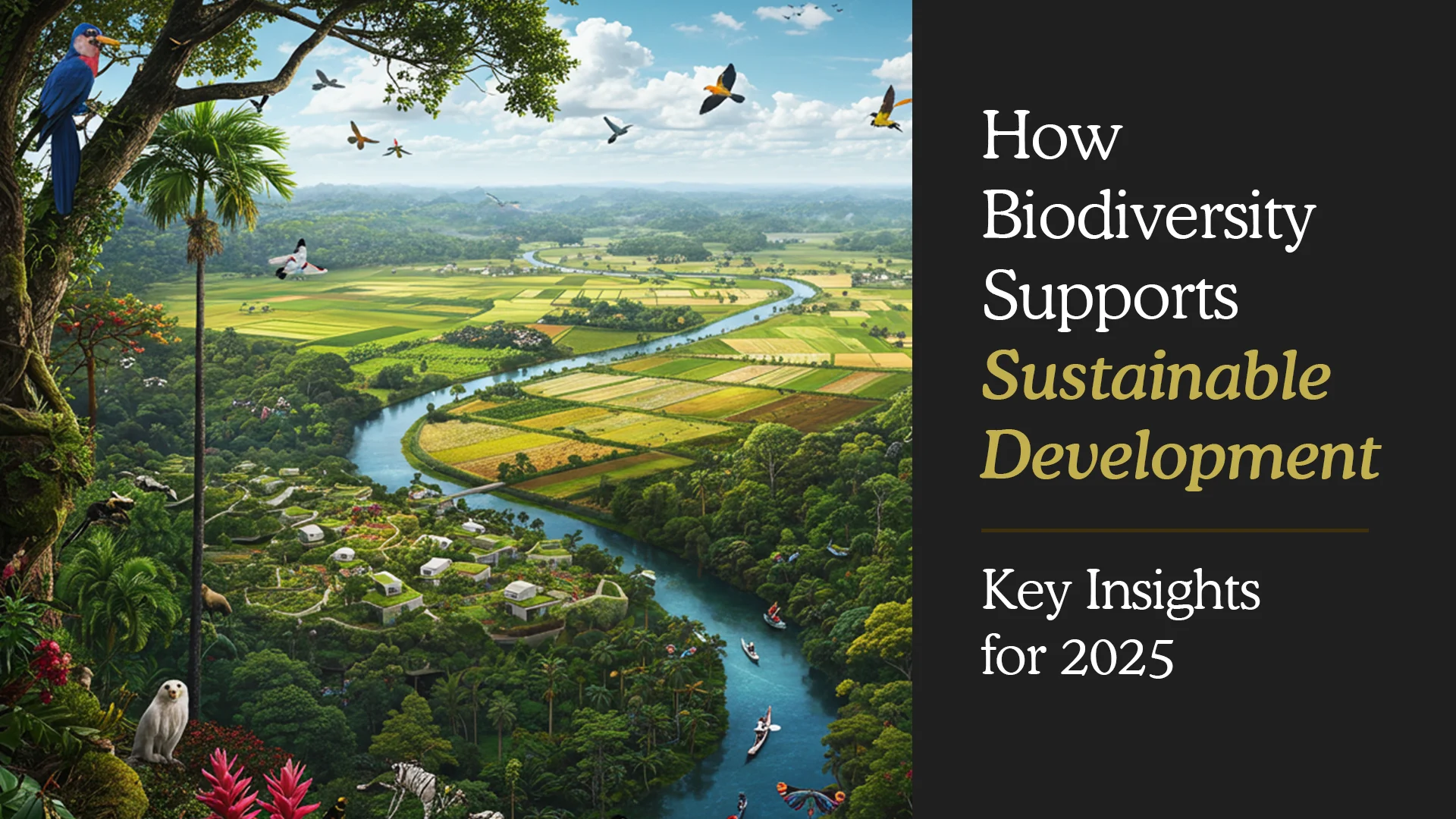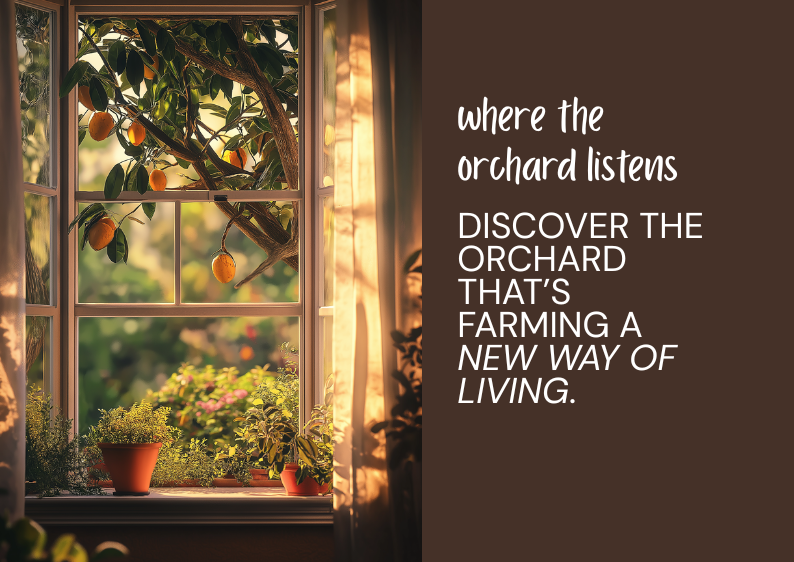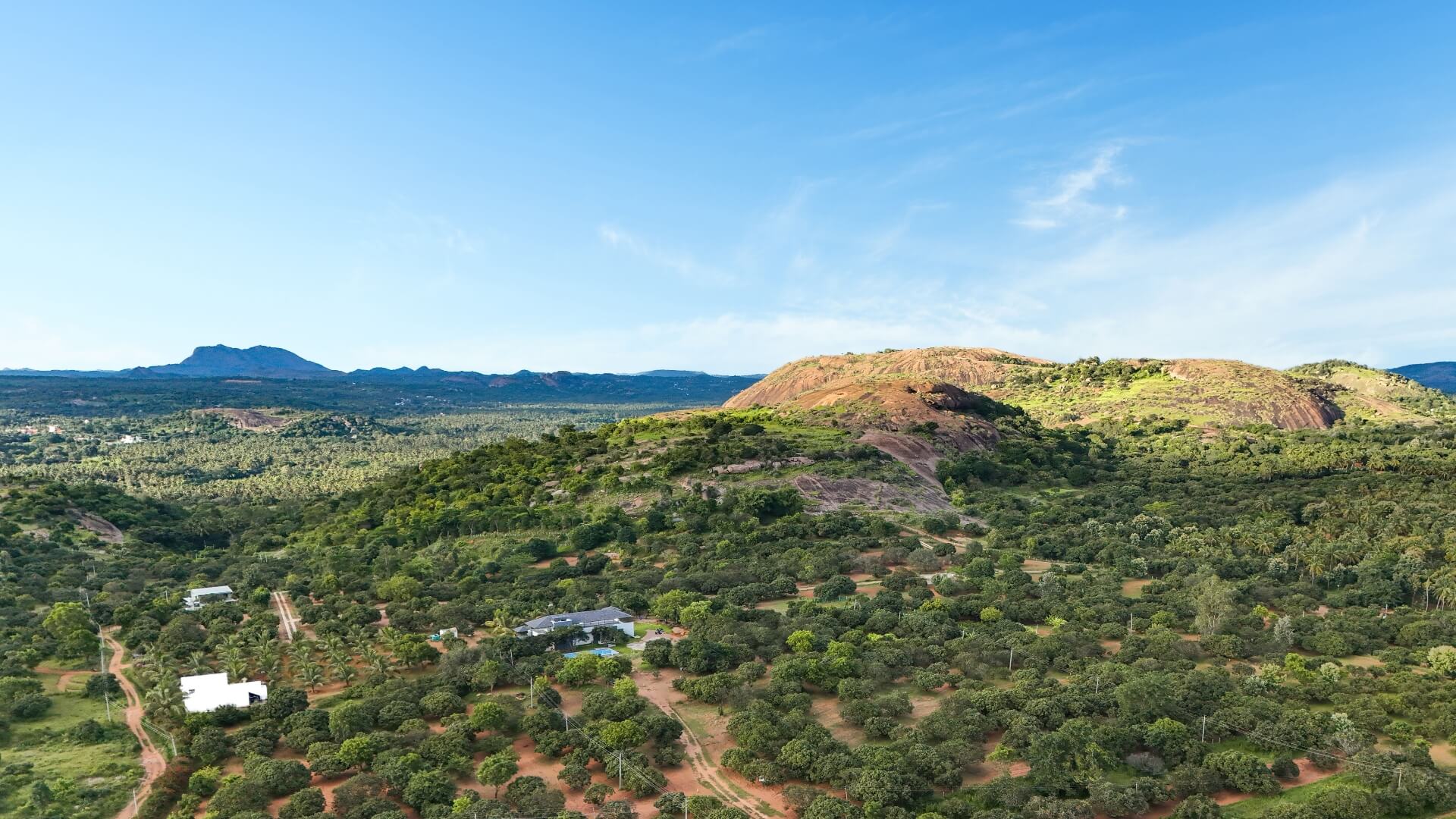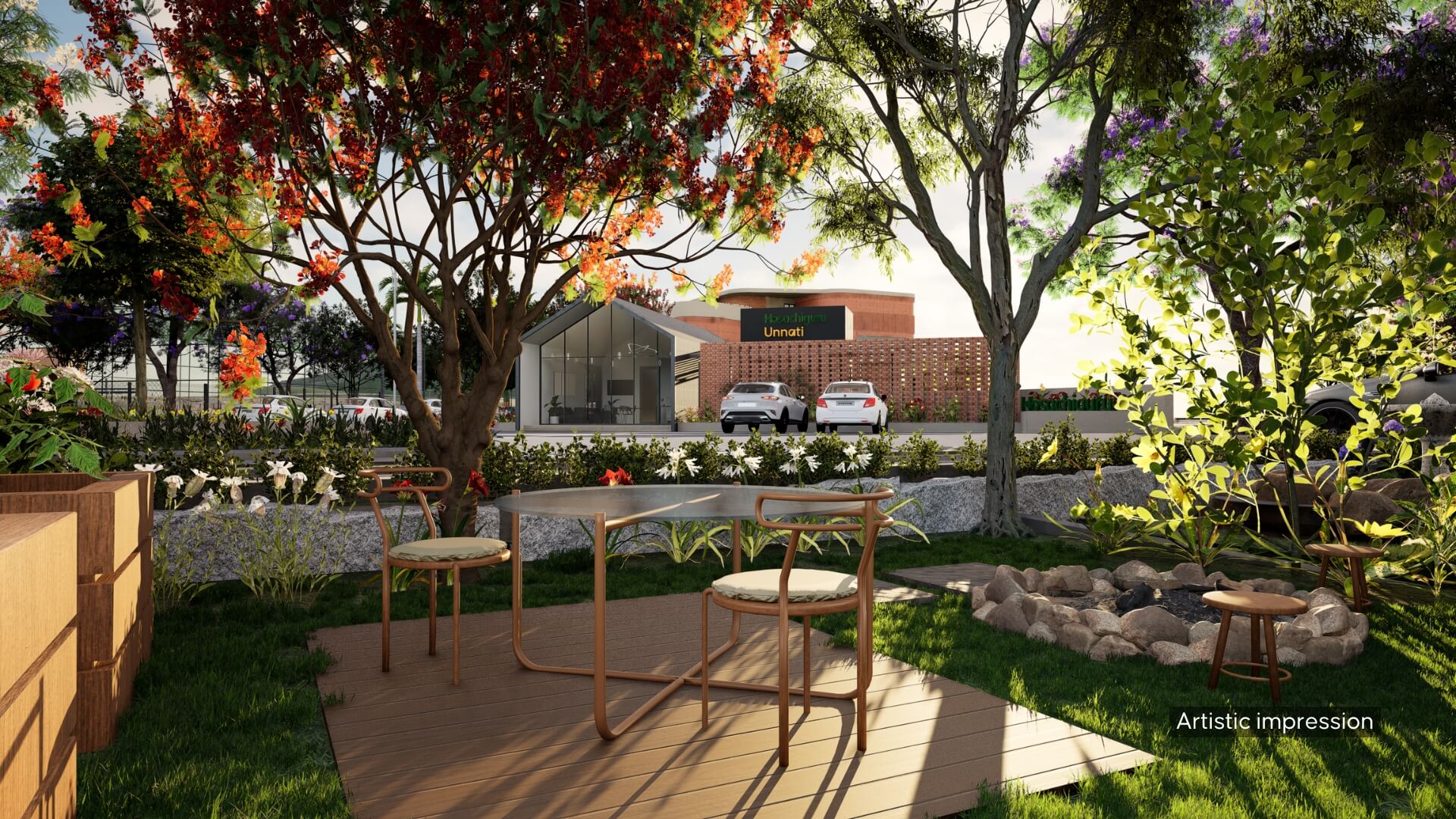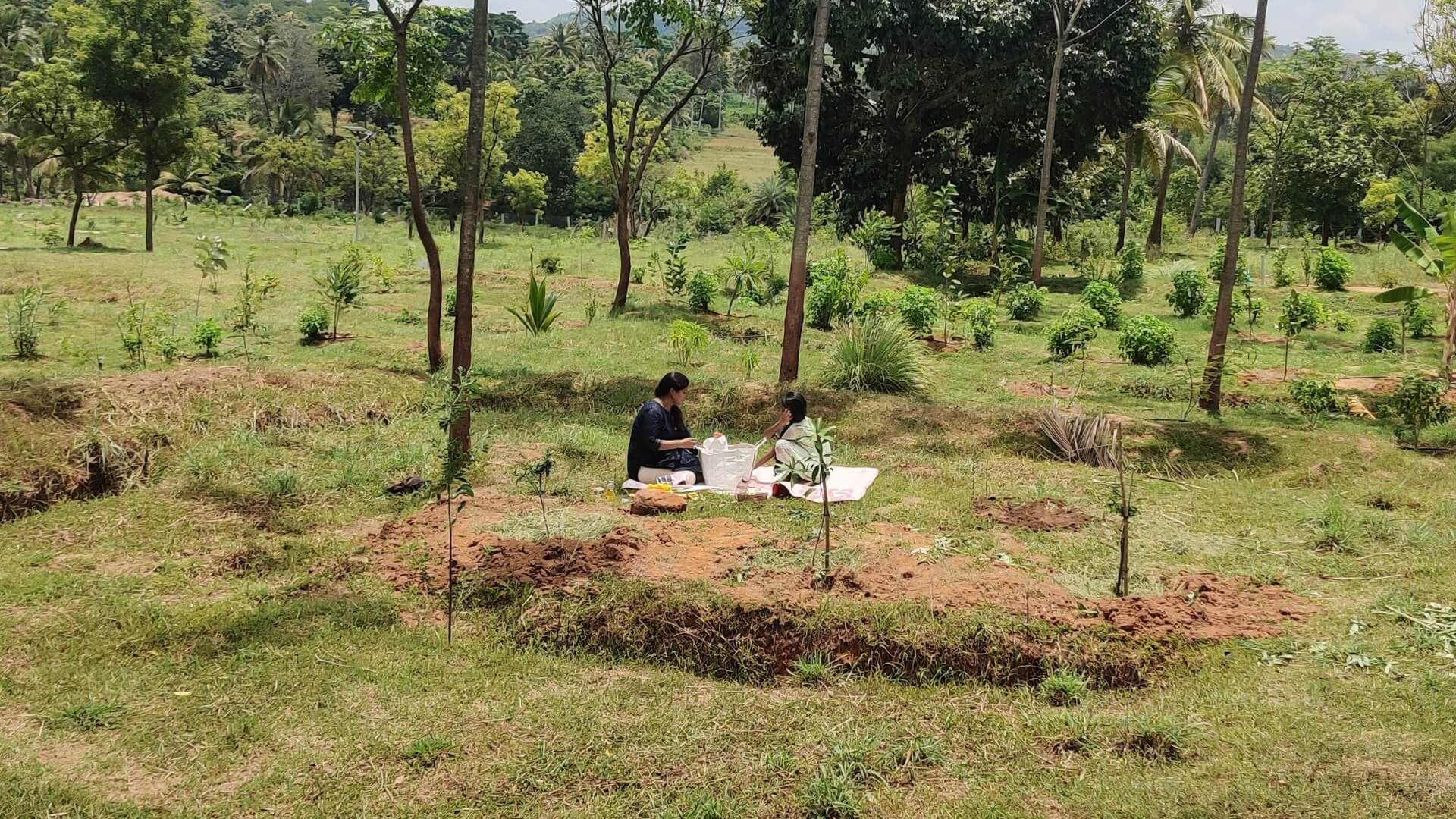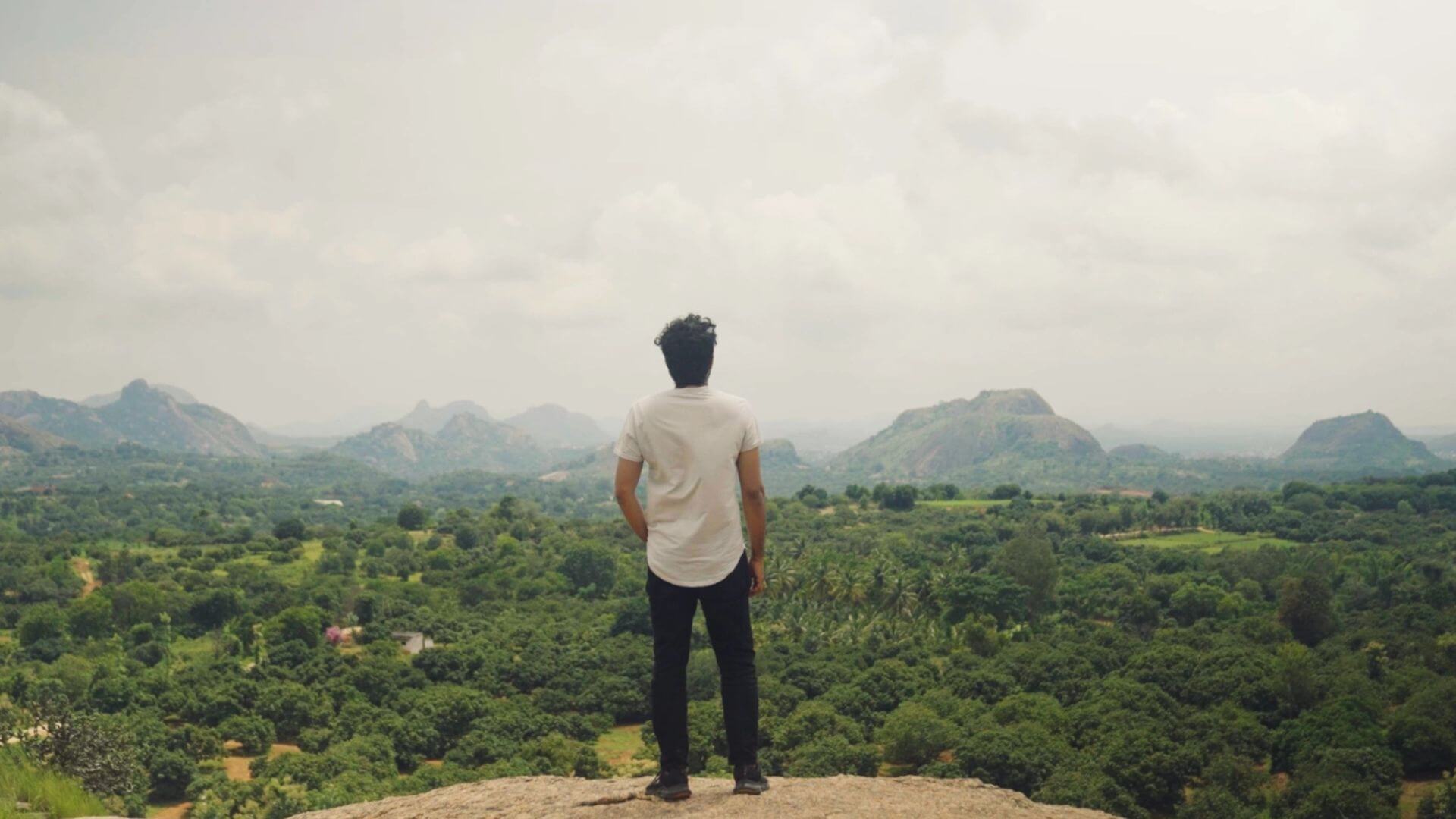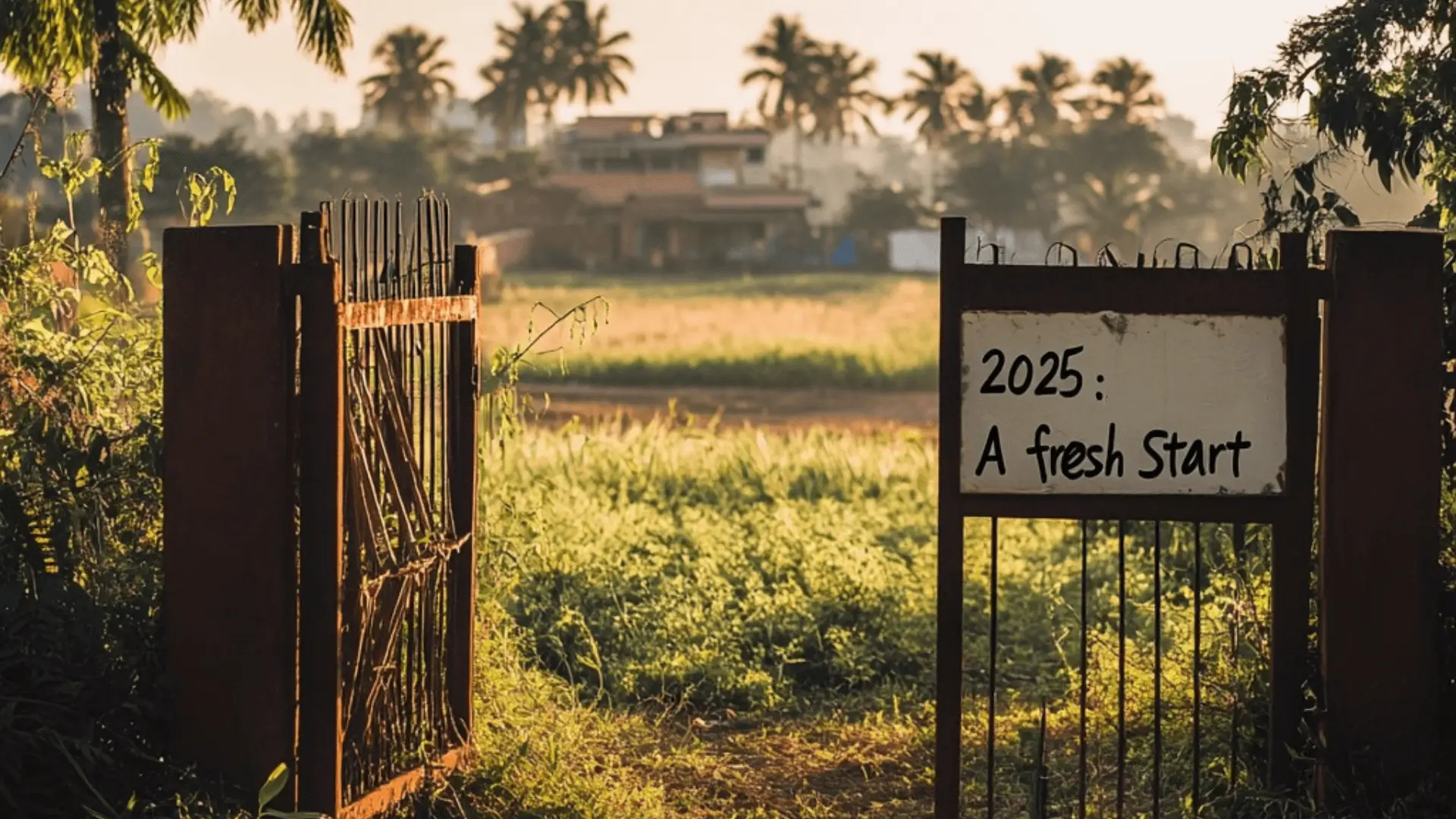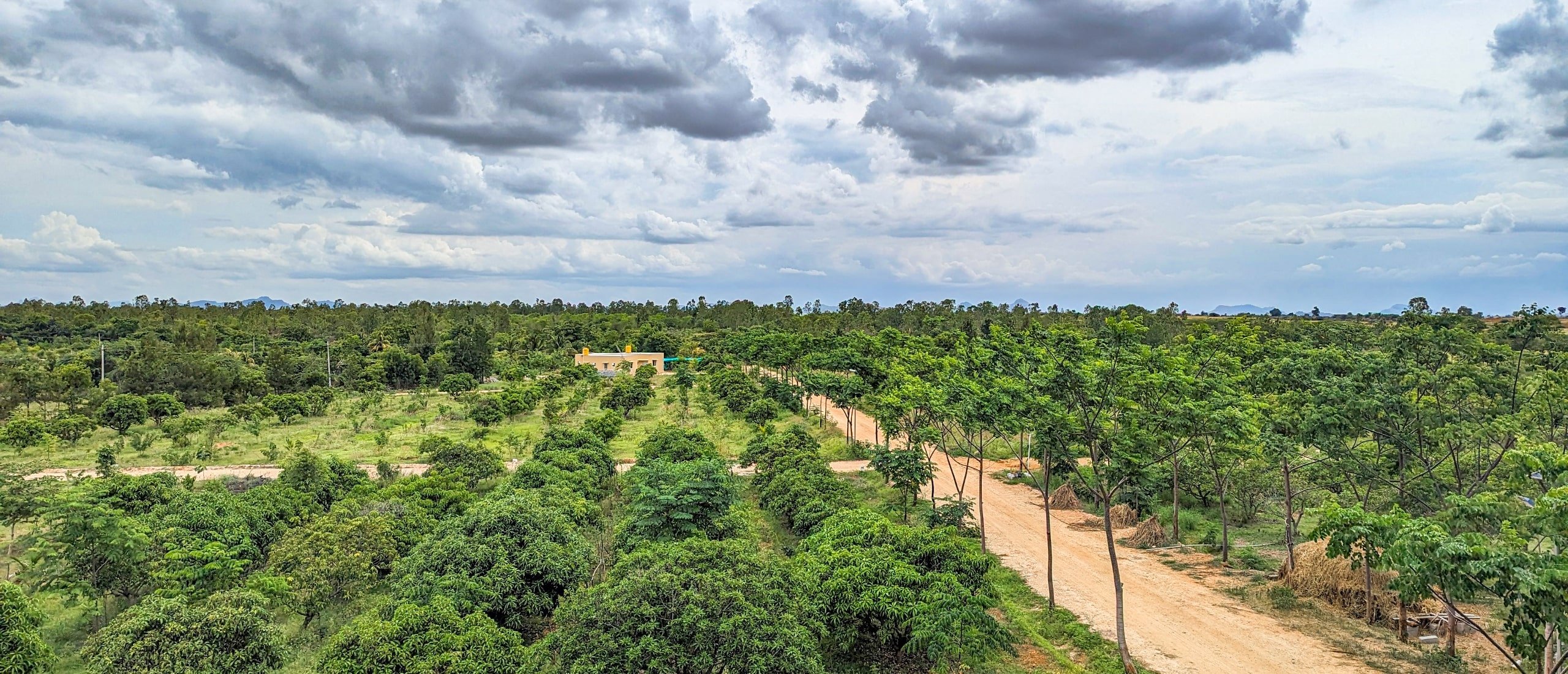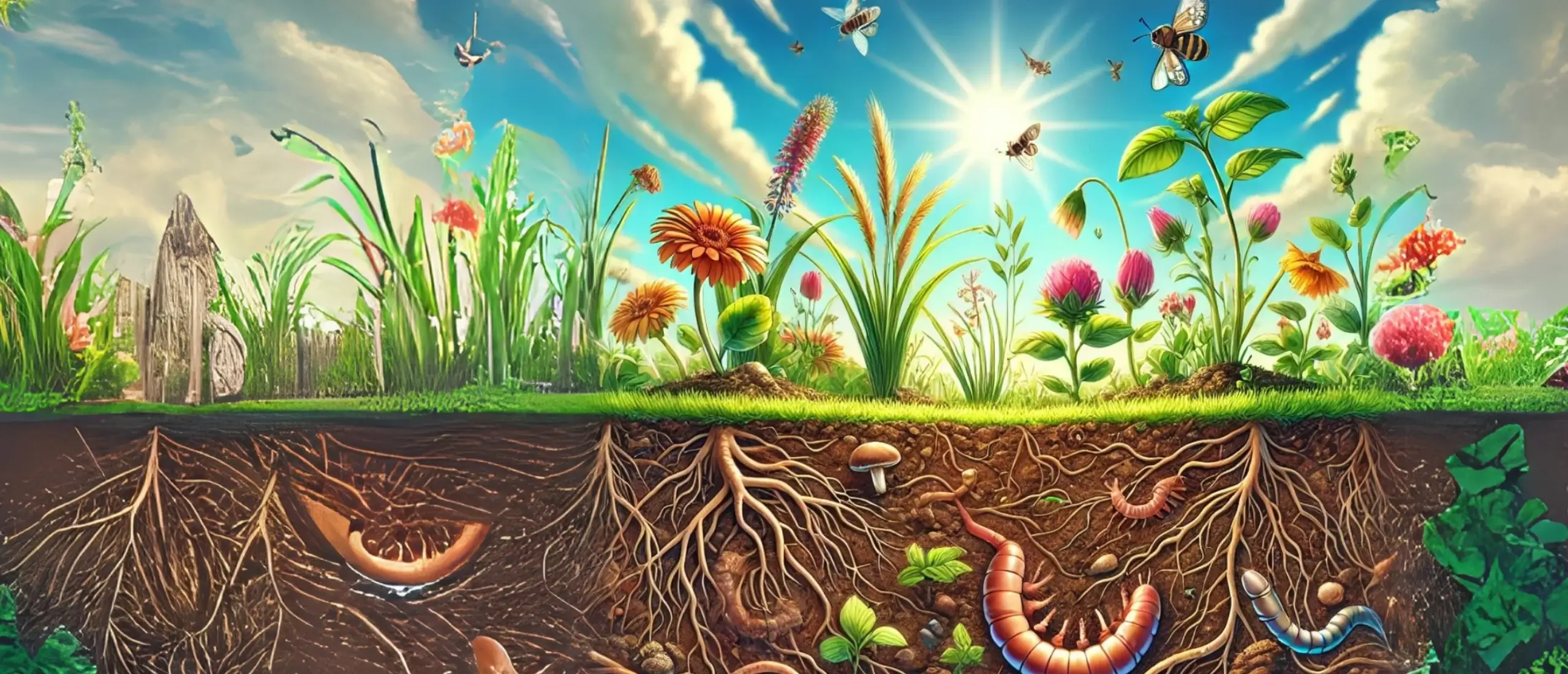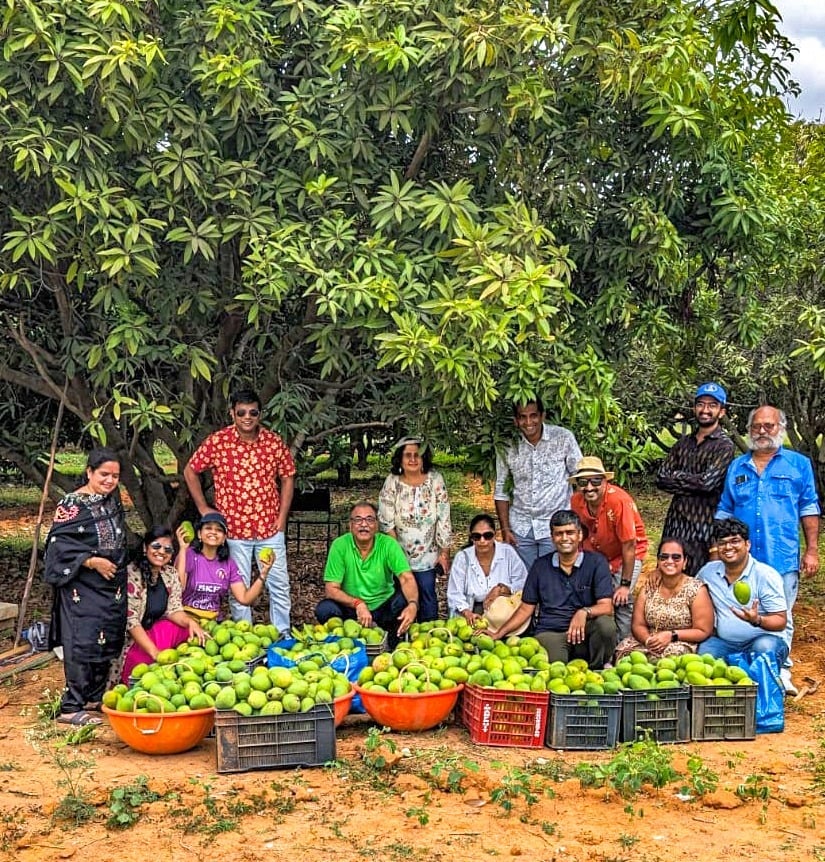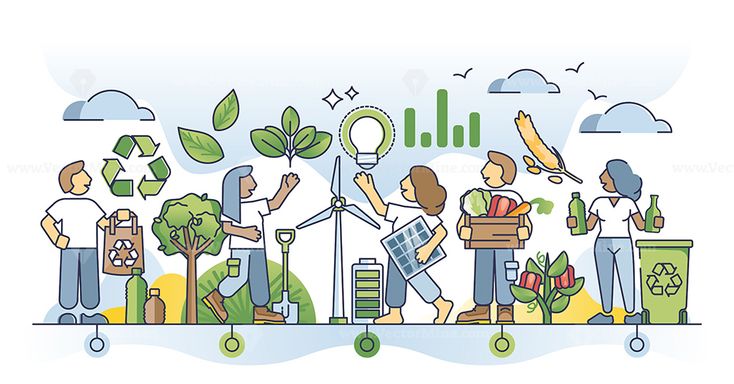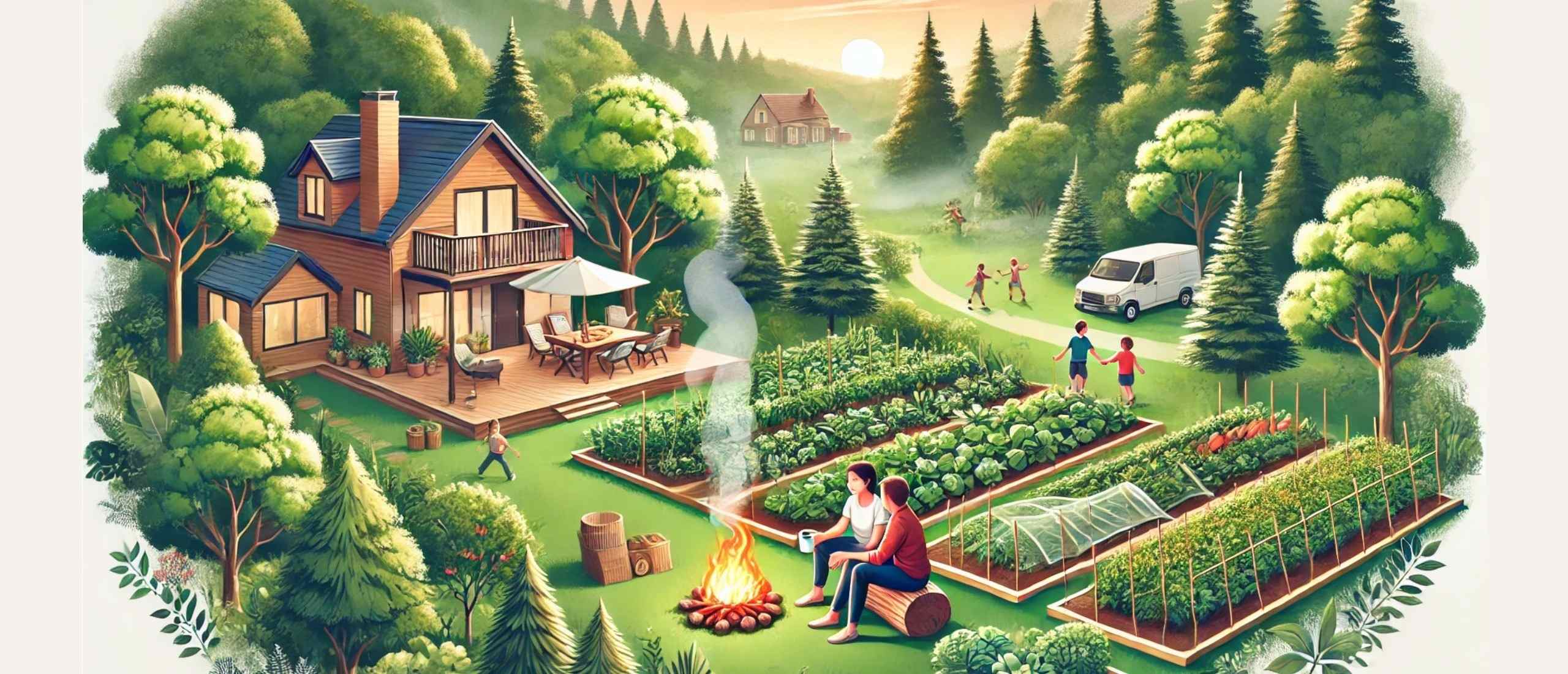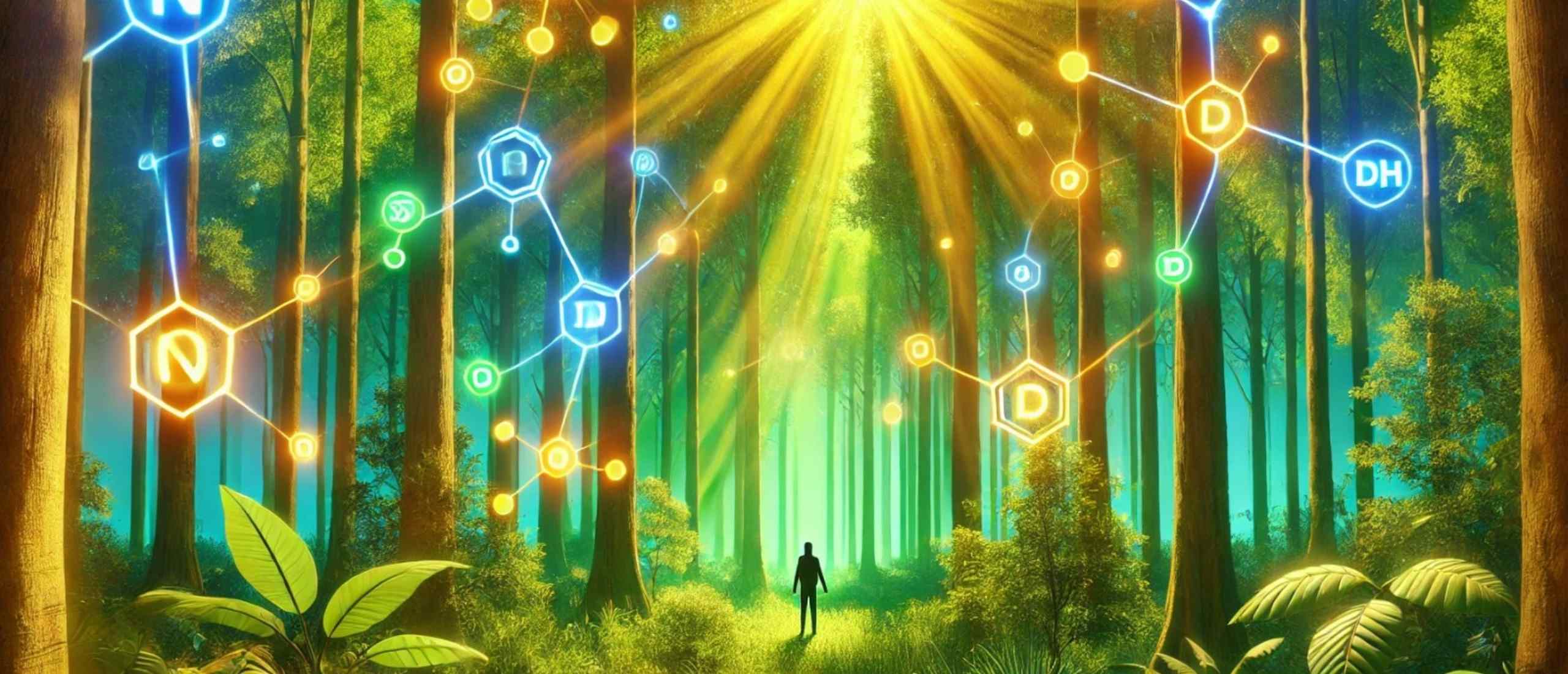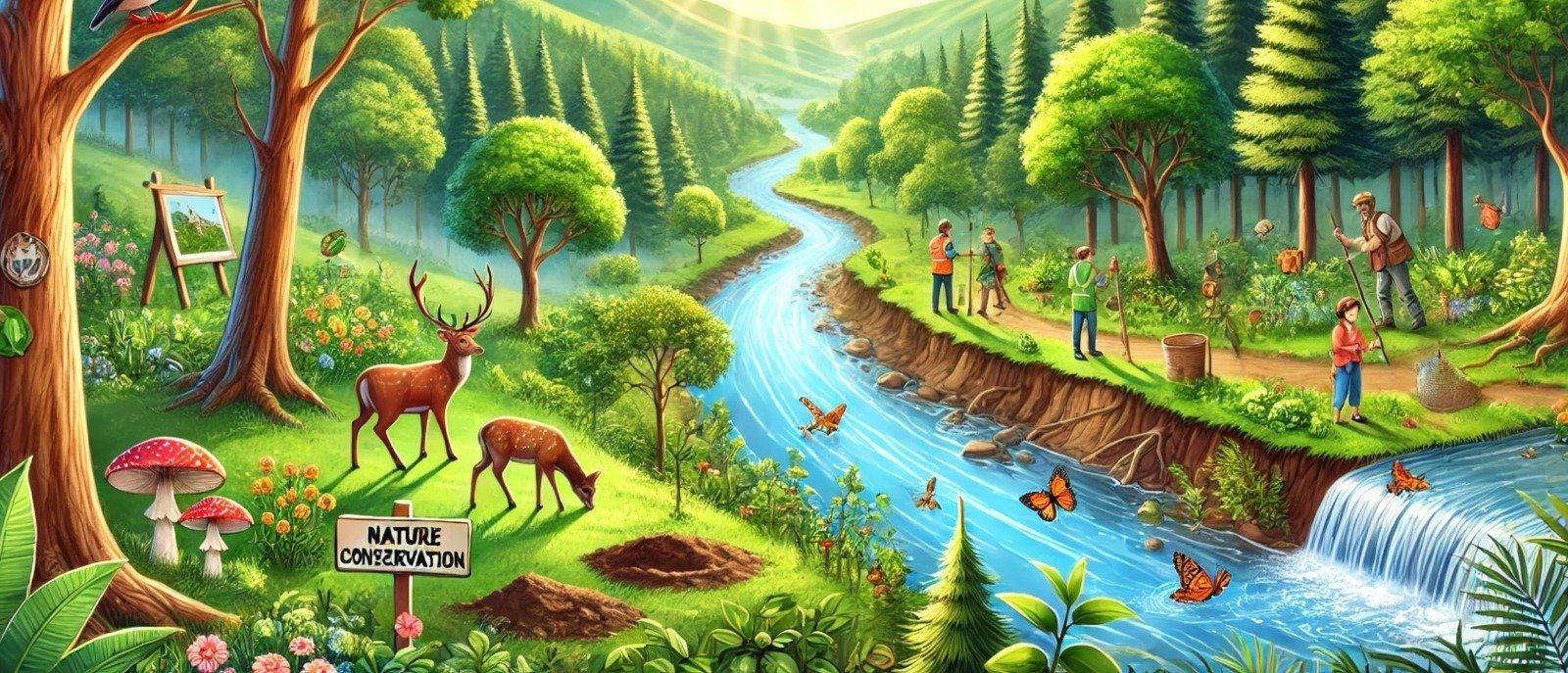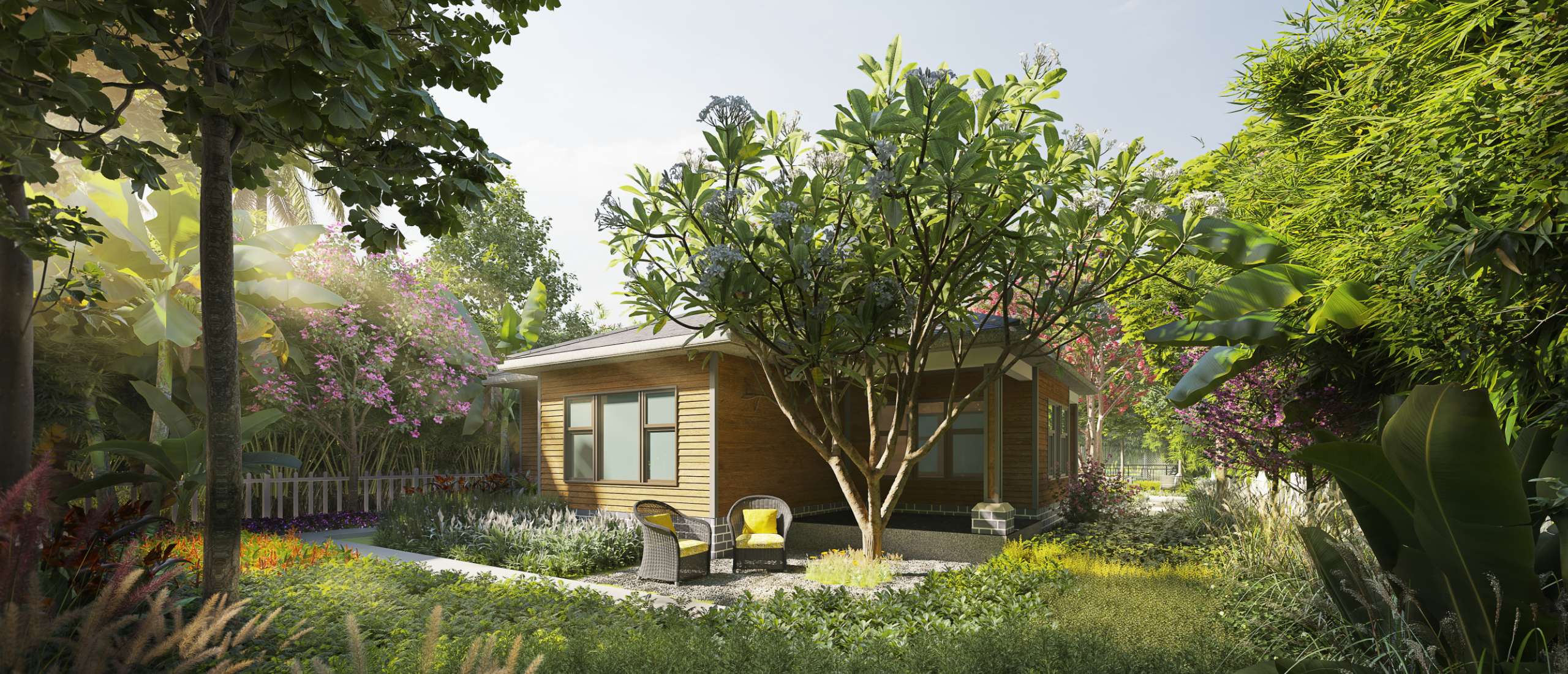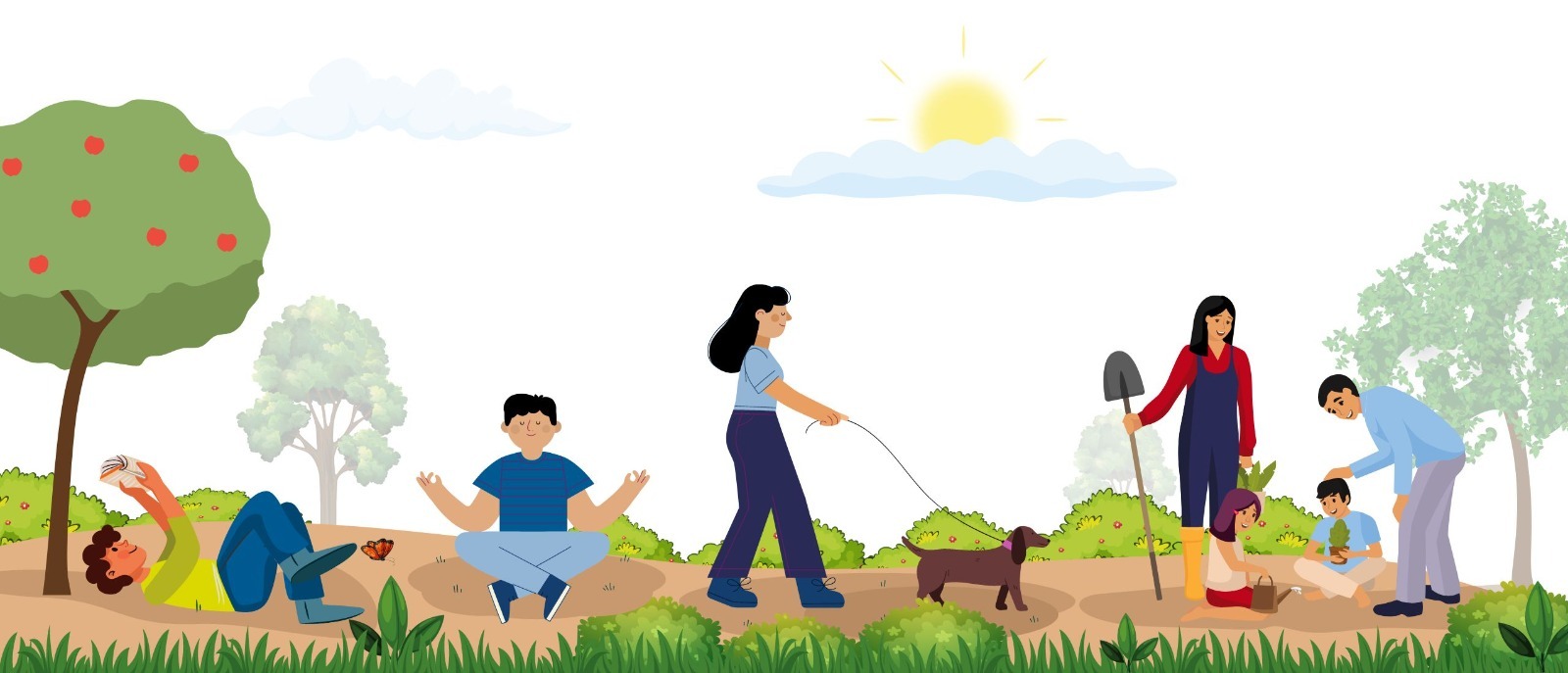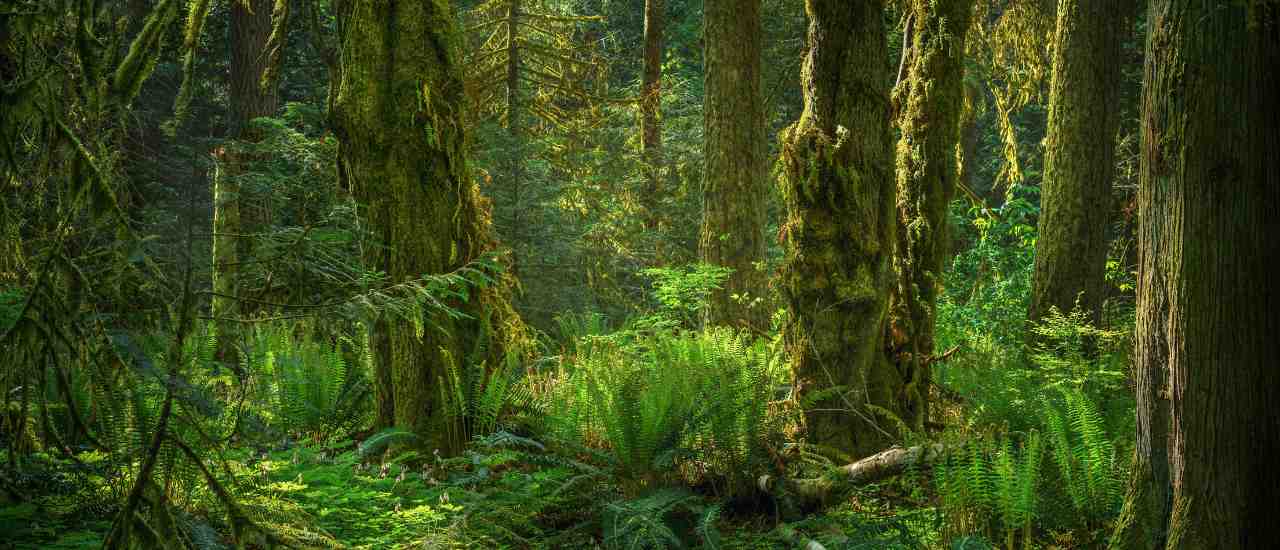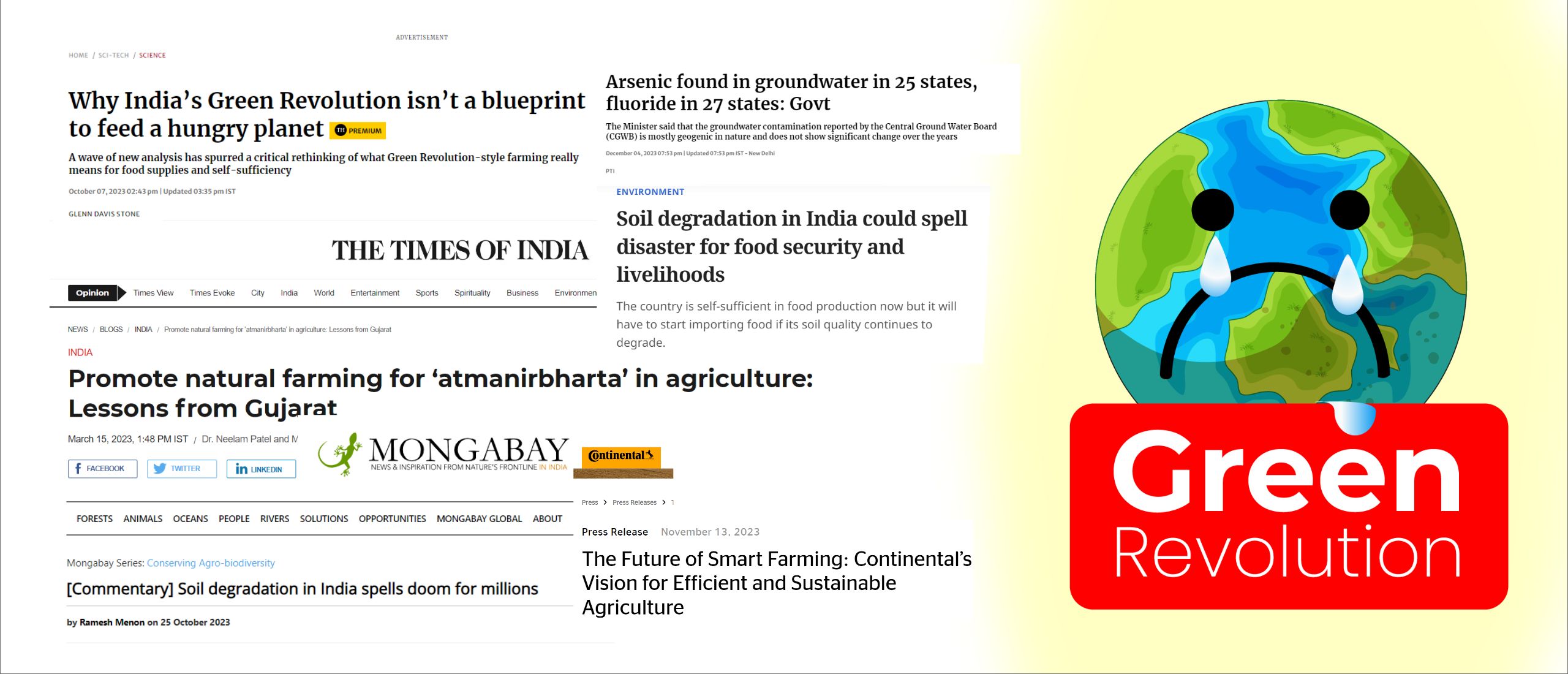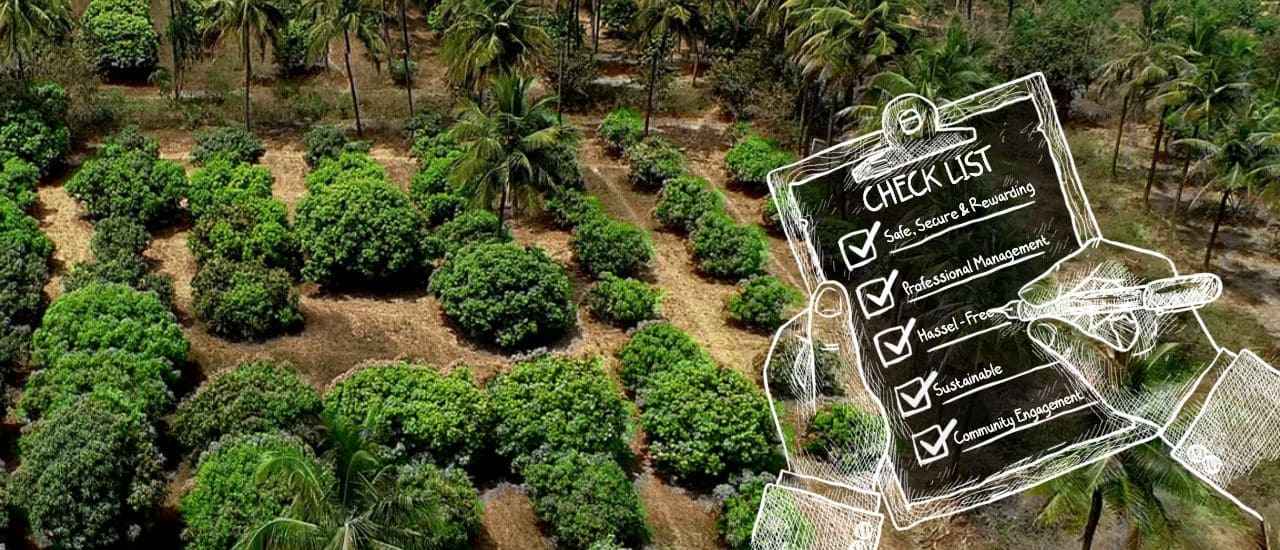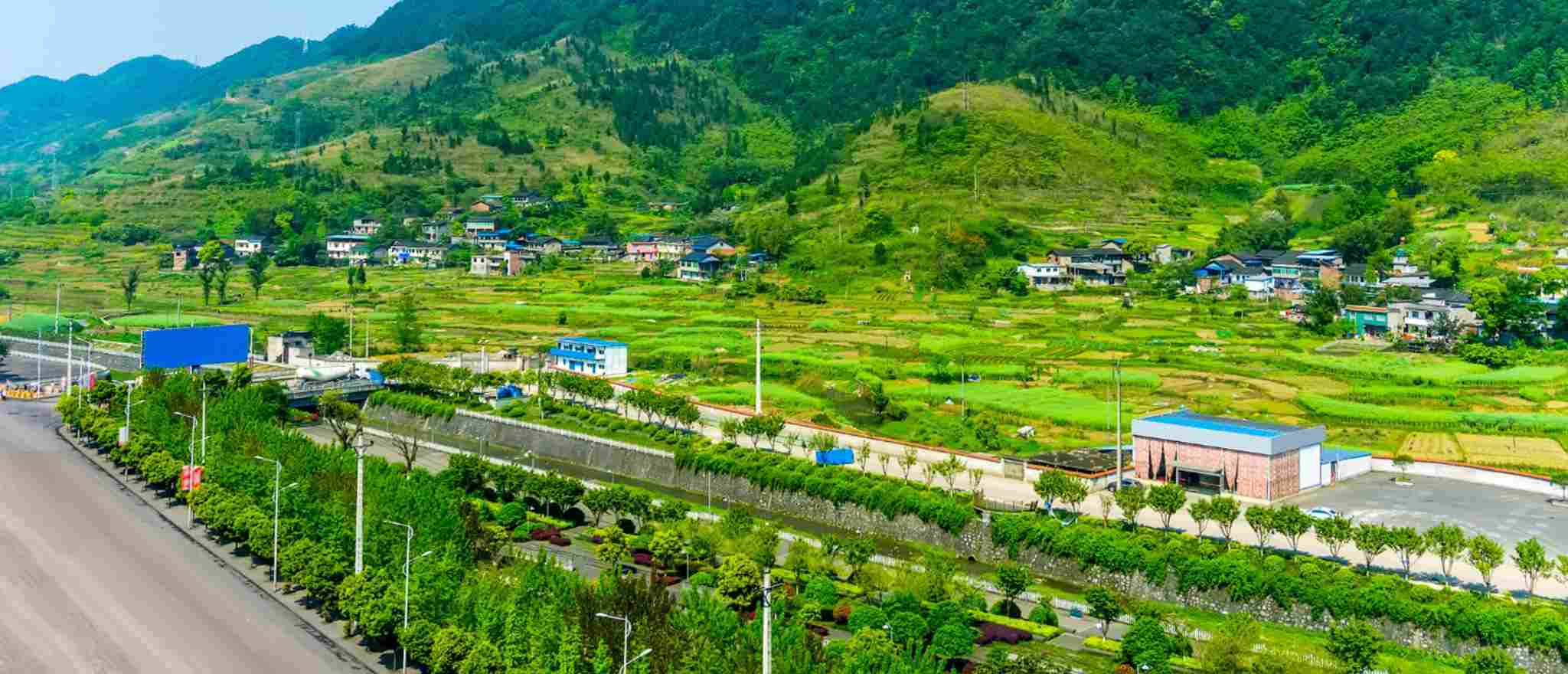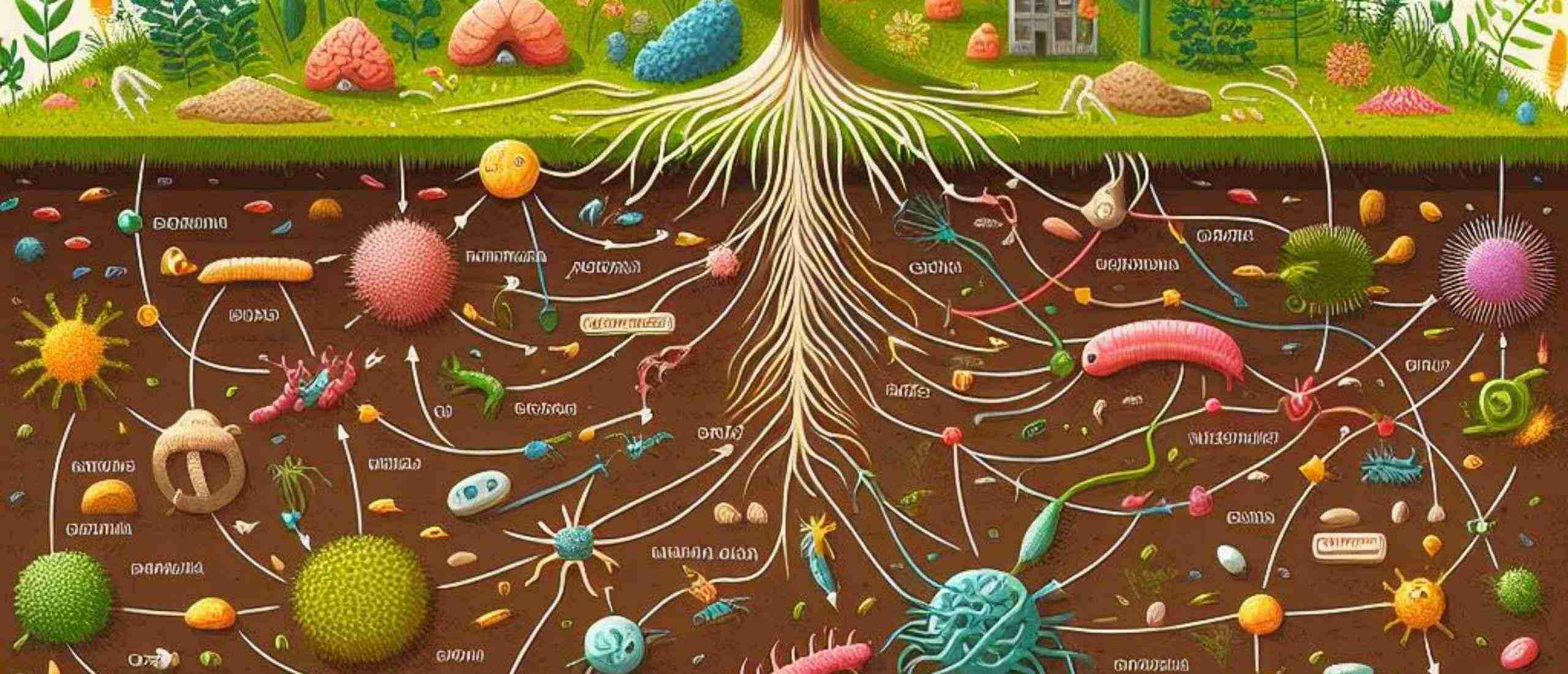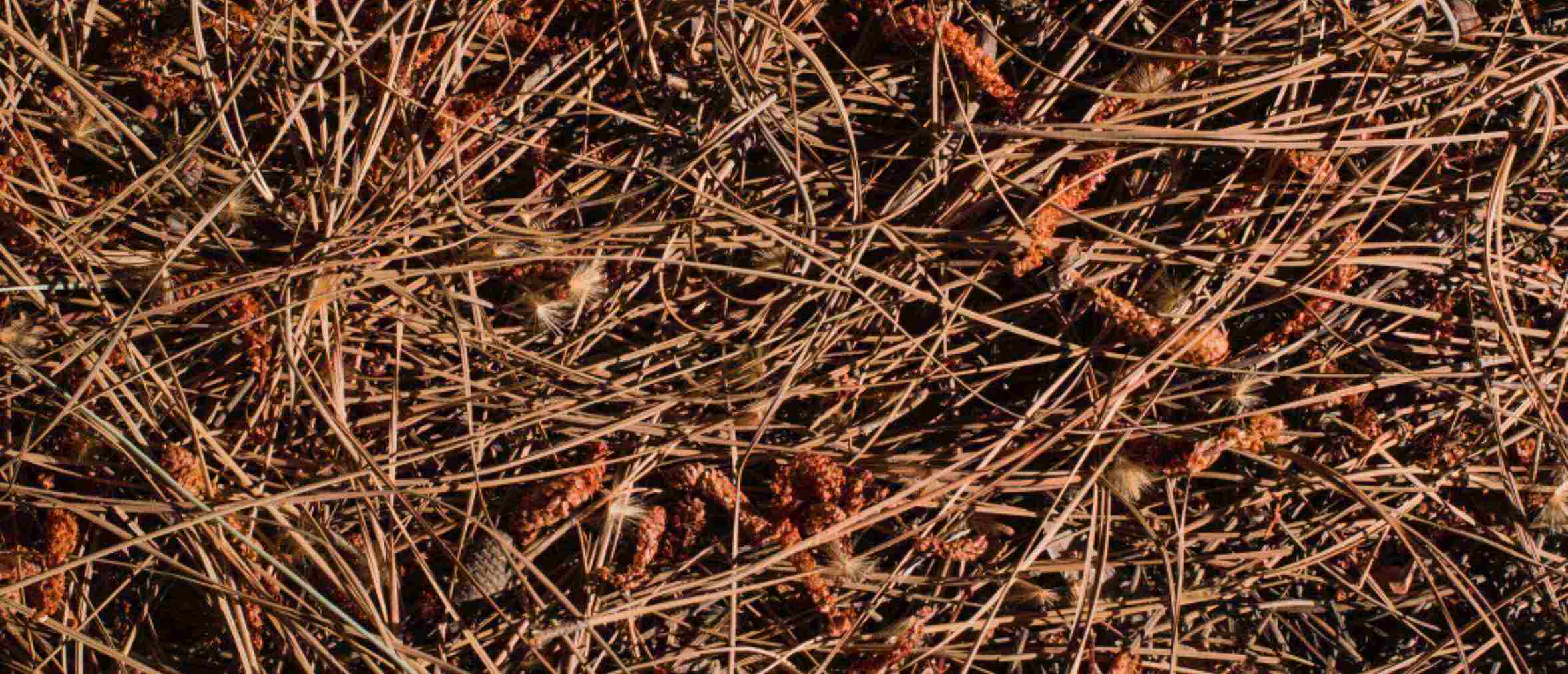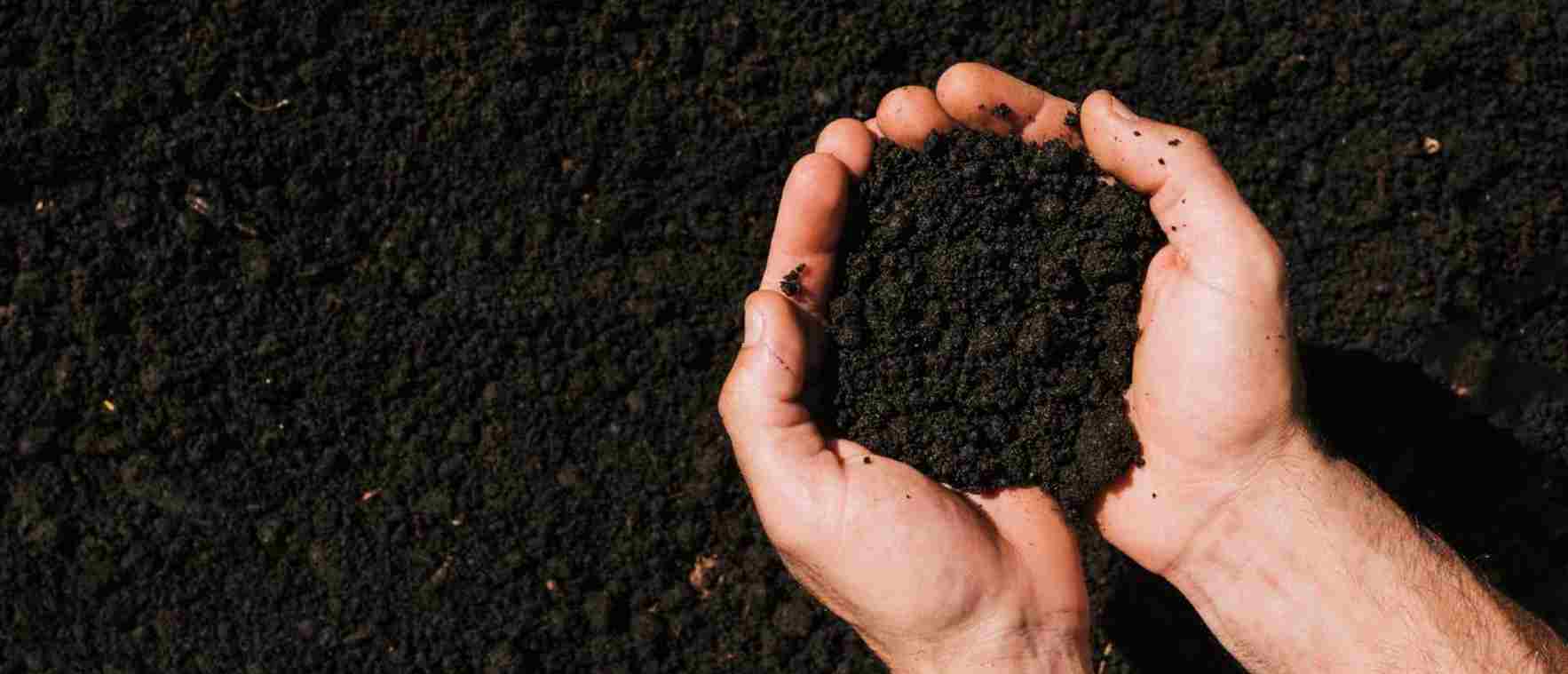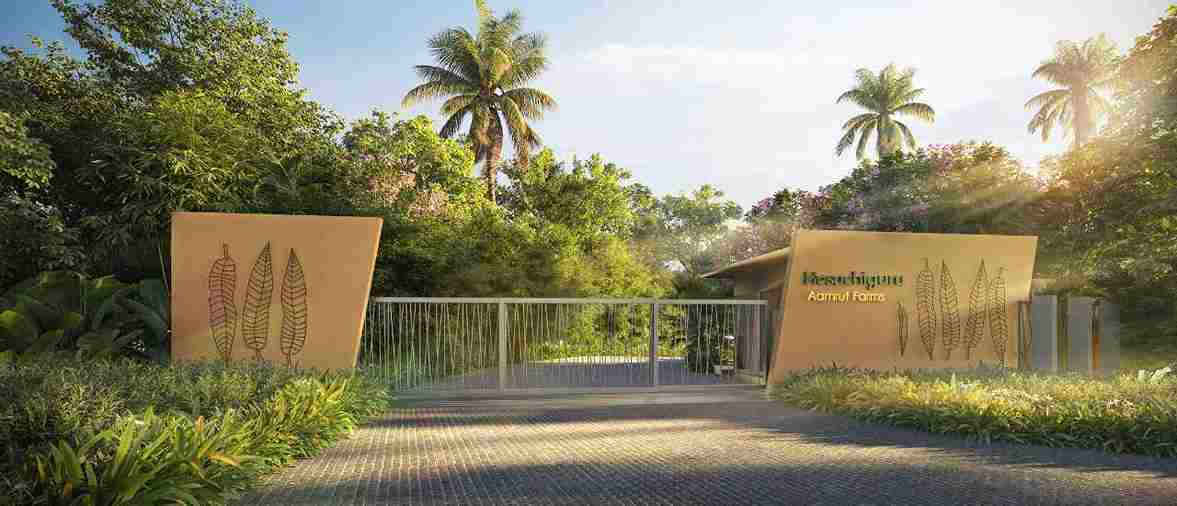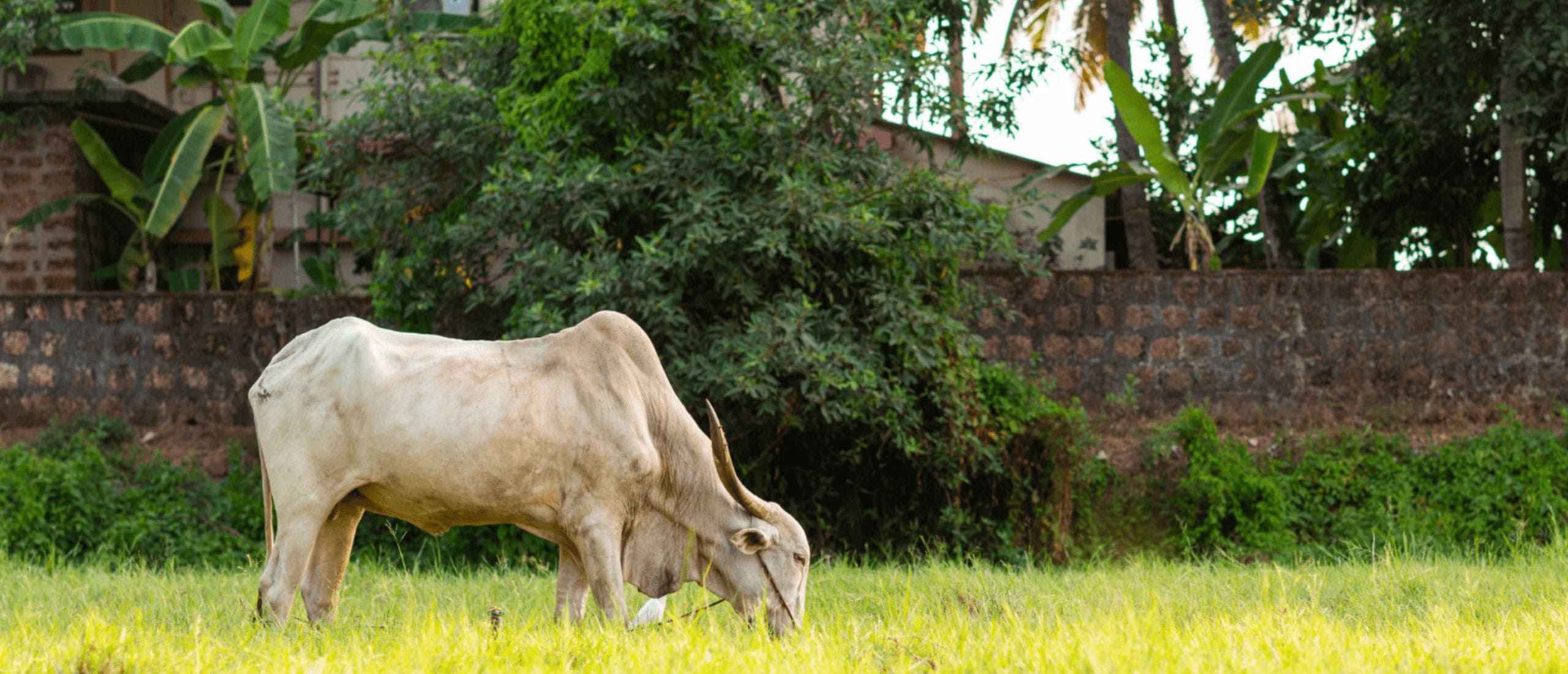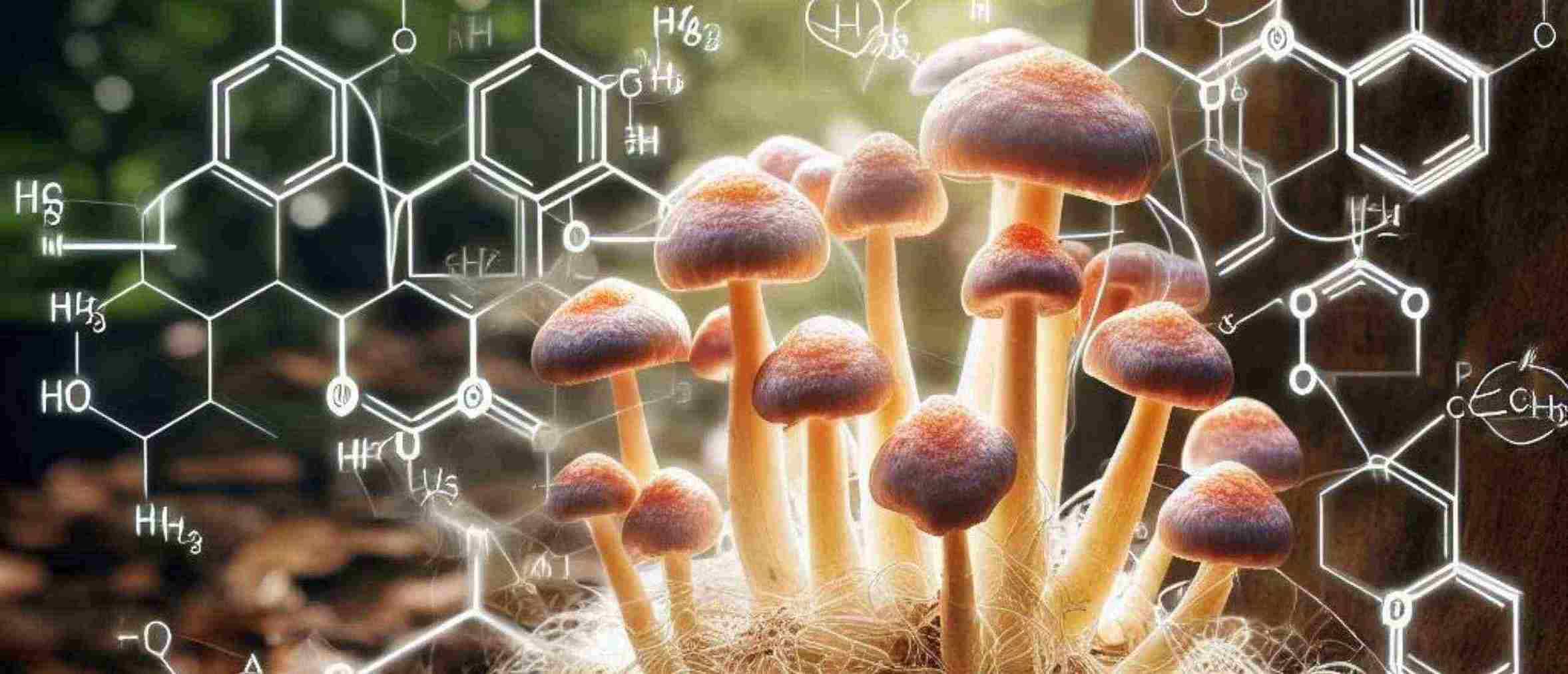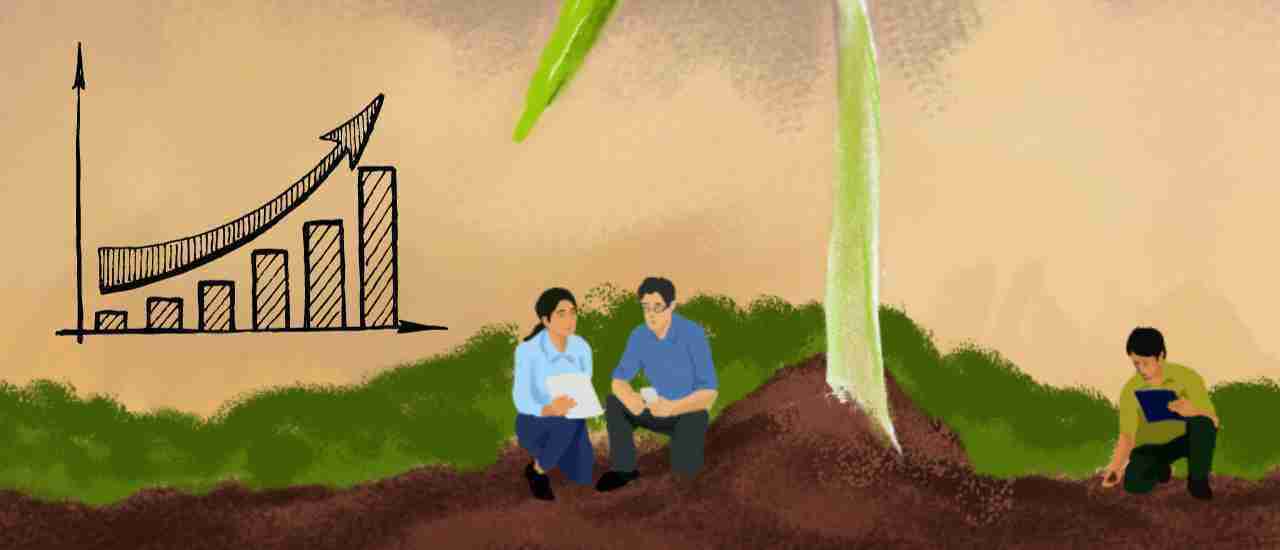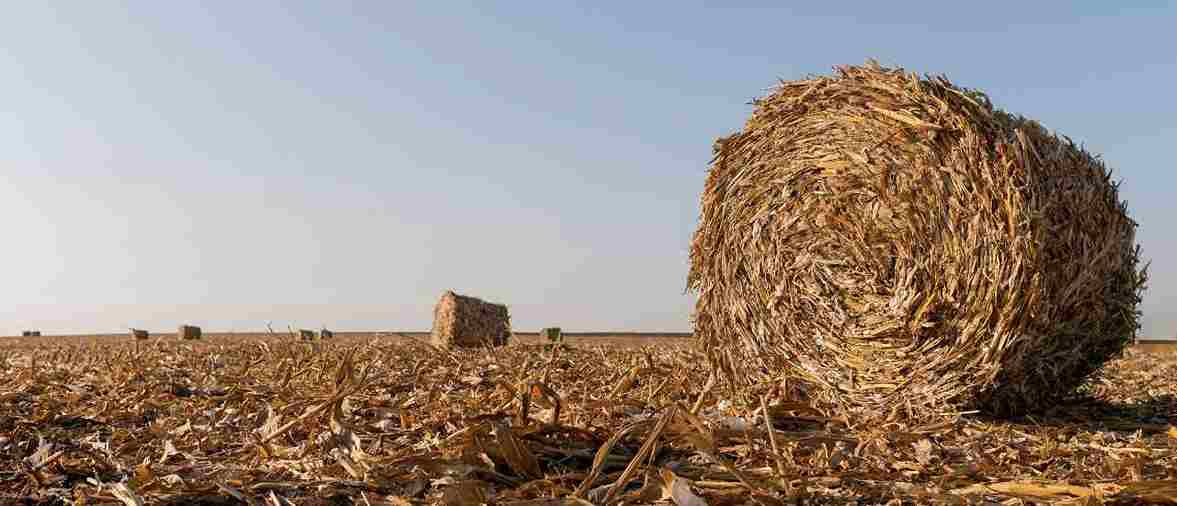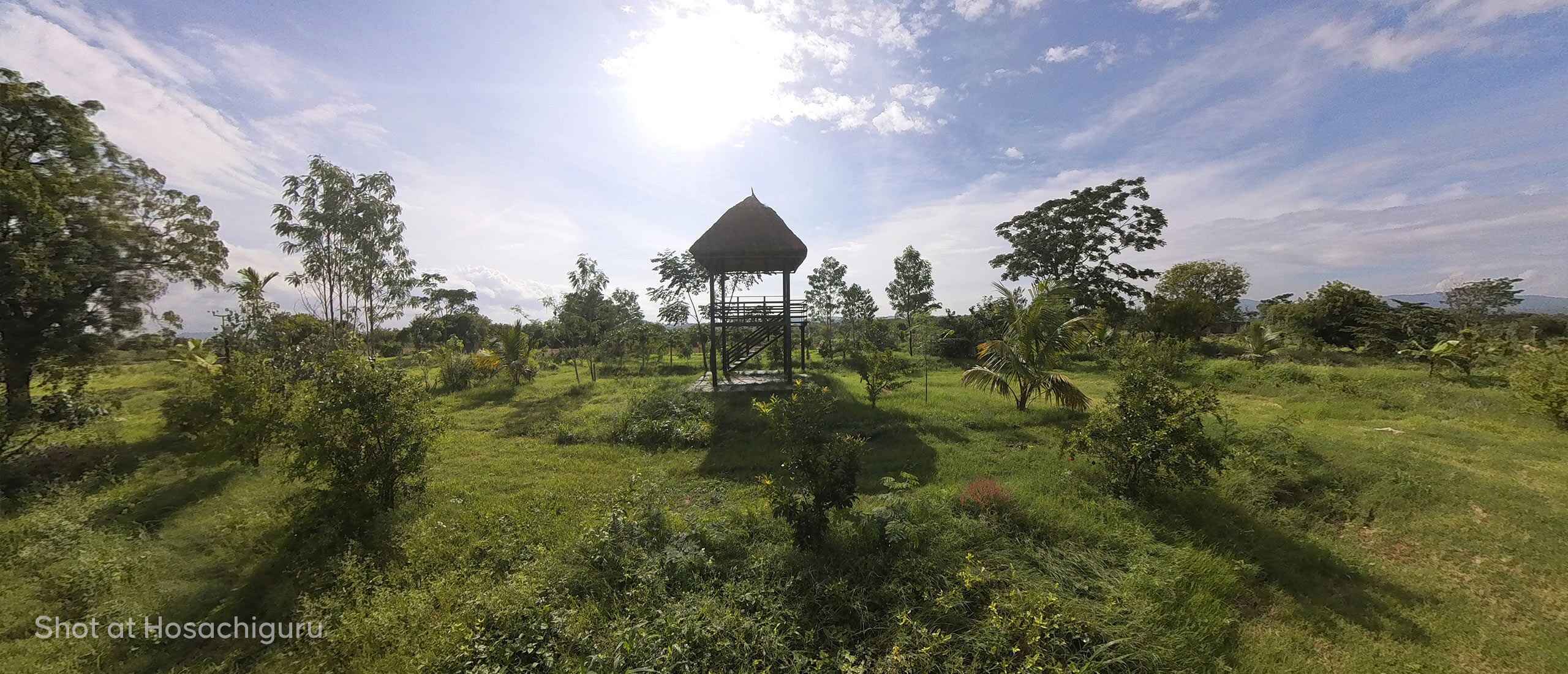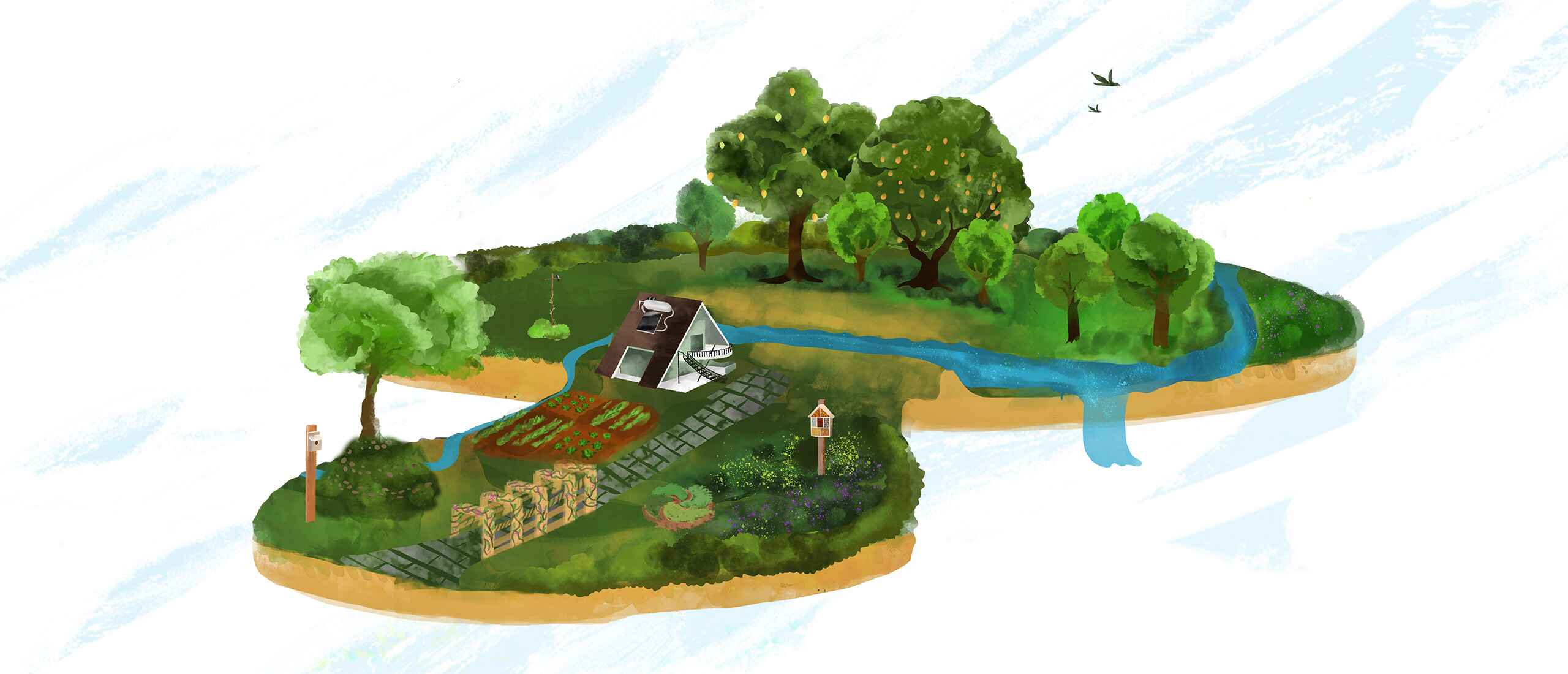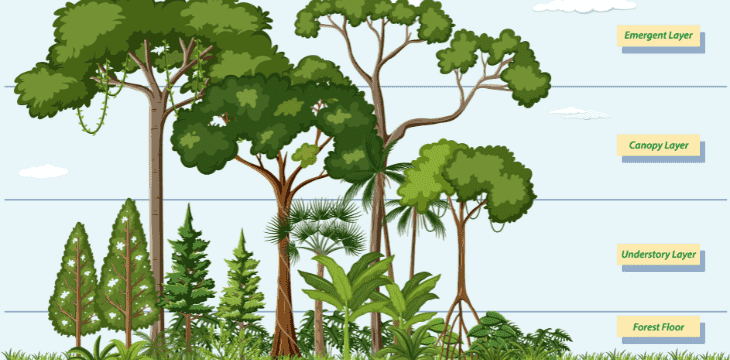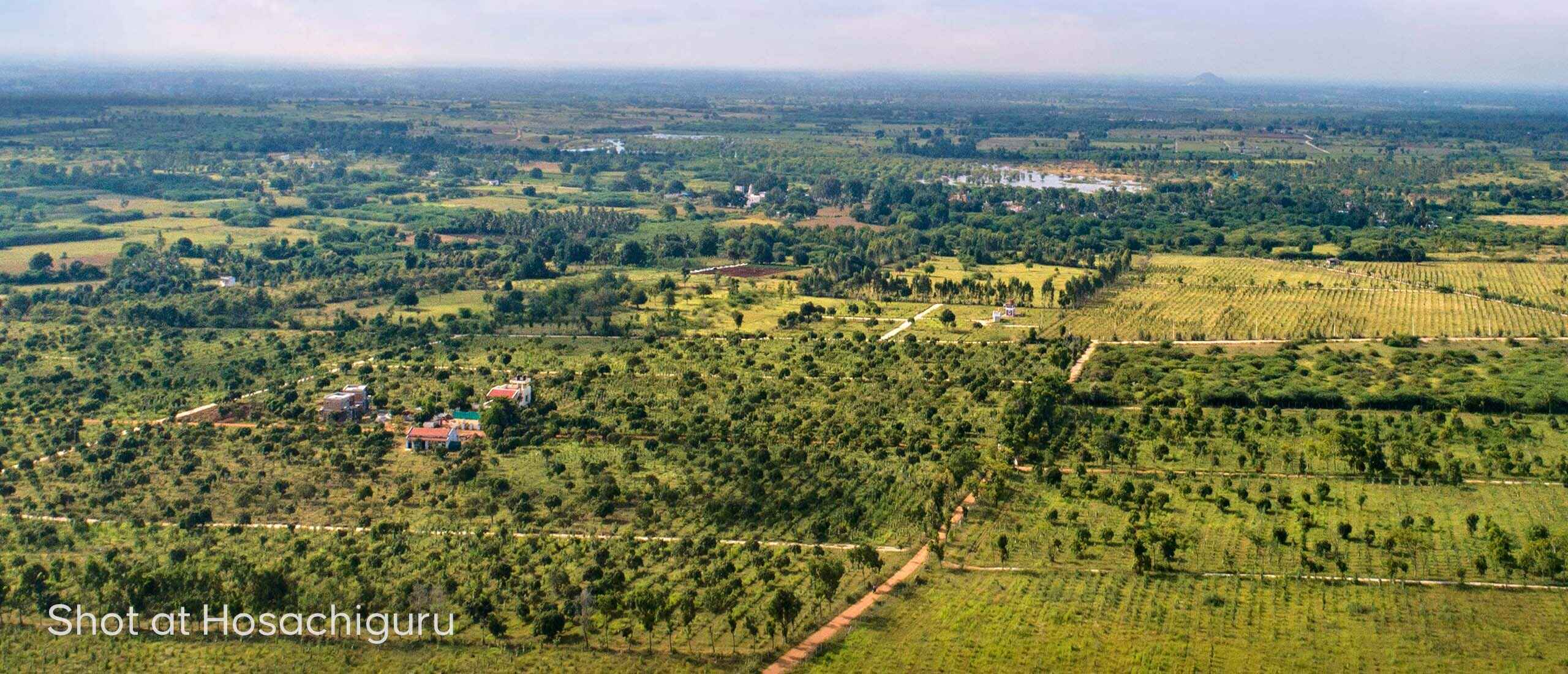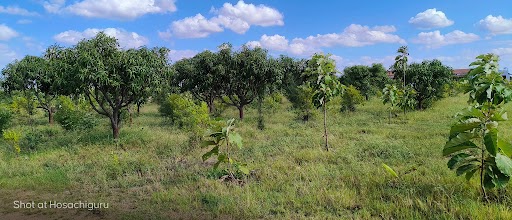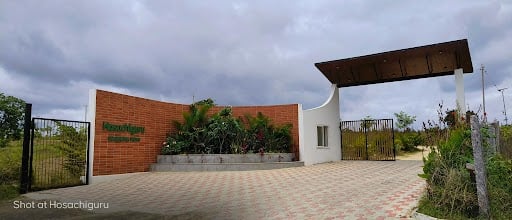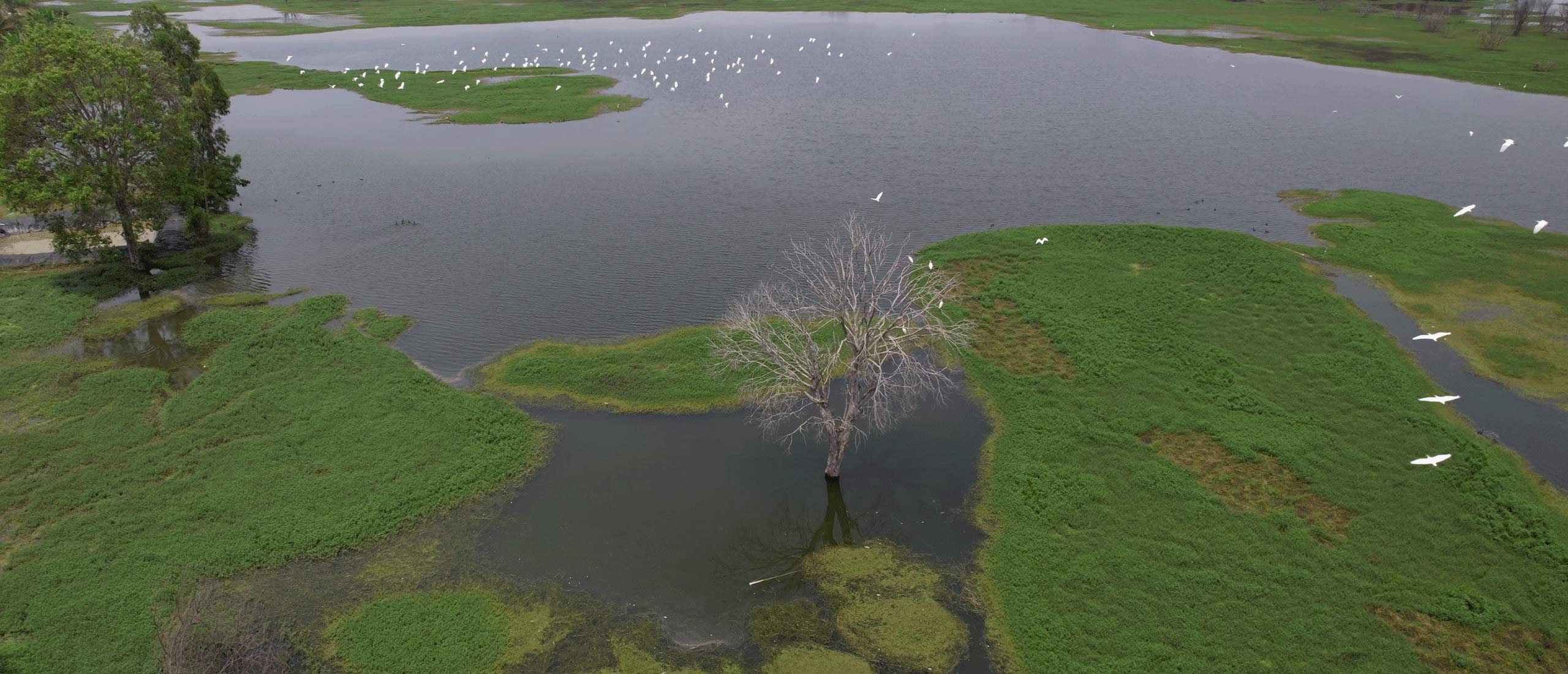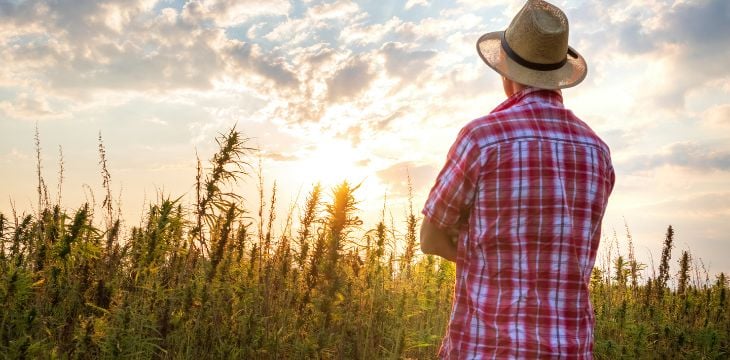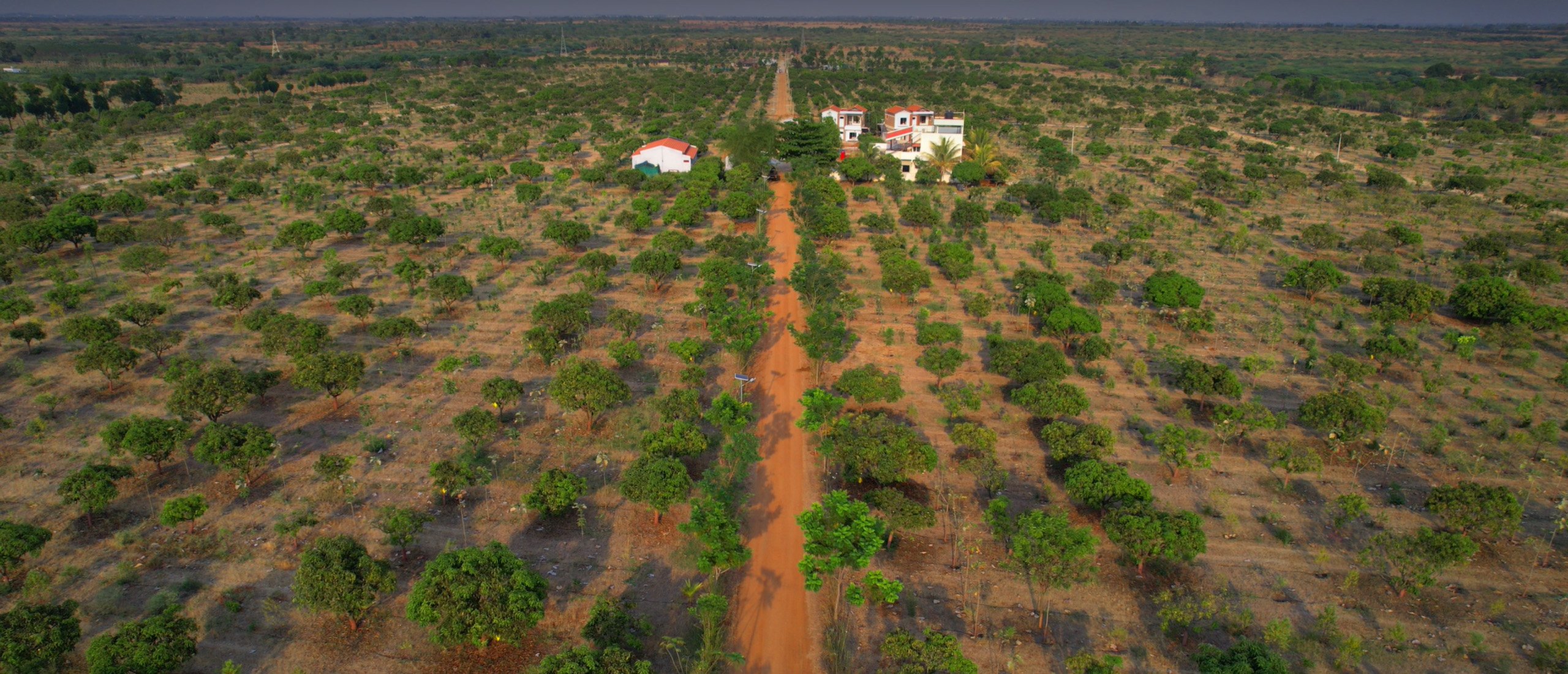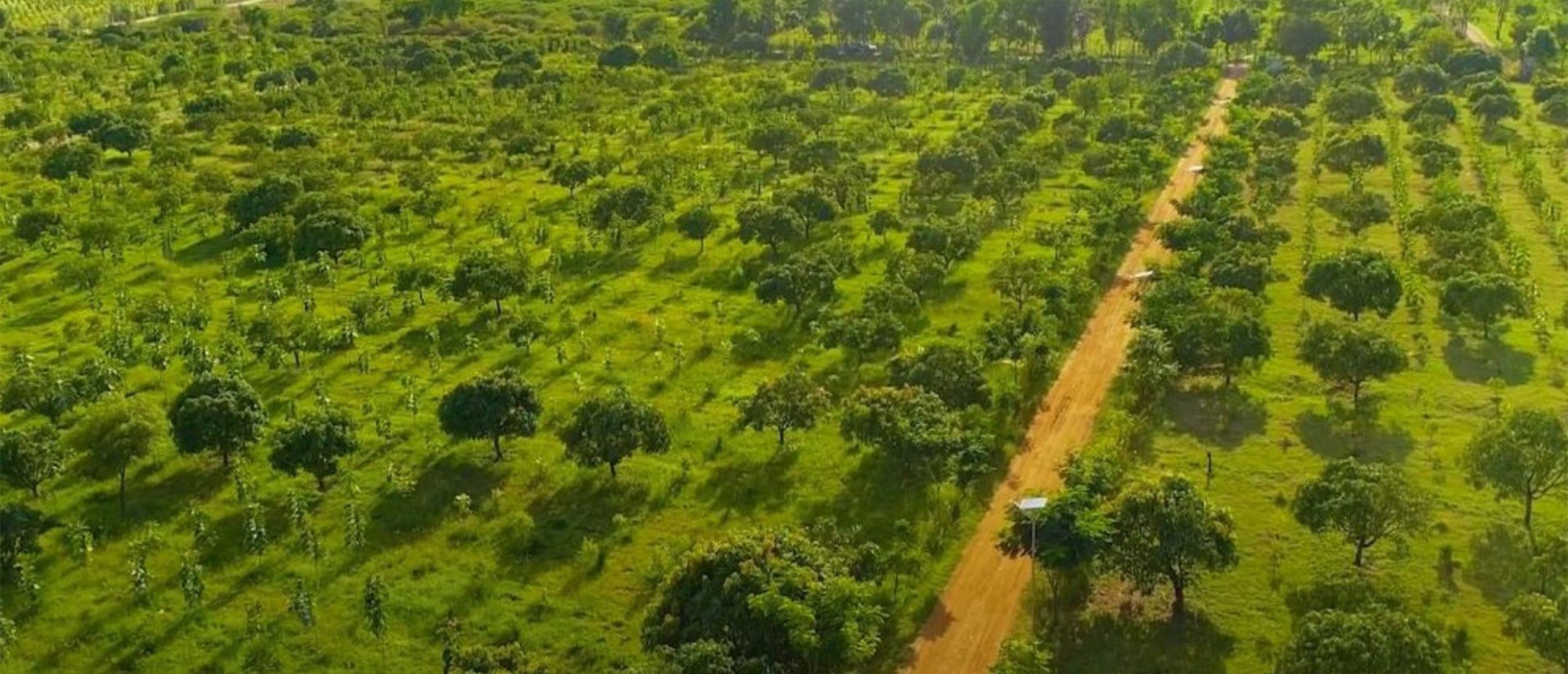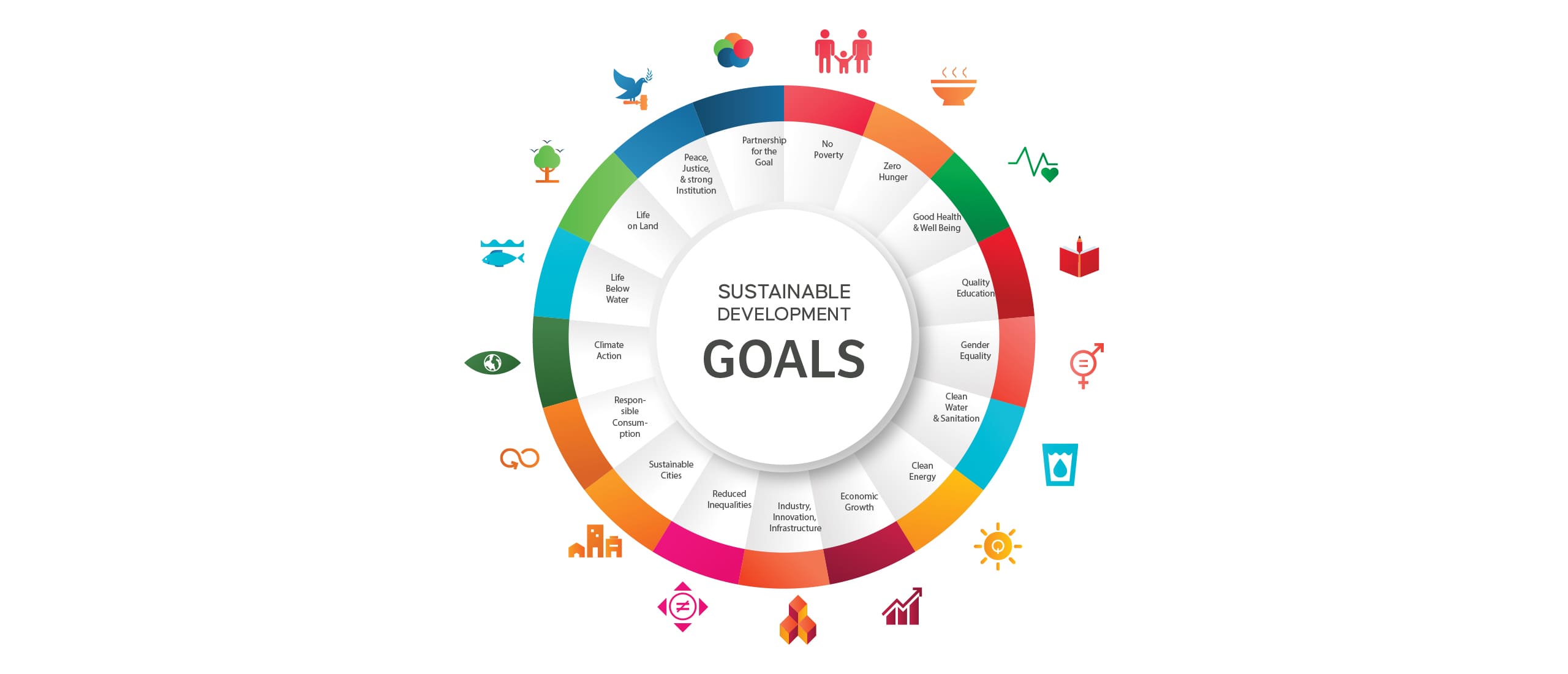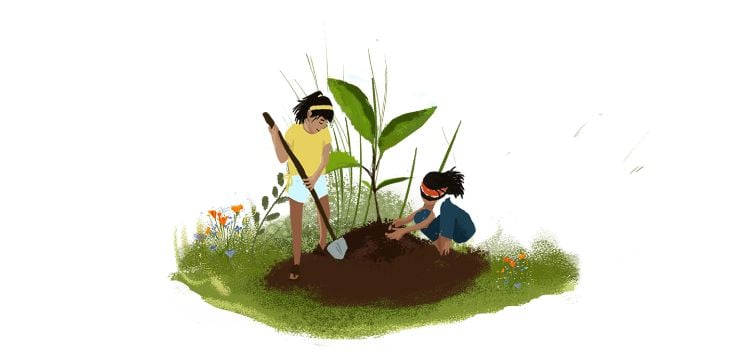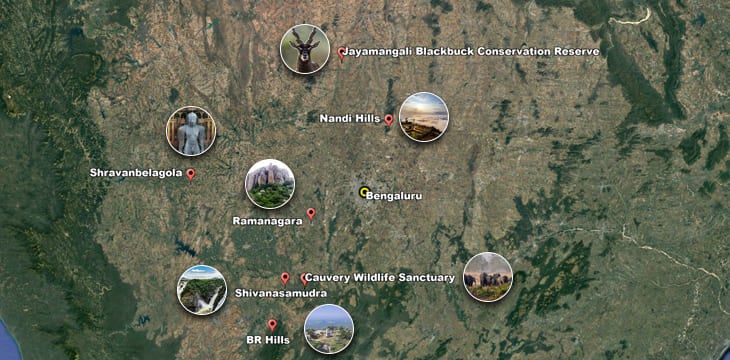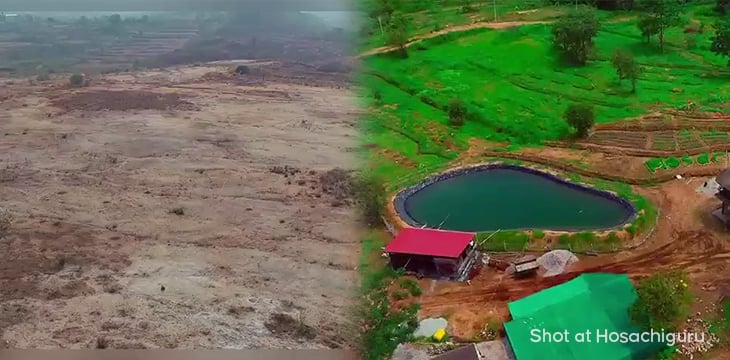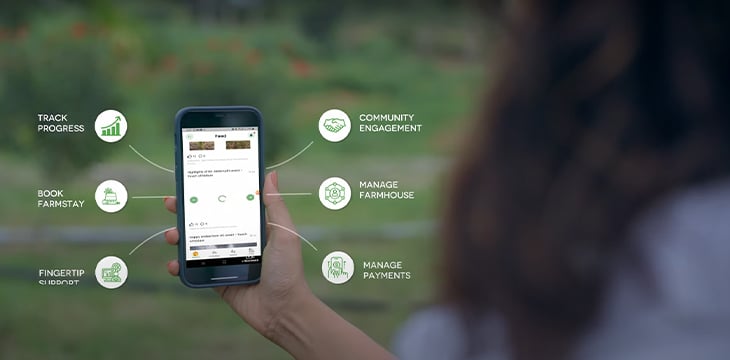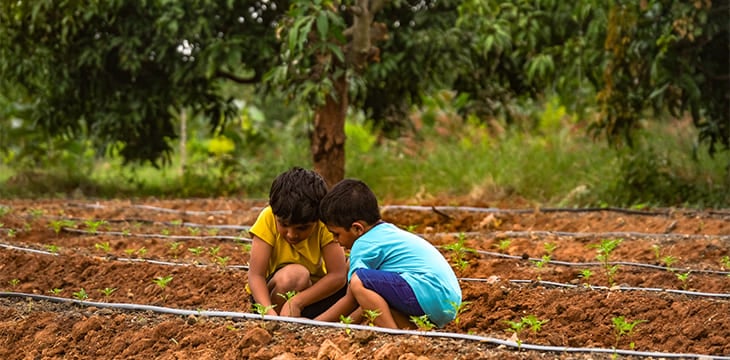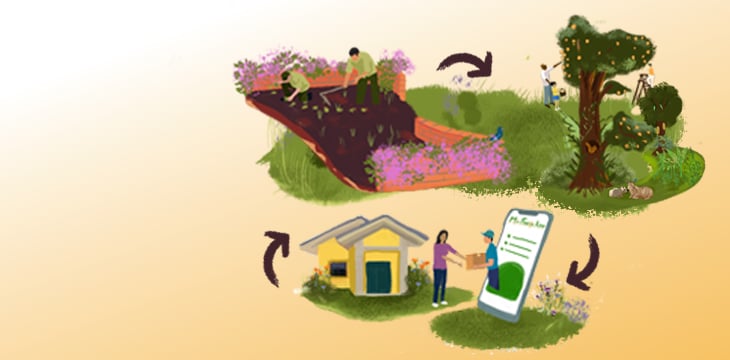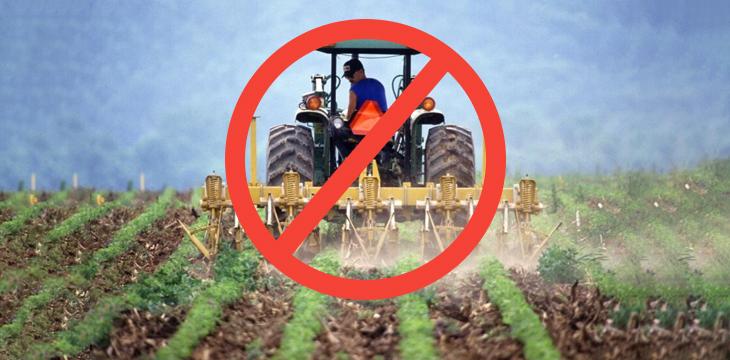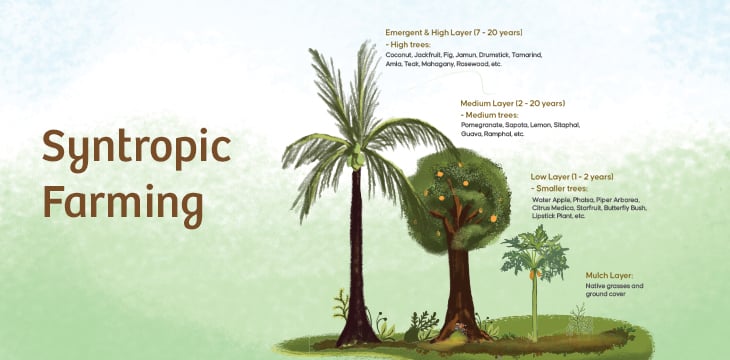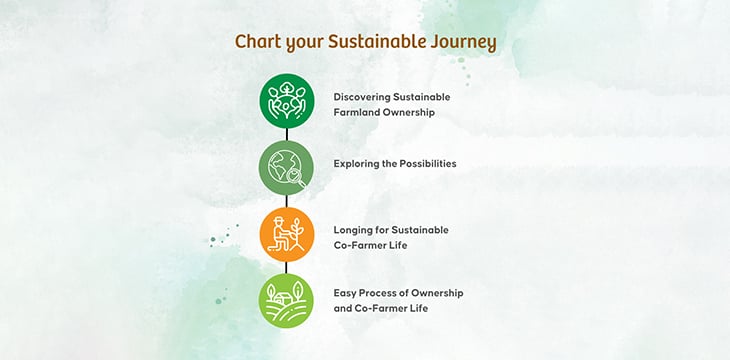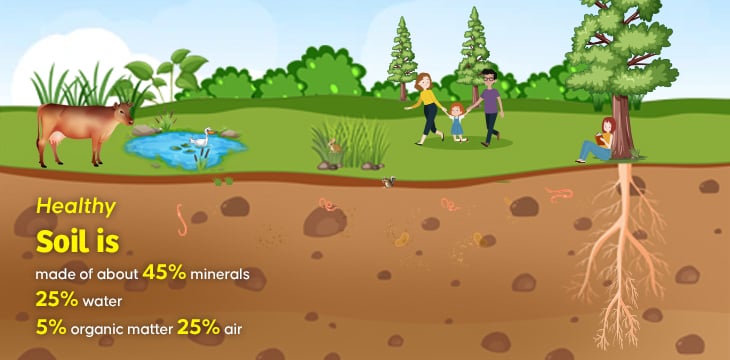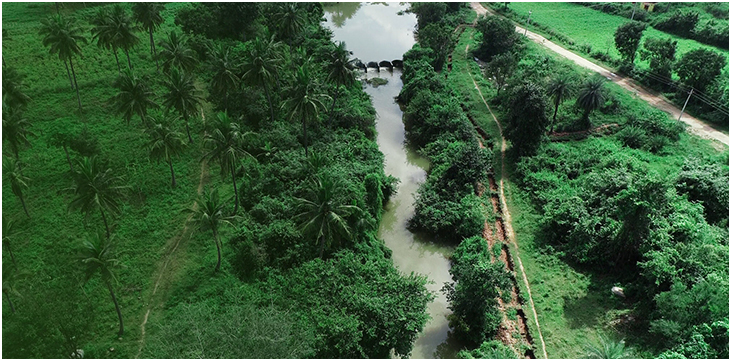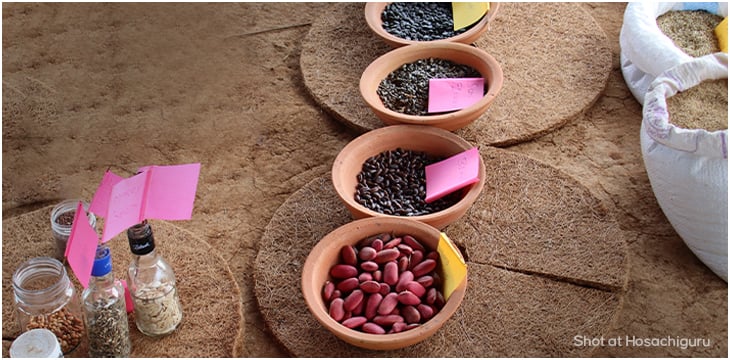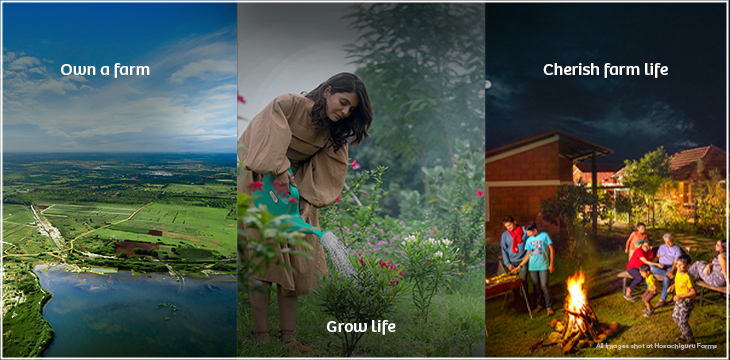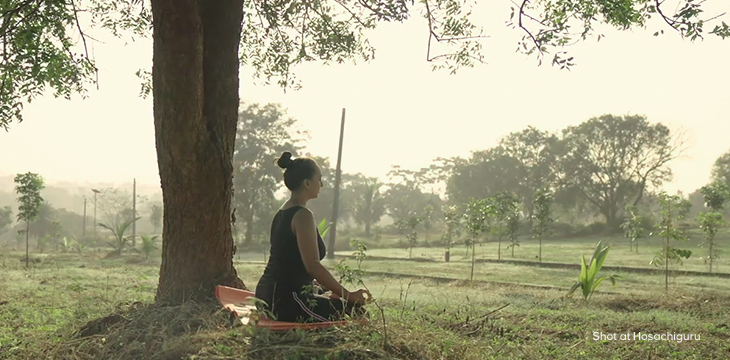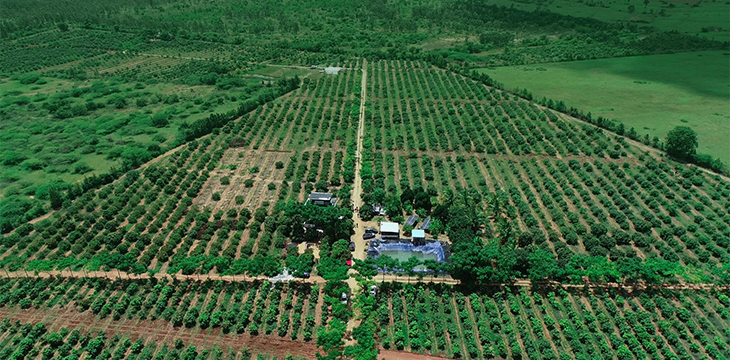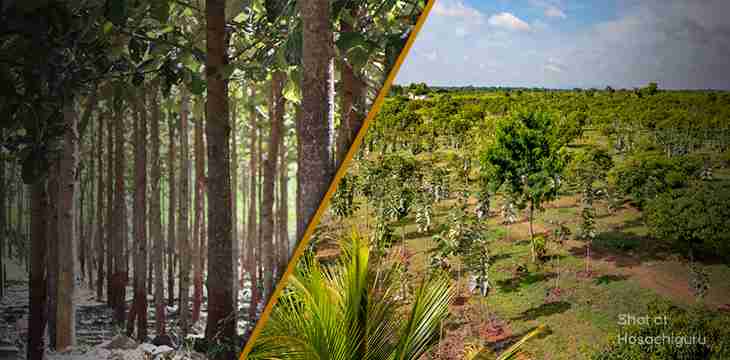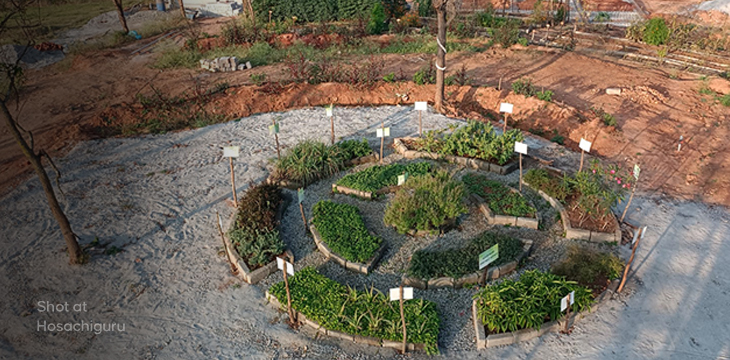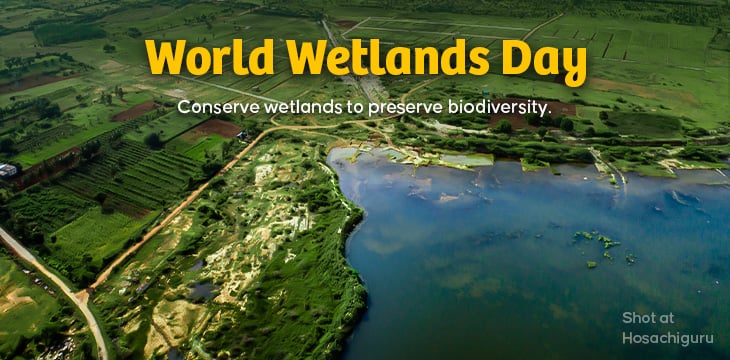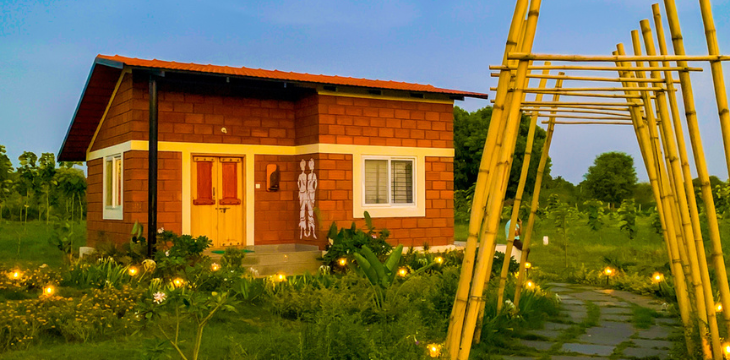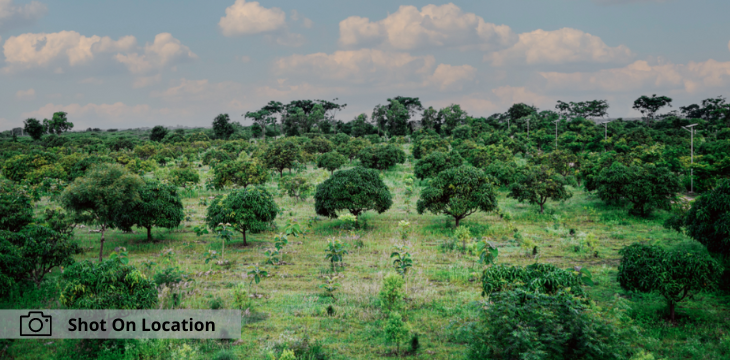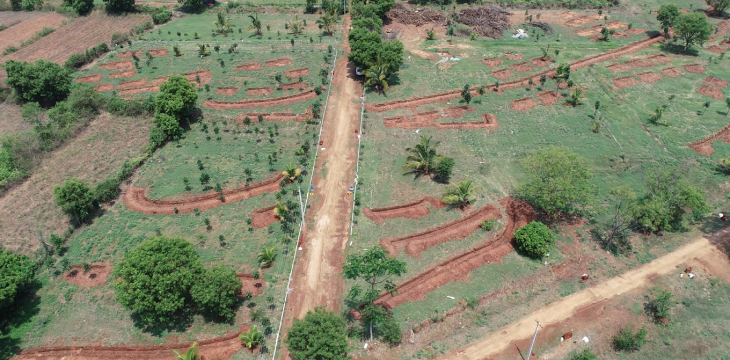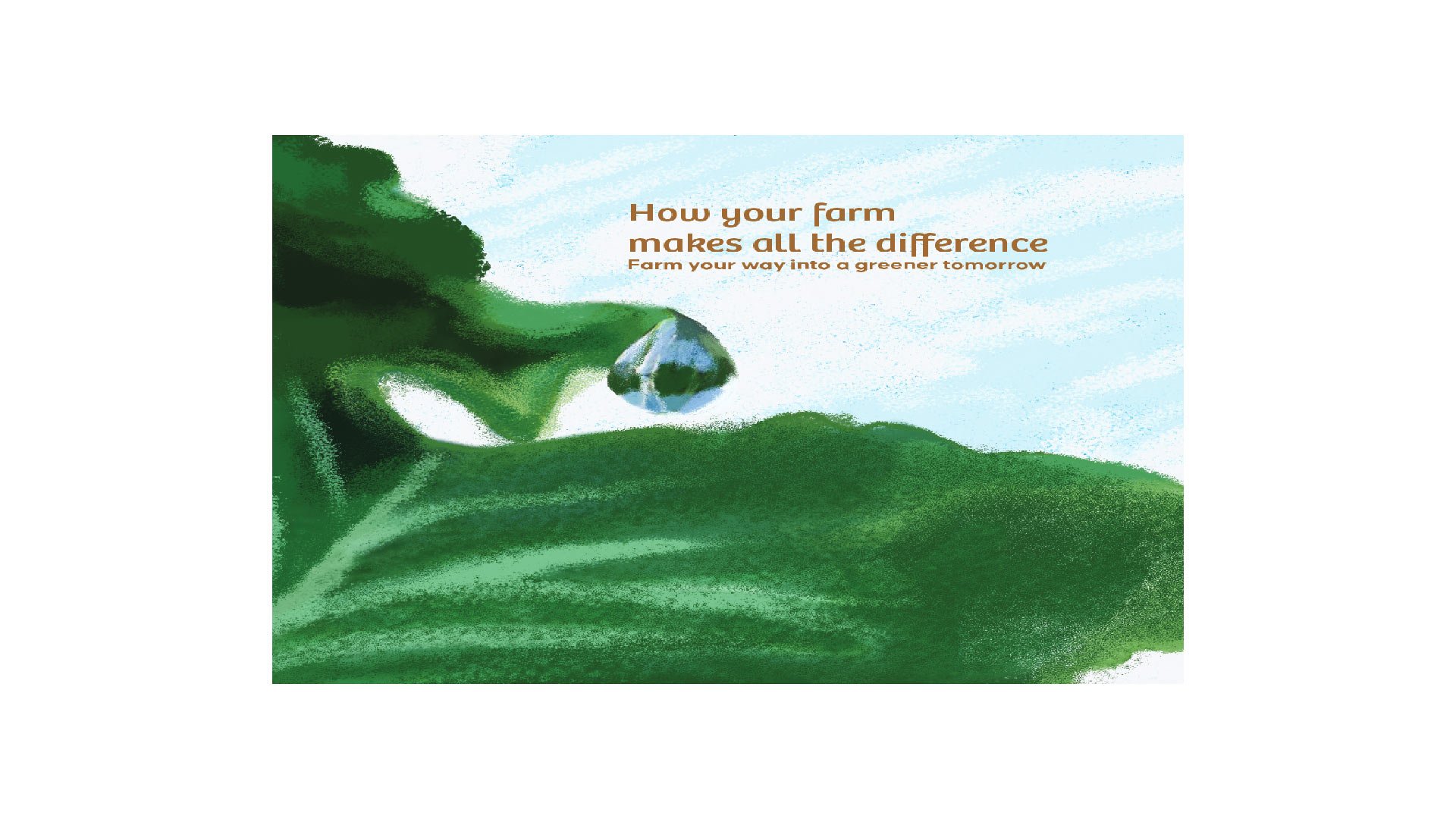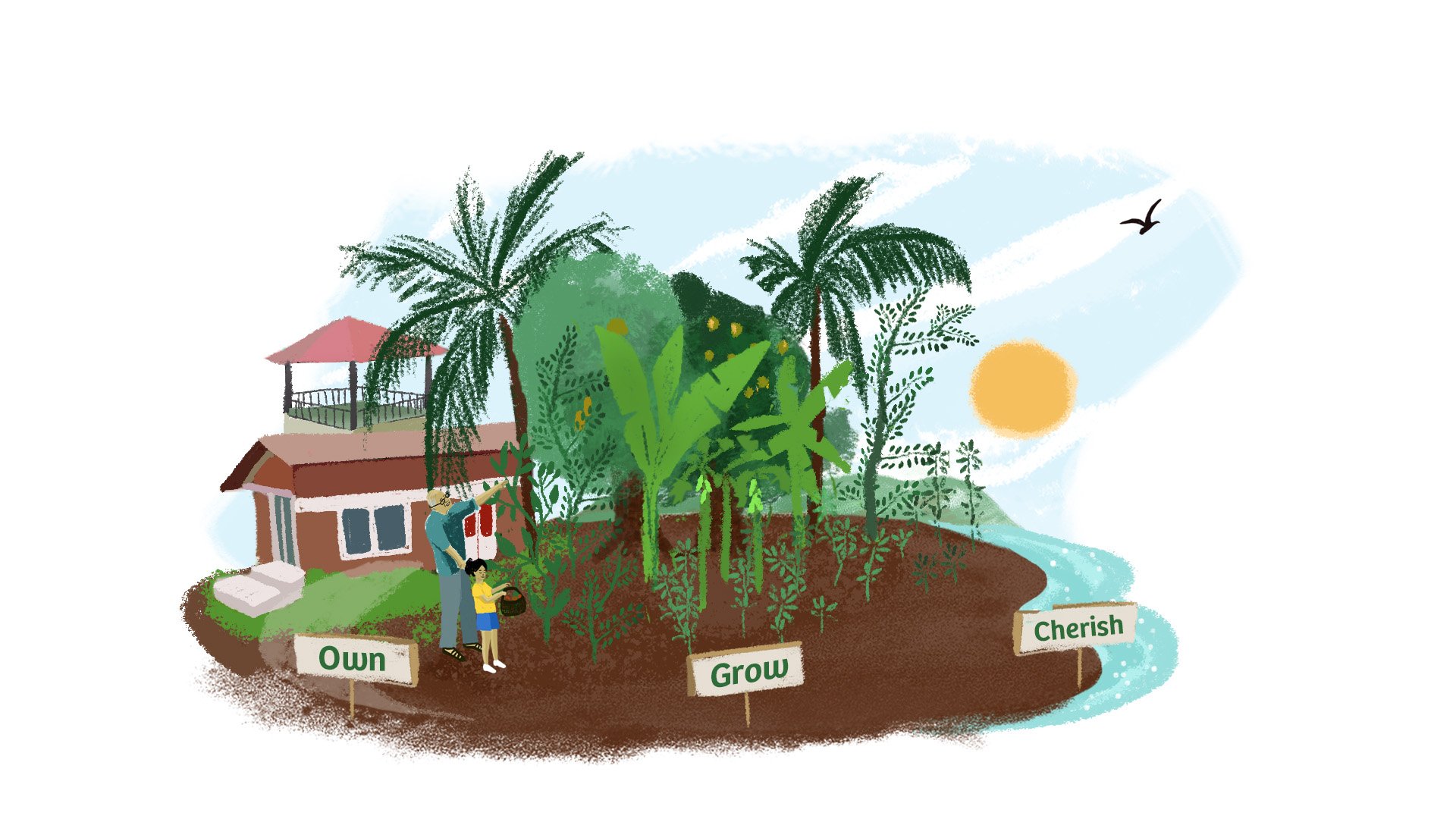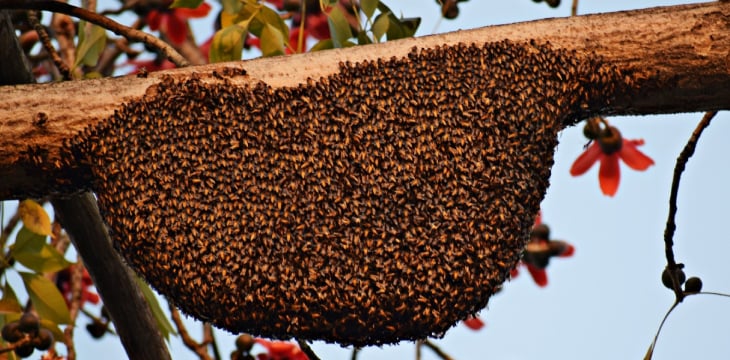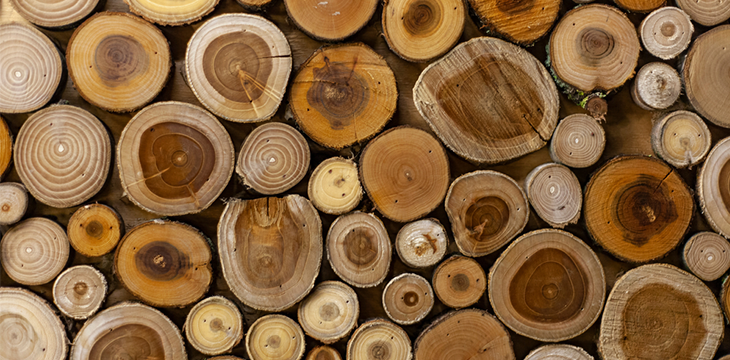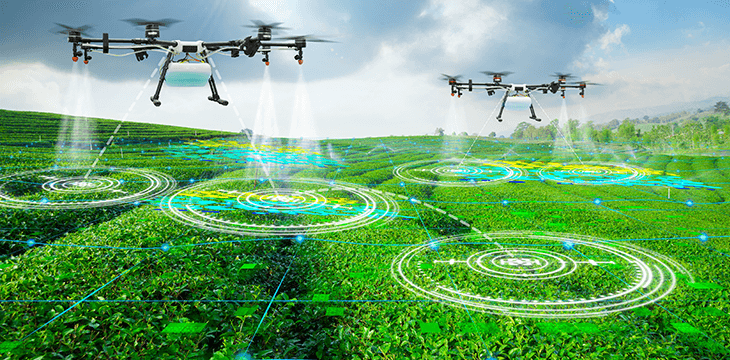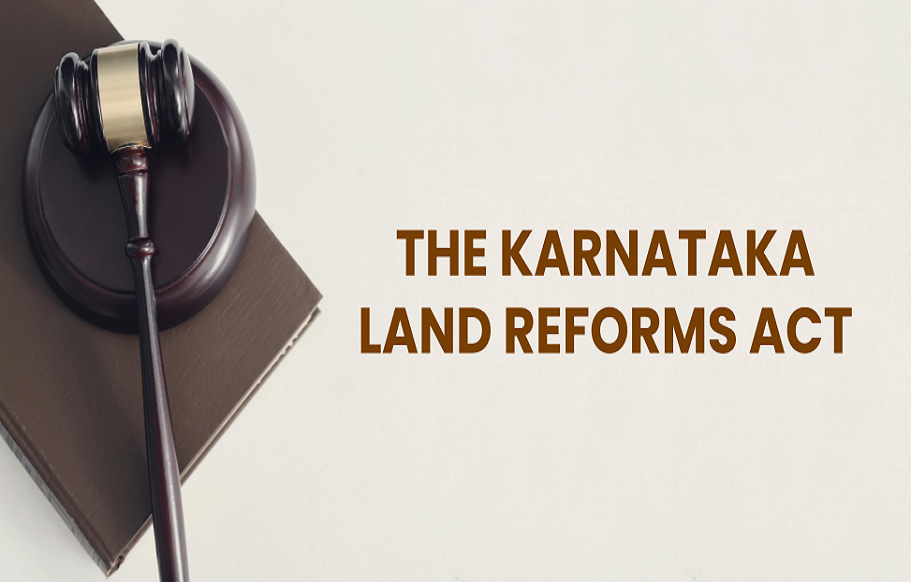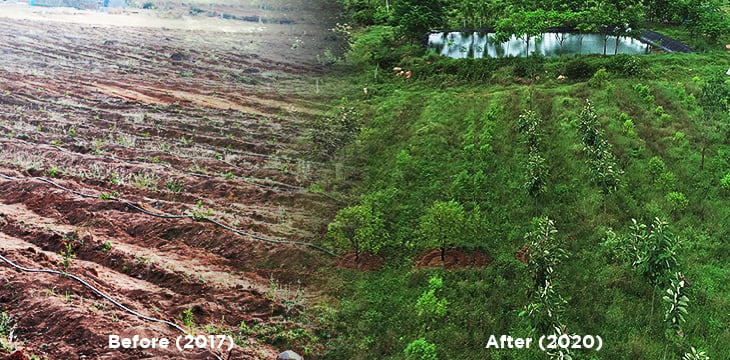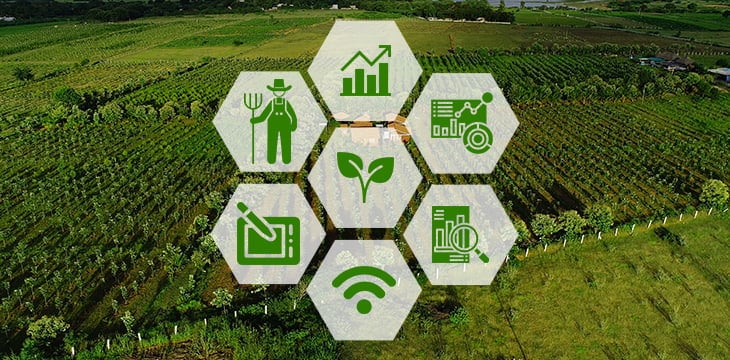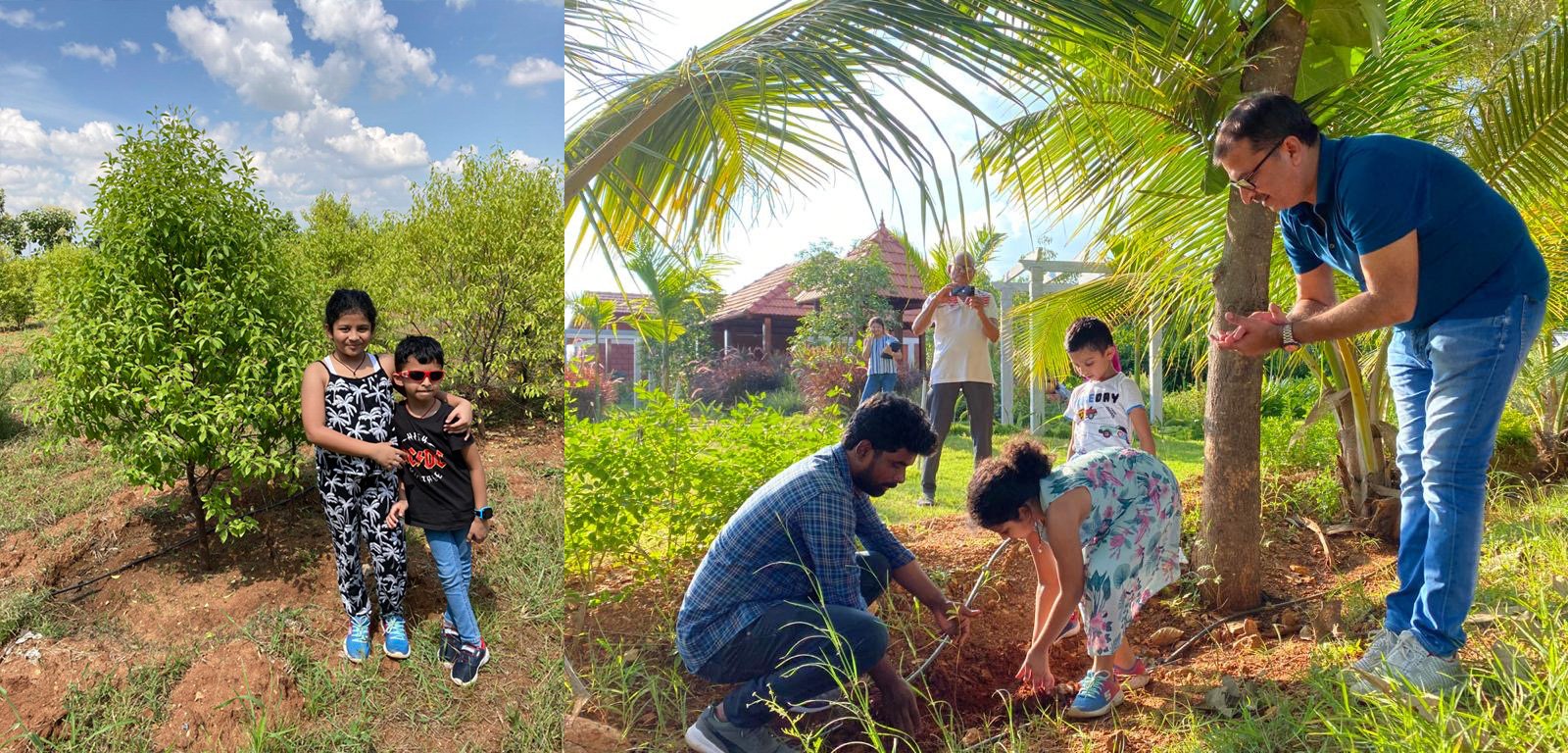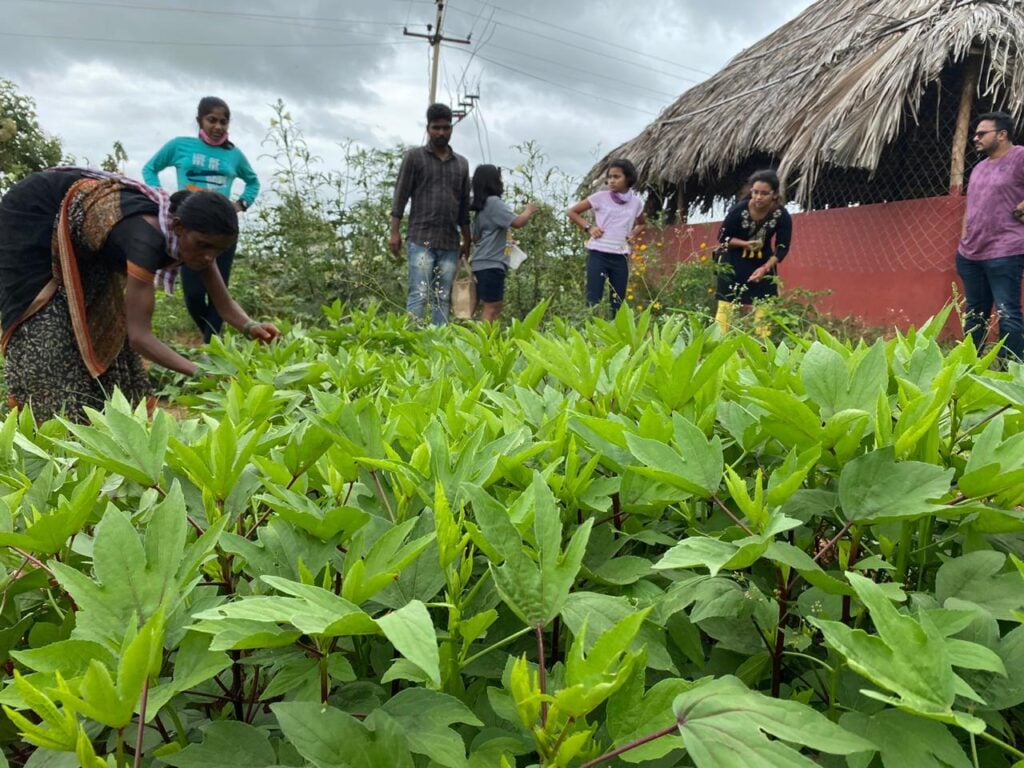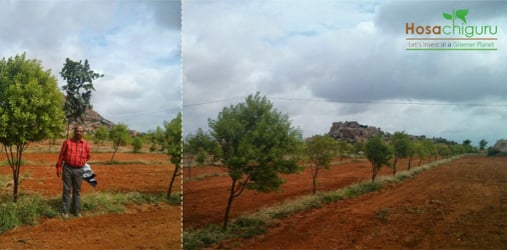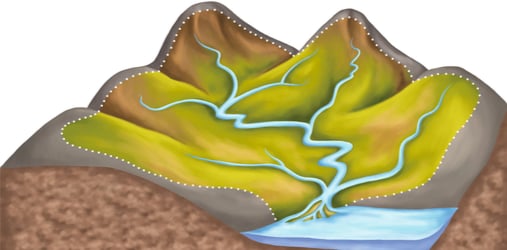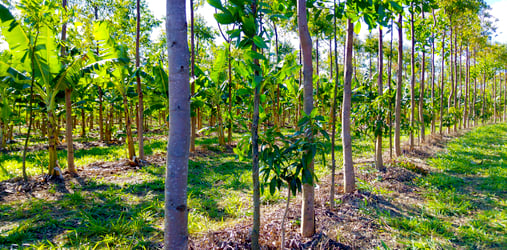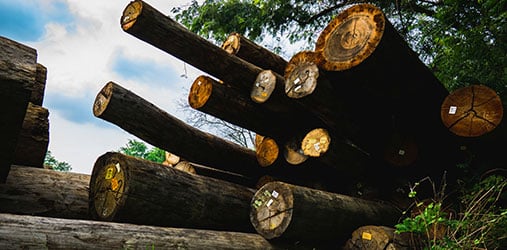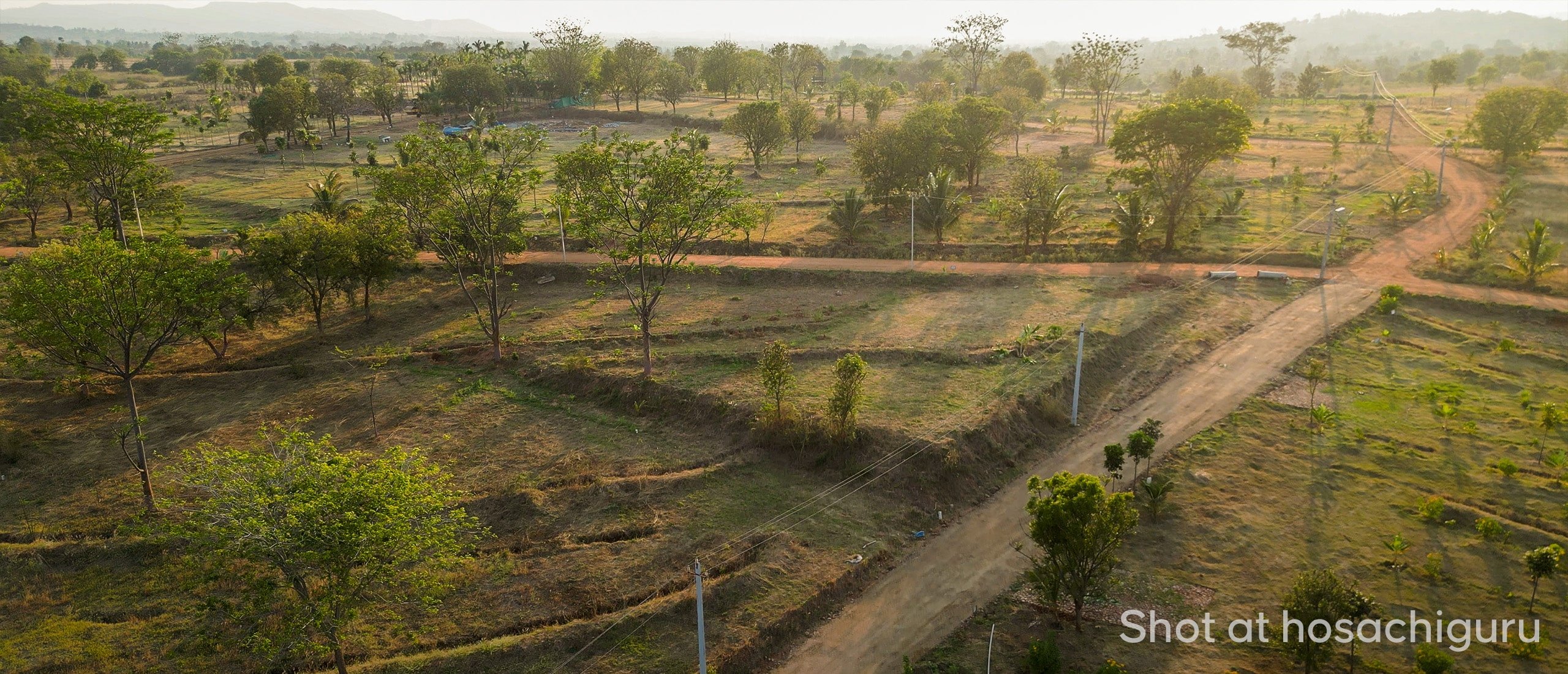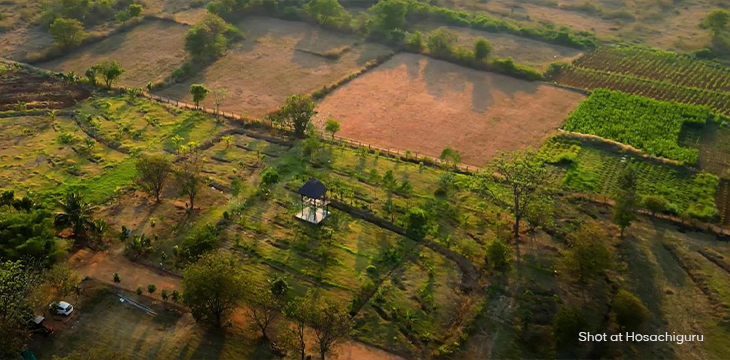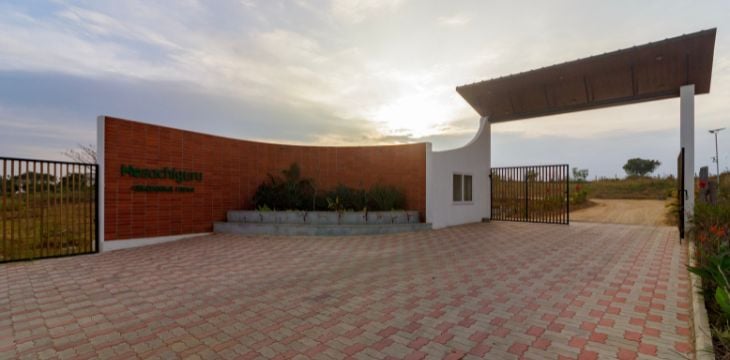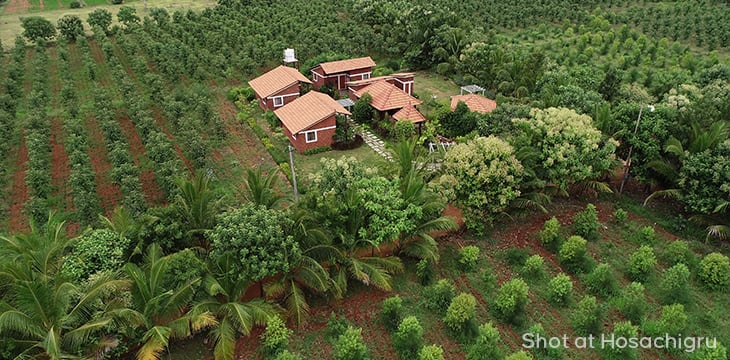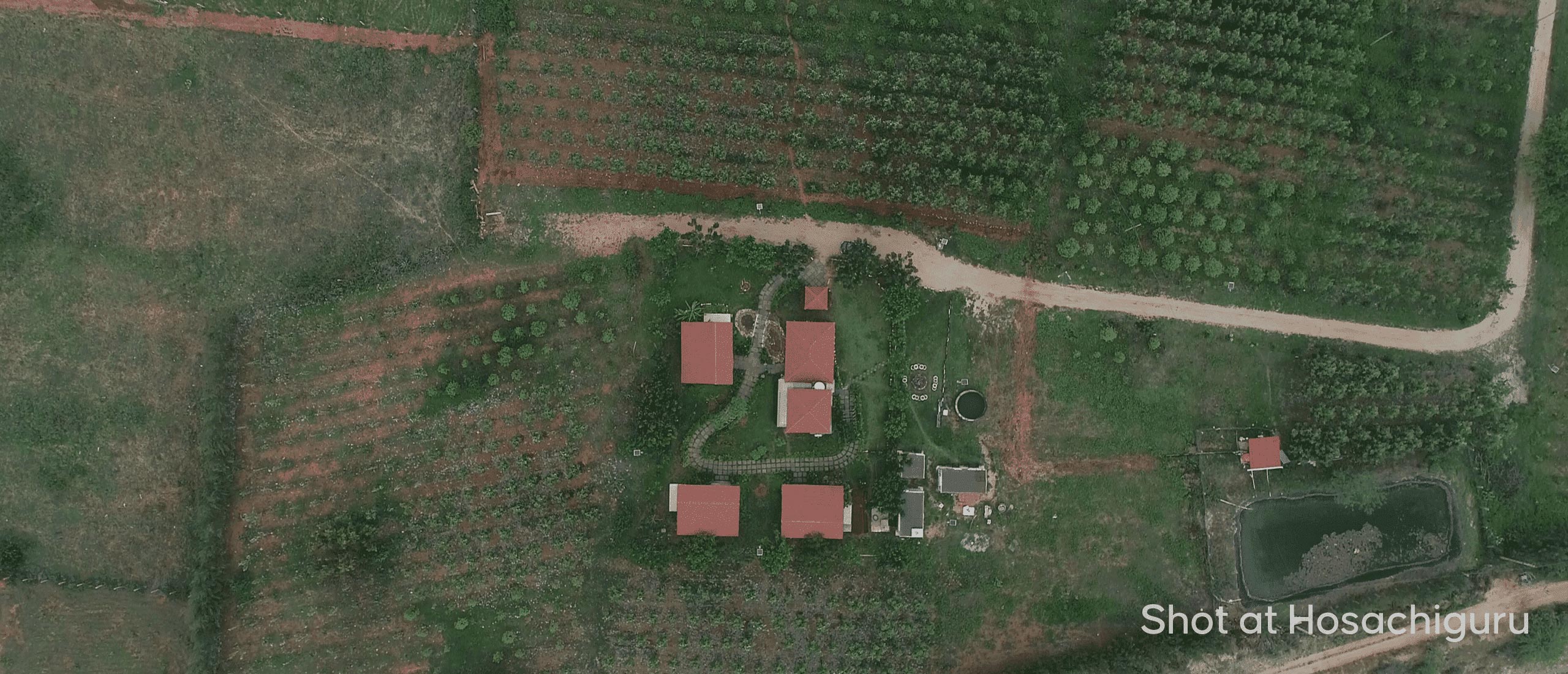June 26, 2025
Do tiny forests hold the key to urban survival?
The lungs of our city are dying.
Bengaluru, once the city of gardens and cool breezes — is now gasping for breath. April 2024 made history for all the wrong reasons: the first rainless April in over 40 years, and the second hottest day in five decades at 38.5°C. Then in May 2025, the city saw 45% excess rainfall — in an unpredictable swing from drought to potential deluge.
These aren’t isolated events. They’re a part of a new pattern. We are no longer anticipating climate extremes. We’re living them. So what’s gone wrong?
The answer isn’t one problem — it’s many. Vanishing tree cover. Unsustainable population density. Depleting groundwater. Traffic-choked streets. Fragmented ecosystems. Bengaluru’s megacity status is growing — but its livability is shrinking. Skyscrapers, metro lines, and ring roads can only go so far. What cities lack today is not infrastructure — it’s balance.
Could the answer come from a return to nature — in the form of microforests?
What Is a Microforest?
A microforest is not a park. It’s not an ornamental grove of trees meant for weekend picnics.
It’s a compact, purpose-driven ecosystem — a dense plantation of native and climate-adapted species, usually grown using regenerative practices like the Miyawaki method. It’s designed to:
- Cool the immediate microclimate
- Rejuvenate soil and increase water retention
- Promote biodiversity and habitat creation
- Act as a carbon sink
- Provide green spaces for human health and emotional wellbeing
Think of it as nature’s answer to our man-made crisis: climate-resilient, community-driven, and environmentally intelligent.
At Hosachiguru managed farmlands, we’ve gone one step further. We’ve integrated these microforests into our managed farmlands — located just 45 to 60 minutes from Bengaluru International Airport. These are not passive green spaces. They are active, living solutions designed to address the very problems cities like Bengaluru face today.
Microforests vs Megacity Problems: Rooted Solutions for Urban Collapse
Let’s unpack how microforests directly respond to modern urban challenges — not in theory, but in real, measurable ways.
- Urban Heat & Disappearing Green Spaces
The Problem:
Urban heat islands are rising. Concrete radiates heat, and with every tree cut, Bengaluru loses a piece of its natural cooling system.
The Microforest Solution:
A single microforest can reduce surrounding temperatures by 2–3°C. In managed farmlands, we use climate-ready species chosen for their resilience and cooling potential. Over time, the area around the forest becomes noticeably cooler, improving comfort, reducing air conditioning needs, and creating a more stable local climate.
- Water Crisis & Ground Depletion
The Problem:
Bengaluru’s residents are now paying steep prices for tanker water. Groundwater tables are plummeting, while erratic rainfall leaves the city either parched or flooded.
The Microforest Solution:
Every microforest at Hosachiguru is designed with rainwater harvesting and moisture-retentive soil layers. This ensures that water doesn’t run off the land it sinks in, reaching plant roots and slowly recharging groundwater.
More importantly, it re-educates. Co-farmers at our projects witness how rain becomes restoration — a shift from water stress to water stewardship.
- Food Insecurity in Urban Clusters
The Problem:
In a hyper-urbanized world, our food chains are fragile — vulnerable to logistics failures, climate disruptions, and overdependence on chemical-laced produce.
The Microforest Solution:
Microforests thrive within expansive, regeneratively managed farmlands where food is cultivated organically, locally, and in harmony with the seasons.
As a co-farmer, you’re not just surrounded by trees. You’re part of a living food ecosystem — where what you grow, you eat. This model helps reduce carbon food miles and improves nutritional self-reliance.
- Emotional Burnout & Community Disconnect
The Problem:
We are clustering in cities for survival — jobs, education, healthcare. But this clustering has created isolation, burnout, and mental fatigue.
The Microforest Solution:
Nature heals. Studies show that even short-term exposure to dense green cover can reduce cortisol (stress hormone) levels and enhance emotional regulation.
At Hosachiguru, microforests are co-created with our community. Co-farmers participate in planting, nurturing, and maintaining these spaces. The result? Deep-rooted connection — with the land, with each other, and with oneself.
- Climate Change & Carbon Emissions
The Problem:
Urban lifestyles are emission-heavy and low in carbon sequestration. Climate change is not a distant threat — it’s here, now, and accelerating.
The Microforest Solution:
Microforests are powerful carbon sinks. By increasing biomass and improving soil organic carbon, they pull CO₂ from the atmosphere and store it in living systems. This is supported by regenerative agriculture techniques, minimal soil disturbance, and native tree plantations — all of which enhance the land’s ability to draw down emissions.
What Makes Hosachiguru’s Microforests Unique?
Let’s be clear — we’re not planting for vanity. We’re planting for vitality.
Our microforests are built on principles of:
- Community Engagement: Every co-farmer is invited to take part in planting, learning, and caring for their forest.
- Biodiversity-Driven Design: We select native and adaptive species that support pollinators, birds, and soil health.
- Water-Wise Thinking: Each microforest integrates water harvesting systems and regenerative soil design.
- Accessibility: Located just over an hour from Bengaluru International Airport, our farms are not distant dreams — they’re weekly realities.
The Real Choice: Concrete Clusters or Living Landscapes?
We’re not living on top of each other in megacities because we want to, but because we’ve been left with little choice. Jobs, schools, hospitals, and infrastructure have all gravitated to urban clusters. But in chasing opportunity, we’ve traded away the essentials: Clean air. Fresh food. Safe water. Emotional wellness.
This is not sustainable.
Microforests offer a way back — not backward, but inward. Back to nature. Back to food. Back to community. Back to self.
We’re not saying everyone should abandon the city. But we are saying this: You can have both. You can live in the city and still have a piece of land that works for you — feeding you, healing you, regenerating the planet in your name.
Ready to Co-Create Your Forest?
We believe that the future isn’t just smart. It’s slow, green, and rooted. Microforests aren’t the final answer — but they are a meaningful start. A way to push back against the tide of climate anxiety with grounded action. A way to reclaim agency in a world spiraling into environmental uncertainty. Become a co-farmer with Hosachiguru managed farmlands and restore your connection with land, water, and life.
Breathe deeper, live greener—plant your legacy with Hosachiguru.
